The sky is the limit for new Search and Rescue helicopter swimmer
Sunday, July 7, 2024



Sunday, July 7, 2024


AS a parent, Camille Faria is very happy to be a beneficiary of the government’s “Because We Care” cash grant of $45,000 on behalf of her son, Daniel. The six-year-old boy is one of Faria’s six children, and is the only school-aged child she has, as her other children are grown.
The 42-year-old told the Pepperpot Magazine that she has also received cash grants in the past for her other children’s educational needs while they were at school.
Faria said that part of the
cash grant of $45,000 was used to purchase a tablet for her son, Daniel Faria, 6, who was in dire need of one and previously used her cellphone to do homework and research. The remainder was used to buy Daniel much-needed clothes and footwear. Today, he is very happy to have his tablet, which will be fully utilised for educational purposes.
Faria related that three of her children, ages 23, 16, and 13, all reside overseas, while her 21-year-old lives on his own right here in Guyana, and another child,
who is four years old, lives with his father locally as well.
She explained that she already bought a schoolbag and stationery for her son, and will secure his school uniform as time progresses.
“Schools will be reopened in the first week of September, so my son will be home for the August holidays. From past experiences, he will be eating more than usual, so he will outgrow his uniform. The best thing to do is buy the school uniform just before school re-opens so it will

fit him perfectly to avoid any issues,” she said.
Daniel will be celebrating his seventh birth anniversa-
201,281 public and private school students benefitted from the initiative, which saw
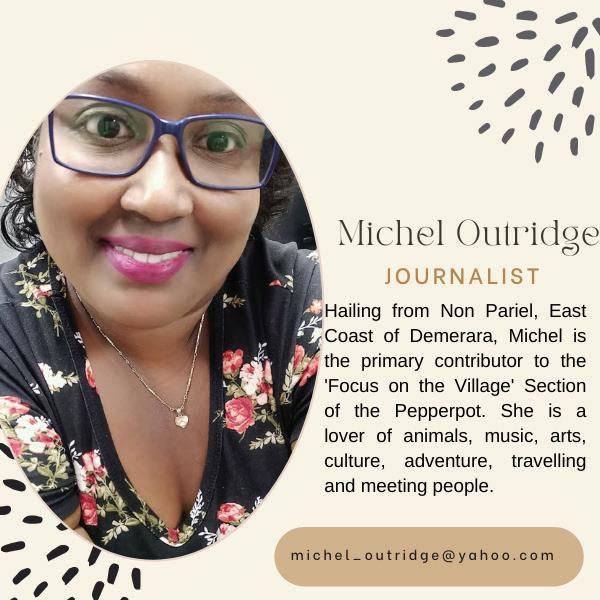
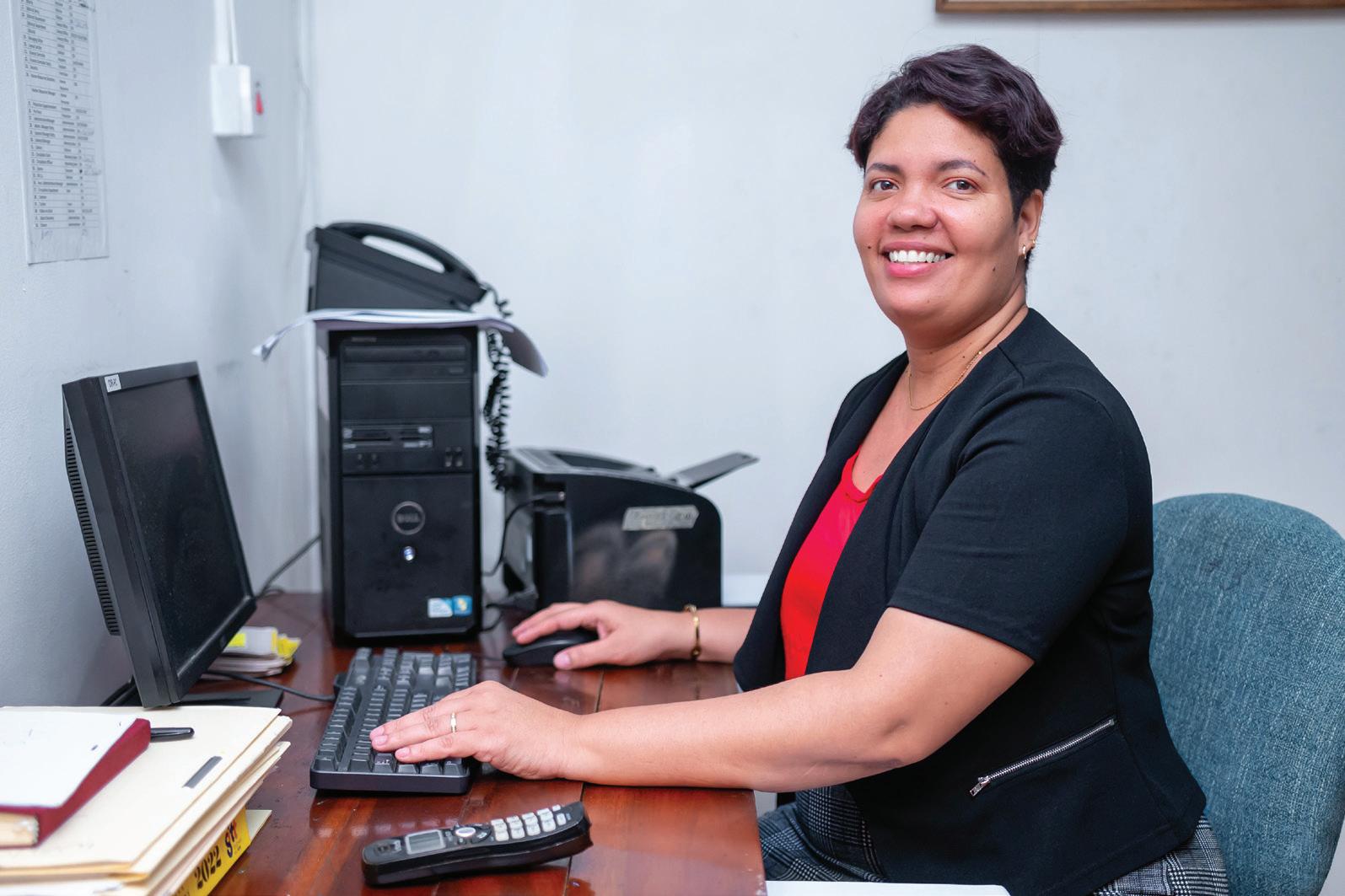
ry next month, and is also looking forward to returning to school in a new outfit for the new school term in September. Faria related that the money has helped a lot, as her son can do his schoolwork via his tablet without any hindrance because her cellphone is a business phone. Faria has side jobs as a waitress/server, massage therapist and cleaner on weekends, and during the week, she has a full-time job in the public sector.
The government embarked on a countrywide distribution of the ‘Because We Care’ cash grant and uniform voucher on June 24, with over 205,000 public and private school learners receiving $45,000 each.
This year, the ‘Because We Care’ cash grant has been increased to $40,000, coupled with the $5,000 uniform allowance, collectively placing over $9 billion into the pockets of many parents.
Those receiving the financial support must be enrolled in a public or private school, have a good attendance record, and return all textbooks.
Last year, a total of
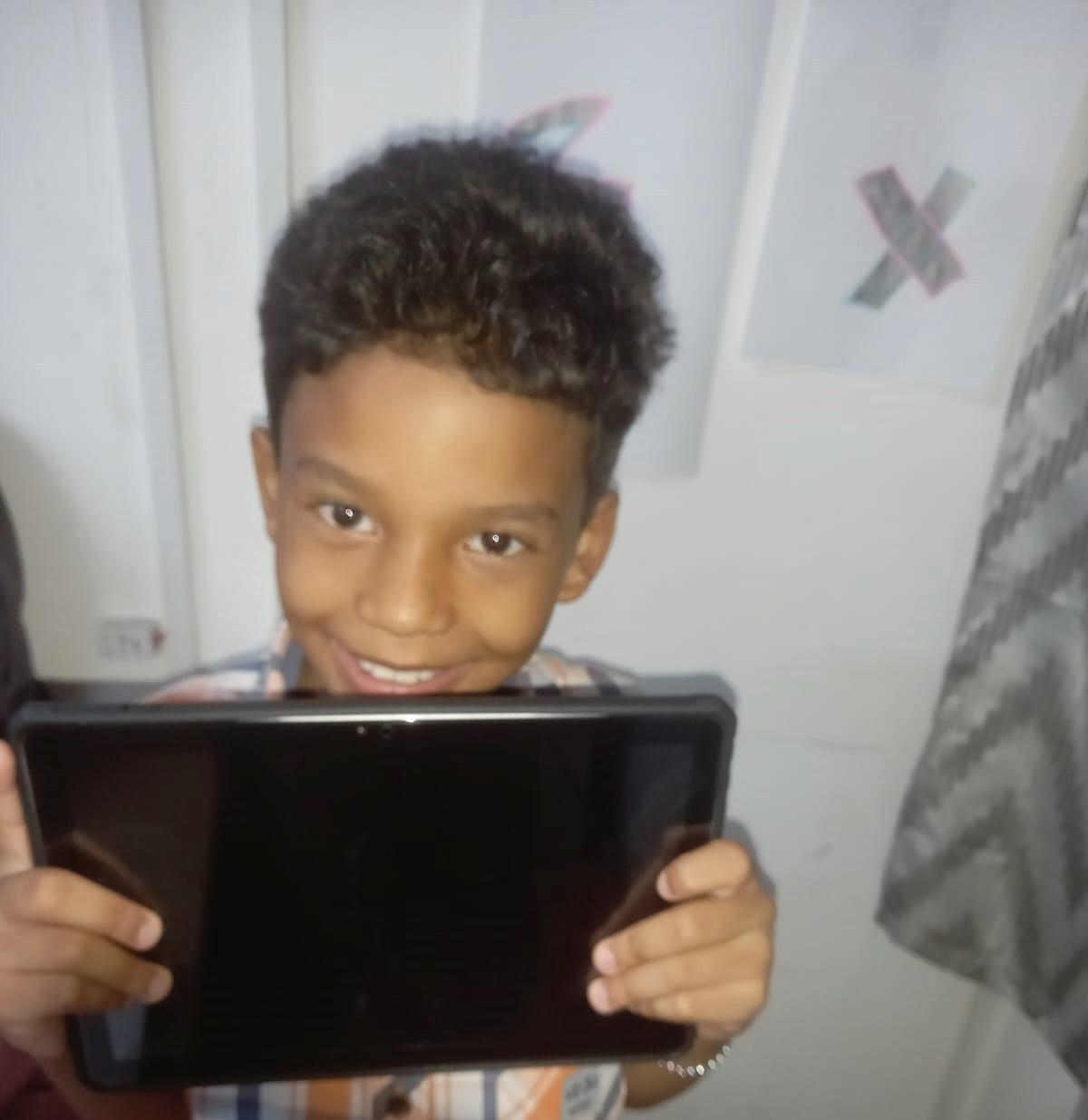
some $8.1 billion being expended.
The undertaking fits into the People’s Progressive Party/Civic (PPP/C) government’s promise to support families financially, improve attendance, and promote better attentiveness at school.
The “Because We Care” project started in 2014 under
the PPP/C Government, and saw parents receiving cash grants of $10,000 per child in the public school system. Moreover, while the grant initially catered only for public school learners, the government went on to extend it to private school ones, thereby benefitting an additional 17,000 children.

By Shaniya Harding
THE rush of water, the pressure of holding one’s breath, and the intense focus required are just a few elements that make swimming the competitive sport it is. This year, the 2024 Paris Olympics will see Guyanese-raised Raekwon Noel take to La Seine, arguably one of the French city’s most famous rivers, where most of the aquatic events are being held this time around.
At just 18 years old, Raekwon has spent 15 formative years in Guyana, where he developed his passion for swimming. Since then, he has been making magnificent
that.”
Currently attending the University of Indiana, and living in New Jersey with his dad, Raekwon is always on the lookout for better, bigger opportunities in his field. “I just look for better opportunities. I knew that I had a lot left in my career, and I needed to move here to see better improvement,” he said.
However, Guyana has left an indelible mark on Reakwon. He stated, “The Guyanese schooling system is a little bit higher than the American one. And, swimming-wise, it was also easy because of the discipline. Guyana really moulds you into someone who can reach another level.”
going to this Olympics to get as much experience as possible. Going to an Olympics as a teenager is not necessarily the easiest thing in the world; to go there is a privilege and an honour. I’m just excited to see what we do there; I’m excited to race.”
His mom, Raekwon says, is his best friend; his biggest supporter, and one of his greatest inspirations. “My mom is my best friend. I call her every night, because she still lives in Guyana. I live here with my dad; we call every day. She’s really special to me. She’s really important in my swimming career also.”
This is why Raekwon would like to have his mom

strides in his field. As he prepares for the Olympics, Raekwon says one thing could make the experience better: Having his mom by his side.
Most of Reakwon’s childhood was spent in Guyana, a time he credits as being deeply impactful. “I had a lot of fun during my time there,” he reminisced. “I knew, growing up, that I would eventually have to move because I was born here in the US. It was really special to me at the time,” he told ‘the Pepperpot’ via telephone.
He moved back to the United States a few years ago amidst the pandemic. Although a tough decision, it was made to help develop the passion swimming had sparked in him. “During ‘COVID’, there weren’t any pools open, so we couldn’t really get access to pools to be able to swim and stuff like
Furthermore, Raekwon says his self-discipline was developed and nurtured during his years in Guyana.
“I took all my discipline and all my rules of life that I learned in Guyana and applied them here, and it was really easy to adapt,” he said.
Throughout the last three years, Reakwon’s talent has reached new heights. As he explained, “To move from going a certain time in the 100-meter butterfly, I think when I left Guyana, it was probably like a 104. Now I’m at a 55. That’s an entire nine-second drop, which is really big in three years or so.”
Raekwon says that he will be attending the Olympics is still sinking in. “People still text me about it on a day-today basis. It’s a lot, currently, but I’m just having fun with it right now,” said, adding: “I’m
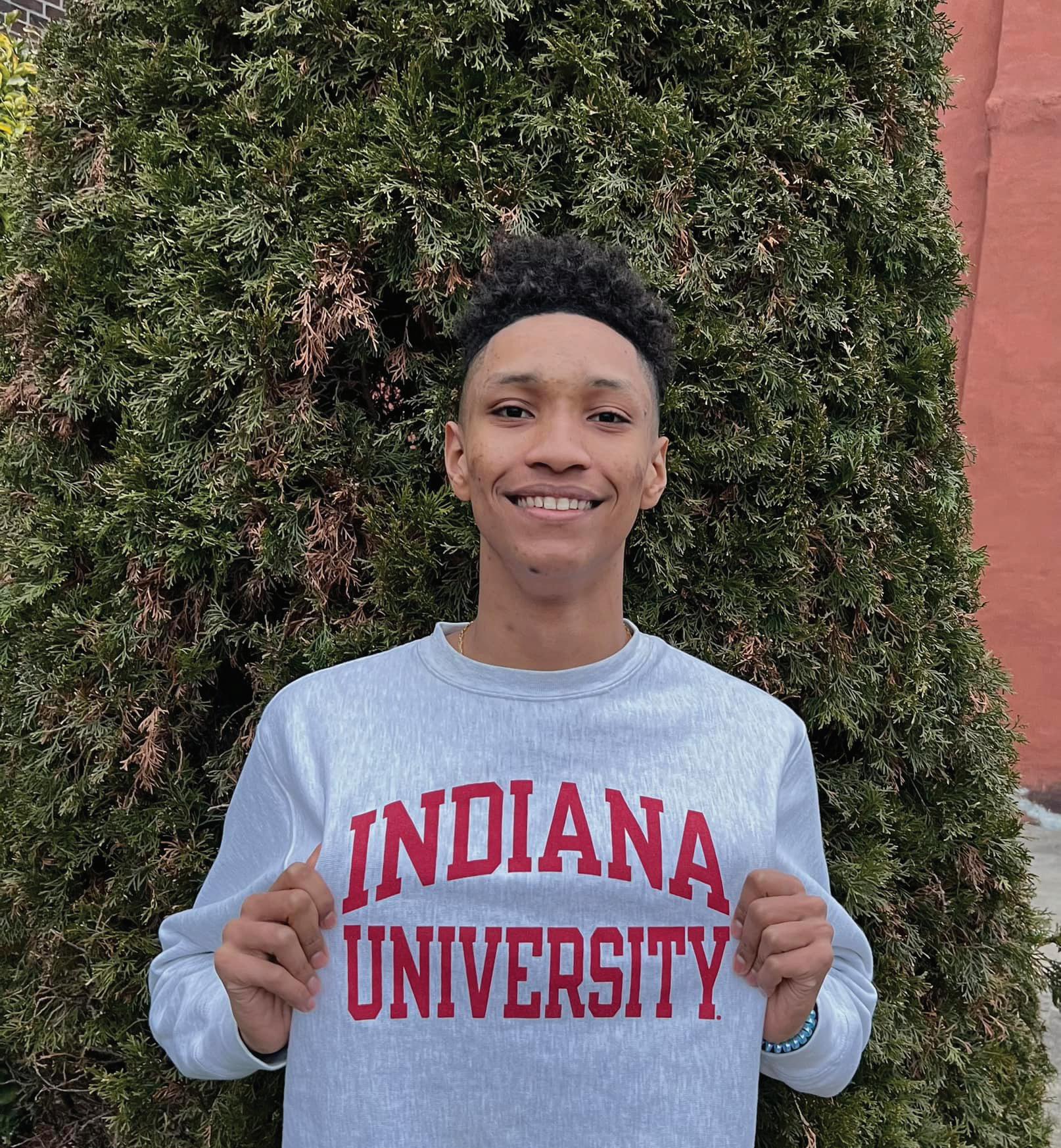
part of my swimming journey since I was four. To have her there at the biggest stage in the world is really important to me.”
with him at the Olympics.
“It’s really important to me that she’s there at the Olympics with me. She’s been a
The family has launched a GoFundMe to help Reakwon’s mother make it to Paris. His mother, Ushaka, lives at Diamond, East Bank Demerara, here in Guyana, and is just as enthusiastic to go to the Olympics as Raekwon is to have her there. “We have a GoFundMe that anyone can
donate to. It’s helpushakaattendtheparisolympicgames,” he stated.
Looking back, Raekwon says he will be representing the country that has taught him so much. “Although I was born in the U.S., Guyana has been a huge part of my life growing up as well.
I’ve lived there for 15 years. I look back at it, and see that I accomplished so much in Guyana, and I also learned so much from the people in Guyana.”
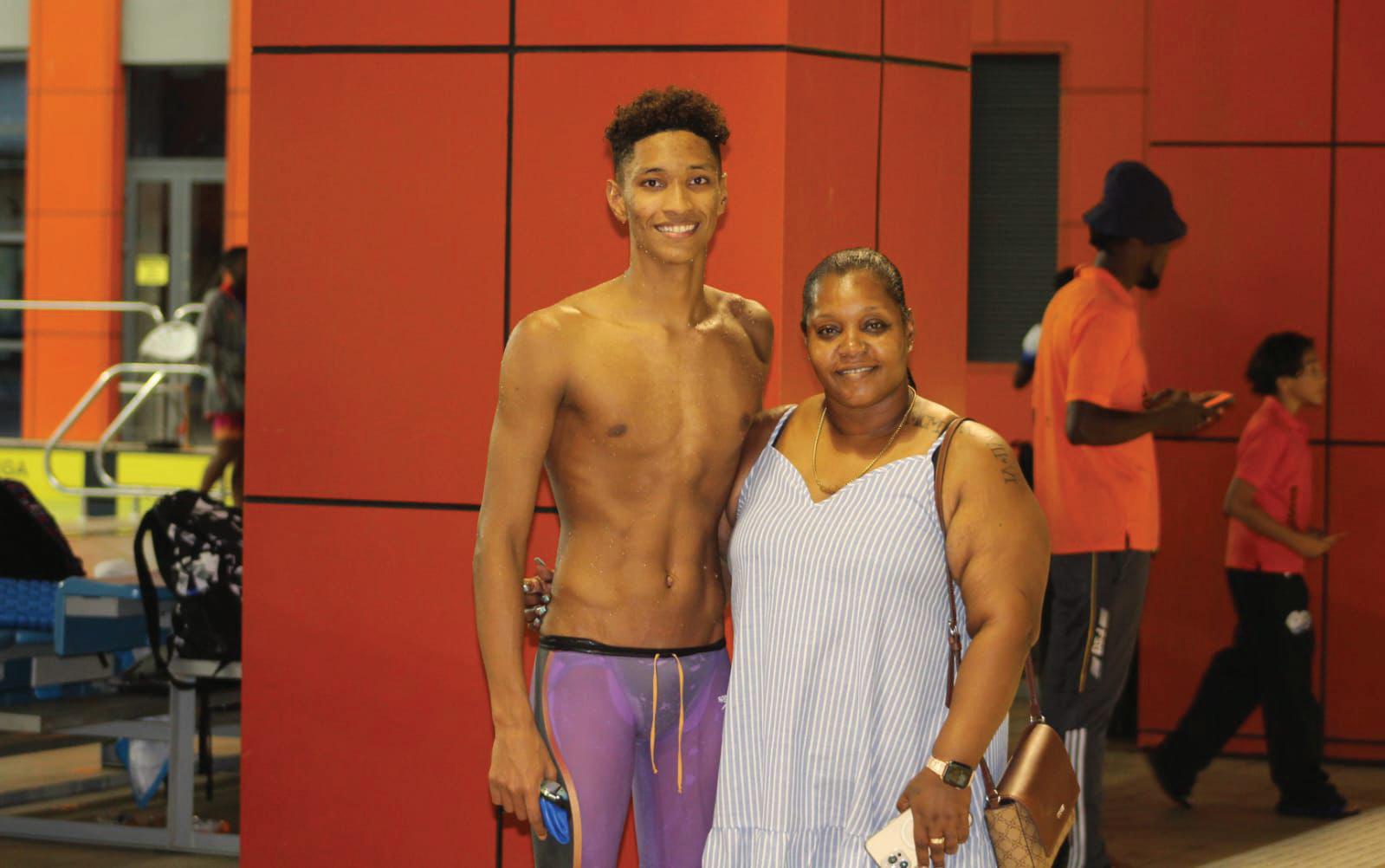
Raekwon is asking Guyanese everywhere to support his venture to send his mom to Paris. He says Guyanese are the most supportive people he knows. “Guyana has some of the most supportive people known. To be able to represent them at one of the highest levels possible, actually the highest level possible, is really special. It’s really an honor.”
“My mom is my best friend,” Raekwon says, “Having her watch me compete on the world’s biggest stage would mean everything.” As Raekwon prepares to represent two nations, he carries with him the lessons, discipline, and love instilled by his Guyanese upbringing and his mother’s guidance. With each stroke, he’ll be bridging the gap between his Guyanese roots and his American future.
Regardless of the medals he may win, Raekwon Noel has already achieved something remarkable. He has shown that with passion, perseverance, and the love of family, one can truly make a splash on the global stage.
By Michel Outridge
DANIEL Yorris wanted to challenge himself, since he likes the adrenaline rush and wants to expand on his skillset.
He started out at OHI/Omni Helicopters at the Eugene F. Correia International Airport, at Ogle, East Coast Demerara as a driver, and also for the Guyana Civil Aviation Authority (GCAA) before he willed himself to become one of Guyana’s first-ever Search and Rescue helicopter swimmers (SARS).
He told the Pepperpot Magazine that he became one of five SARS because of his family’s encouragement and support; ultimately, they are very proud of him and his accomplishments.
Yorris is originally from Sophia, Greater Georgetown, but relocated to La Parfaite Harmonie, West Bank Demerara, and was a member of the Guyana Defence Force (GDF) as a Coast Guard rank.
He always wanted to enroll in the Standard Officers Course (SOC) but was denied repeatedly after being told he was already in the army. After four years of service, he decided to part ways.
Yorris is, however, pleased with the experience he gained in the military, but he wanted more, and he quit to better equip himself for the future, since his goal of becoming a Cadet Officer was not within his reach.
The 24-year-old told the Pepperpot Magazine that with his adventurous spirit, he knew he was meant for greater things, and wanted to work towards it.
So, when the opportunity presented itself to become one of Guyana’s first SARS, he grabbed it with both hands and applied himself physically and mentally to be successful.
“Although it was a team effort, we still had to push ourselves individually to make it through to the qualifying phase and beyond. It was not easy, but it was worth it,” he said.
Yorris, a mild-mannered kind of guy, stated that he wanted to make his family proud, and he is happy he was able to accomplish and if he had to do it all over again, he would because he is not satisfied with limiting himself.
The married father of one reported that straight out of high school, he was up for the challenge of a career in the military, and he made it past the Basic Recruitment Course and was sectioned at the Coast Guard. He spent four years at the job, where he garnered a lot of knowledge.
Yorris added that after he left the army, he worked as a driver at the GCCA for one-and-a-half years, then went on to work at OHI/Omni Helicopters hangar at the Eugene F. Correia International Airport, as a driver also, for eight months.
He pointed out that he wanted more and he applied for the training course as a SAR and he had already prepared
himself to undergo extensive physical training from the pool to the icy cold waters of Nova Scotia in Canada and the humid murky waters of our rivers here in Guyana.
“Even for me, the training was unlike any other and it was tough considering the extreme weather conditions we had to endure using the basket method of helicopter search and rescue swimming, but it was a good experience to be able to see it through despite the physical and mental challenge,” he said.
Today, Yorris, a likeable fellow who can get along with almost anyone due to his friendly disposition and humble attitude, is on call for ExxonMobil to perform search-and-rescue swimming operations, via helicopter, during daylight hours.
He is among four others to become certified as Guyana’s first-ever helicopter search-andrescue swimmers.
The rigorous training programme lasted six-and-a-half months in both Guyana and Canada, and a team of five expert trainers guided the Guyanese in becoming successful.
The new helicopter search and rescue swimmers are Ishwar Parhbu, Daniel Yorris, Kevin Sawh, Curt Mendonca, and the lone female, Johnelle Ogle.
“Always believe in yourself, set goals, work towards achieving them and stay focused while being grounded in the high standards you set for yourself as a person in everything you do, be it in your personal life or career,” he said.
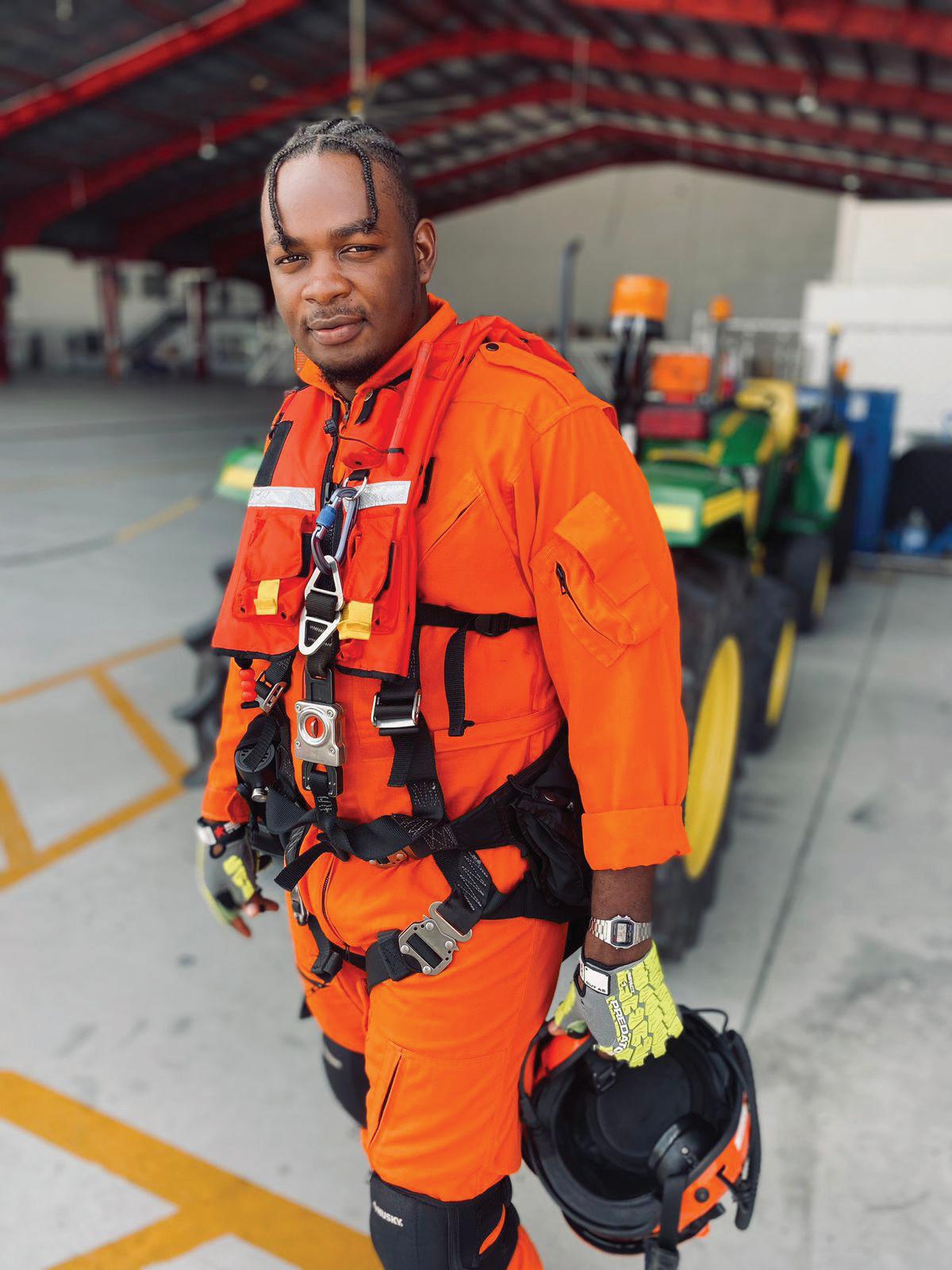

MINISTER of Labour, Hon. Joseph Hamilton recently arrived back in Guyana after an unexpected hiccup in his recent international travel itinerary. The Guyanese politician was travelling with the Panama-based COPA Airlines. Hamilton related the bad experience he suffered when he travelled with the carrier on a flight back to Guyana. I had a similar experience with COPA on May 14, 2019, while on my way from the United States to my home country, Guyana.
The COPA flight from America was via Panama, a country in Central America with a high crime rate. However, what was supposed to have been a rather short layover at the Tocumen International Airport in that country turned out to be a sort of ‘stayover’. After the flight landed in Panama, the announcement made by the COPA Public Relations Team on the Public Address System was that the plane would be on the ground for a fairly short time, which proved to be much longer than passengers expected. What was supposed to be no
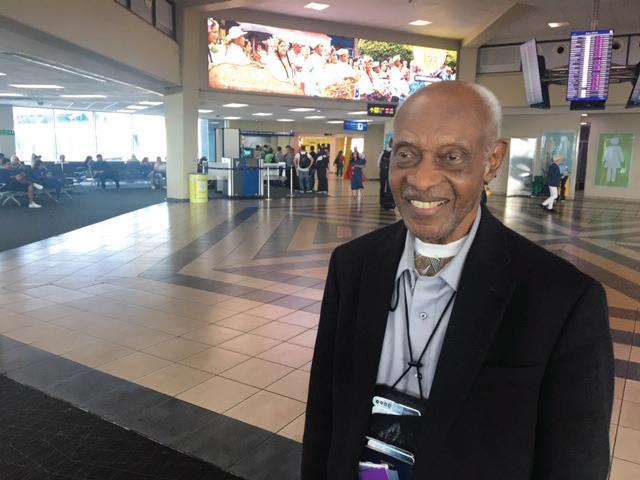
Farrier stuck at the Tocumen International Airport, Panama on May 14, 2019
longer than maybe two to three hours dragged on and on to more than six hours.
As was experienced by Joseph Hamilton, there were no professional updates by the airline regarding when the Guyana-bound passengers would be instructed to make their way to the boarding gate and get into their seats on the plane. In fact, there seemed to have been no gate for us to go through and board our onward flight to our beautiful Guyana. In both cases I am referring


to, COPA treated us like “Children of a Lesser God’, saying absolutely nothing to us as we wondered what was going on! We were simply ignored by COPA Airlines, which had already pocketed the money which we had paid for our tickets.
We felt like squatters, while hundreds of other passengers from various airlines were actively toing and froing. COPA had received our hard-earned money up-front; they were not flying us free! At the time, it was their business and moral obligation to treat us with respect as paying customers. They ought to have kept us posted, possibly on an hourly basis, on the current situation.
Then, there was advice from some of the airport workers, suggesting to us not to leave the airport terminal building and go sightseeing, because there would be a high possibility that we could have been mugged (robbed). So, there we were in a strange, Spanish-speaking country and disoriented to some degree, to say the least.
Being in an international airport where all the signs are in Spanish, and not having anyone versed in the language to help out with the Spanish-to-English translations could be difficult. While in such a predicament, the advisable thing to do is to try as best as possible and remain calm, which is easier said than done. If you are in a touring group and have a local tour guide, that can bring a measure of calmness and a feeling of security as you continue to enjoy your adventure. However, if you are on your own, it can be a rather unsettling situation. Minister Hamilton, who is now safely back in his native Guyana, has experience being in some rather tough environments, such as our Parliament, and did his fair share of dishing out, in words and deeds, the things which he felt were necessary for the development of Guyana. I have noted some of the varying comments that were dispatched to social media, both in support and concern for him during this experience, as well as some of those who expressed joy at his temporary predicament. Be that as it may, our fellow Guyanese is now back in his native Guyana, and continuing with his daily activities as a son of the soil.

By Shaniya Harding
A COZY, quiet countryside is how most people would describe the community of Bamia. A small village on the outskirts of Linden, Bamia is a growing community. As more people venture into the village,
newer and more advanced necessities are being added. Electricity, the development of a new well, and a surge of entrepreneurship are just a few of the things slated to happen in Bamia over the course of the next few years.
Seon Bakker came to the
community of Bamia more than two decades ago. At the time, the village was a small settlement of a few families. Since then, there have been changes, shifting trends, and new impactful developments for the next generation. Over the last 20 years, however, Seon says the community
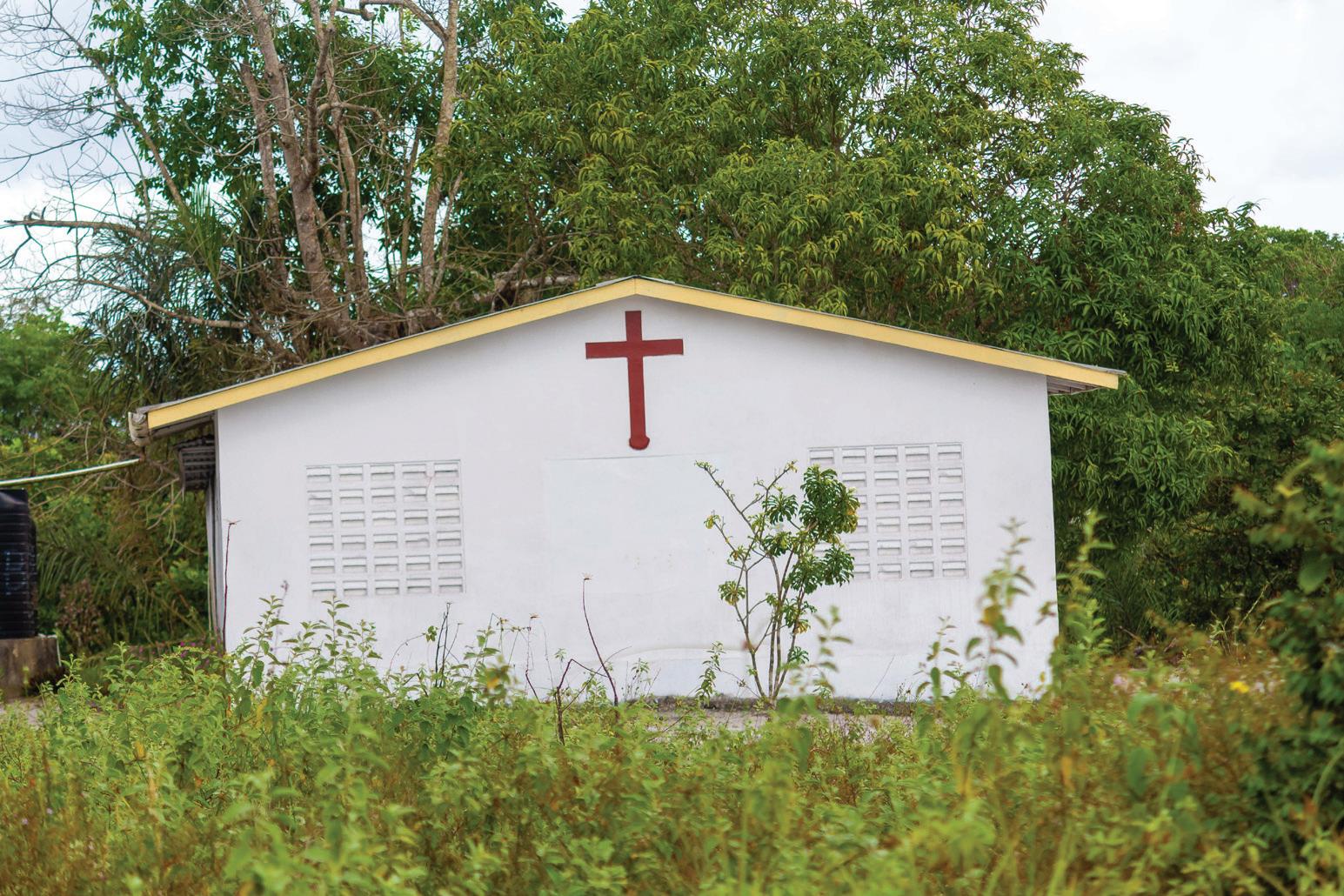
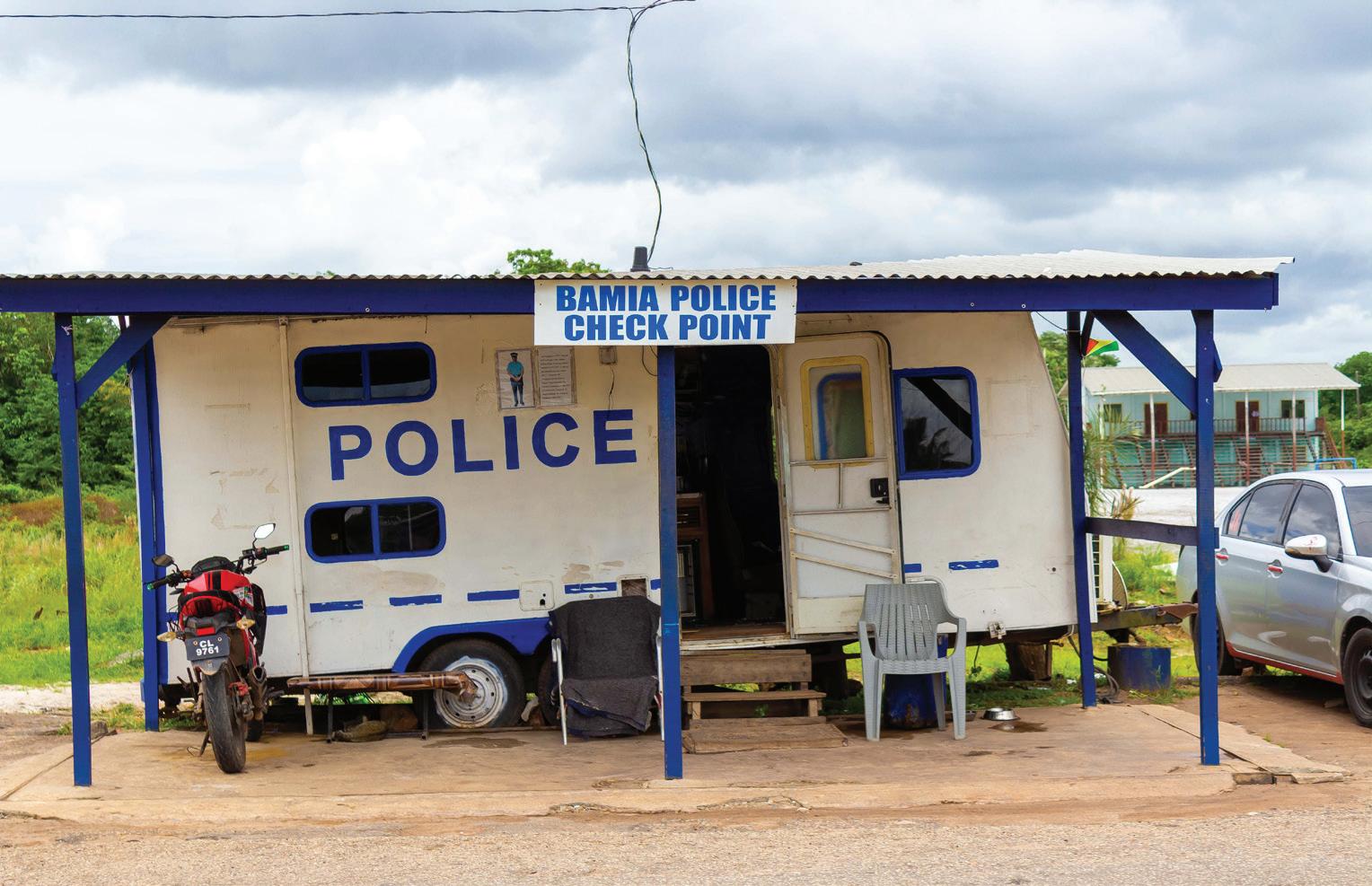
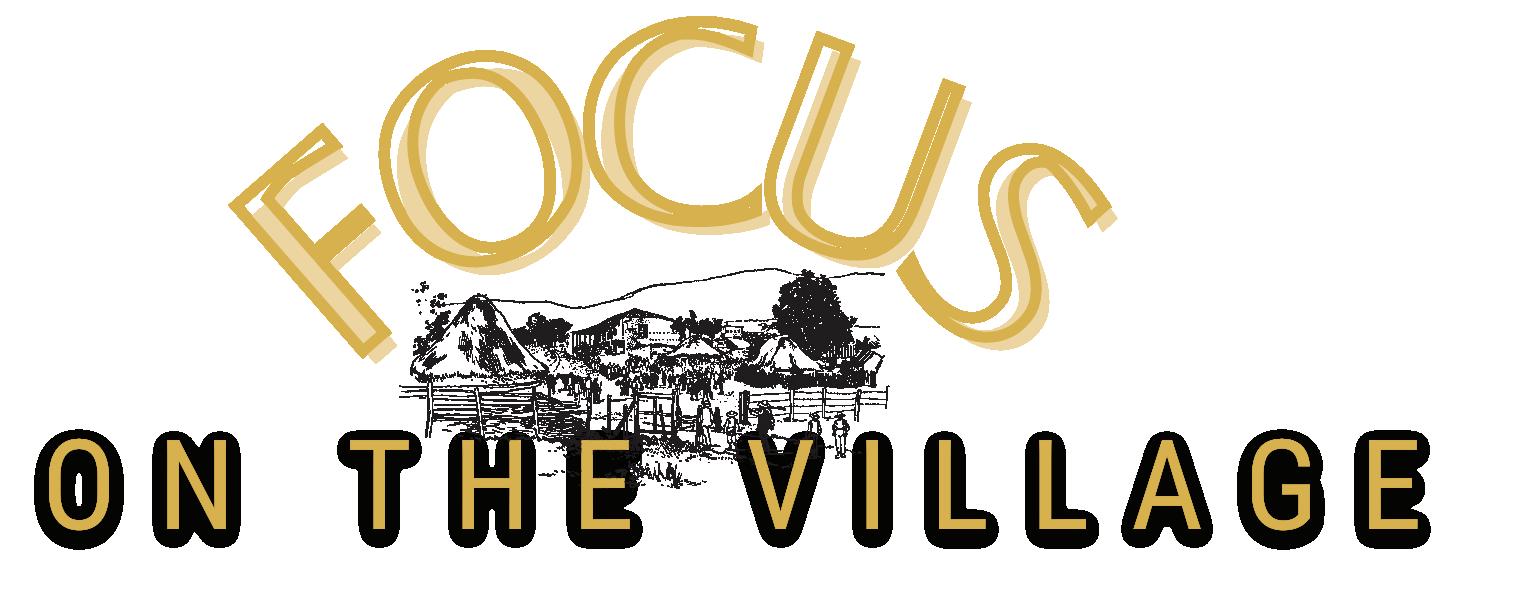
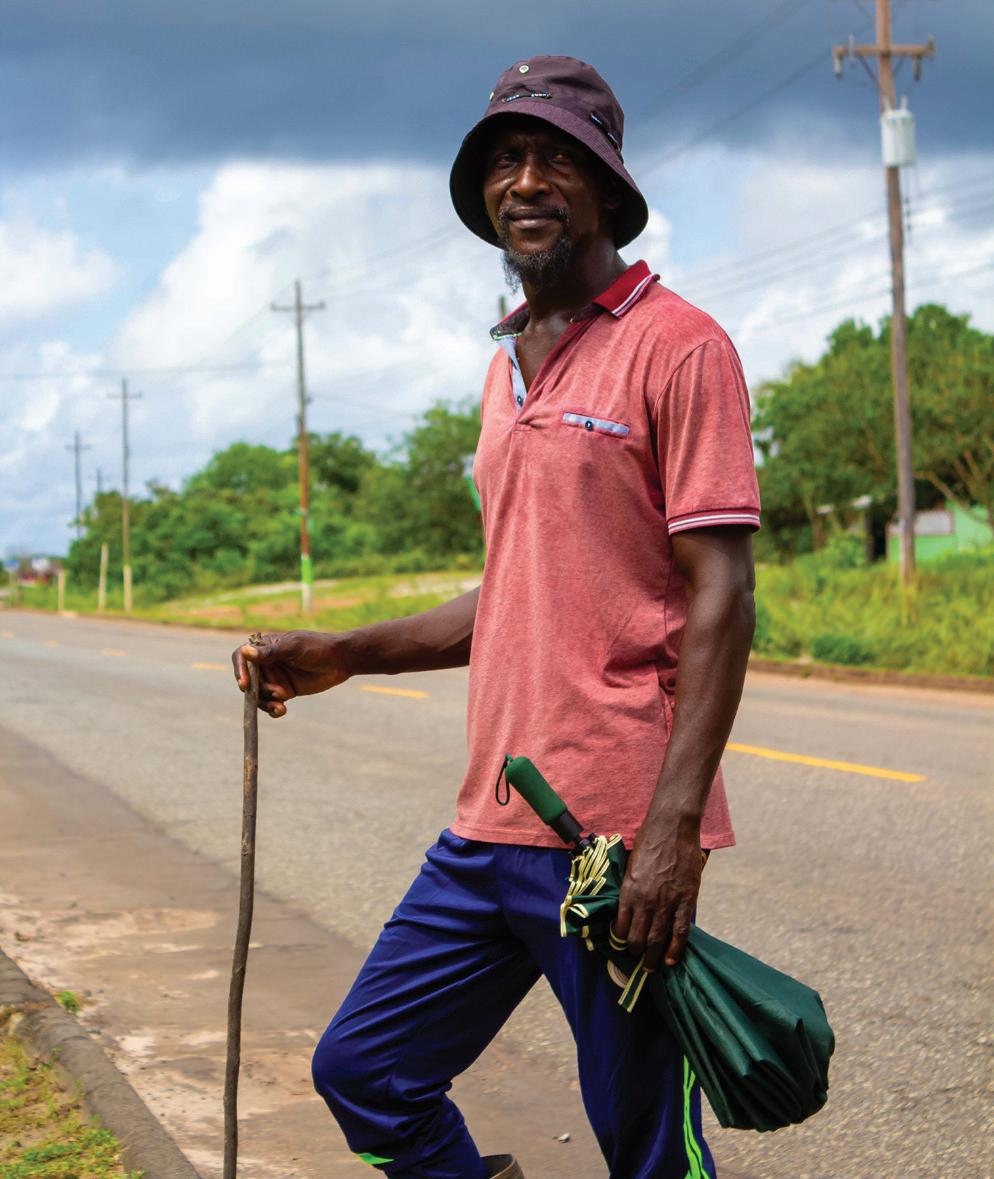
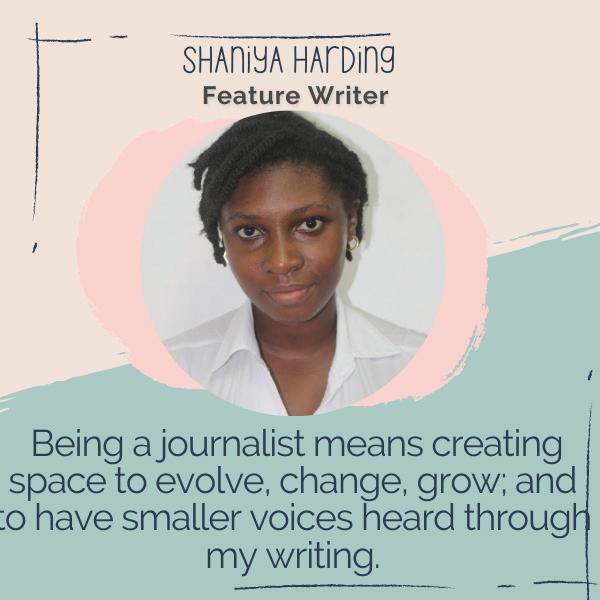
blend of people, with the community predominantly comprising Amerindian villagers.
has never lost the one thing that led him there in the first place: serenity. Close-knit is an understatement when talking
about Bamia. The majority of the estimated two hundred persons in the community are related. Apart from families, Bamia has a unique
According to villagers’ accounts, Bamia is larger than most people give it credit for. As Seon explained, the village is among the largest in the region in terms of land it occupies: “Bamia is a reasonably big area. It goes from Moblissa Junction all the way to the Linden turn. There’s an old
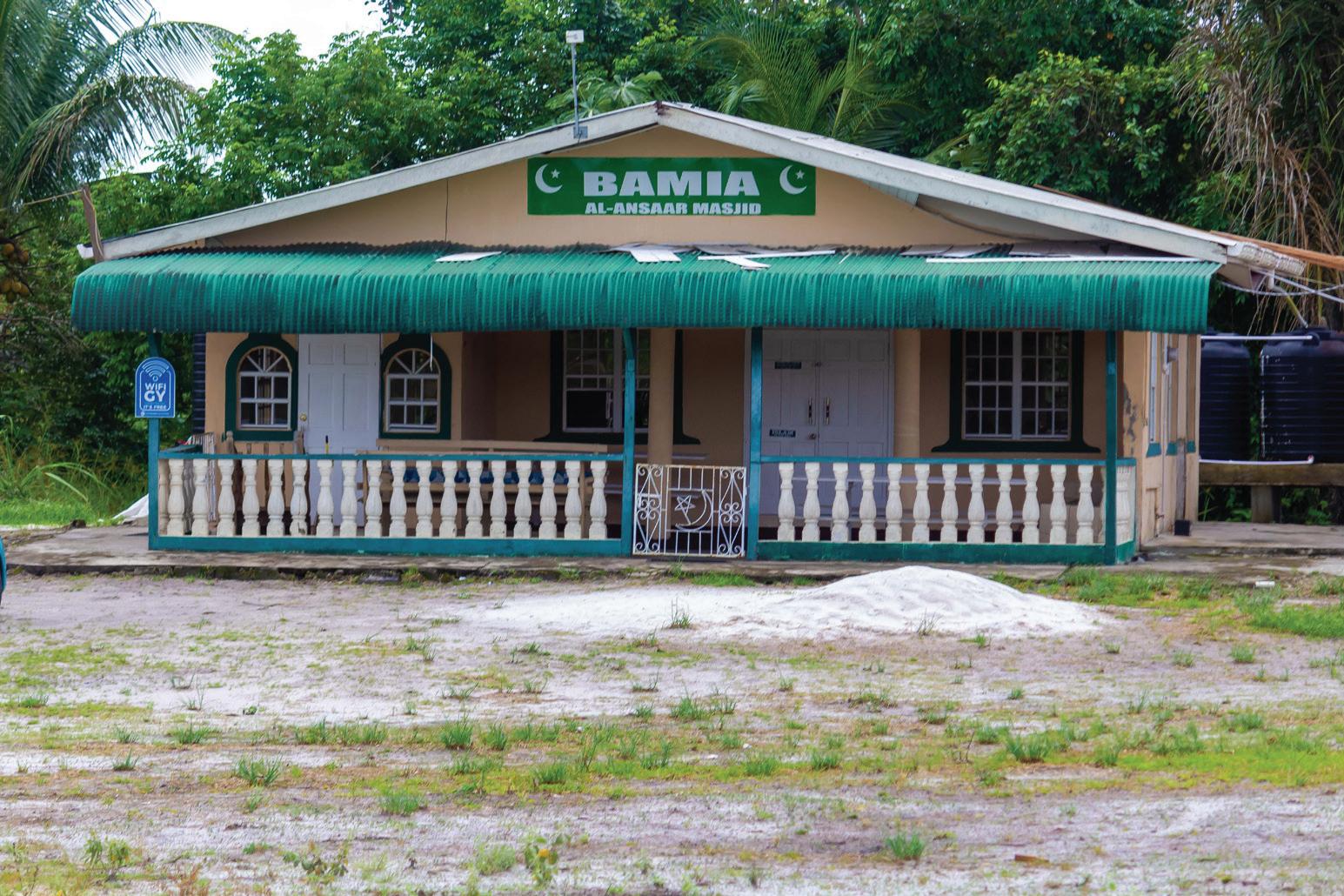
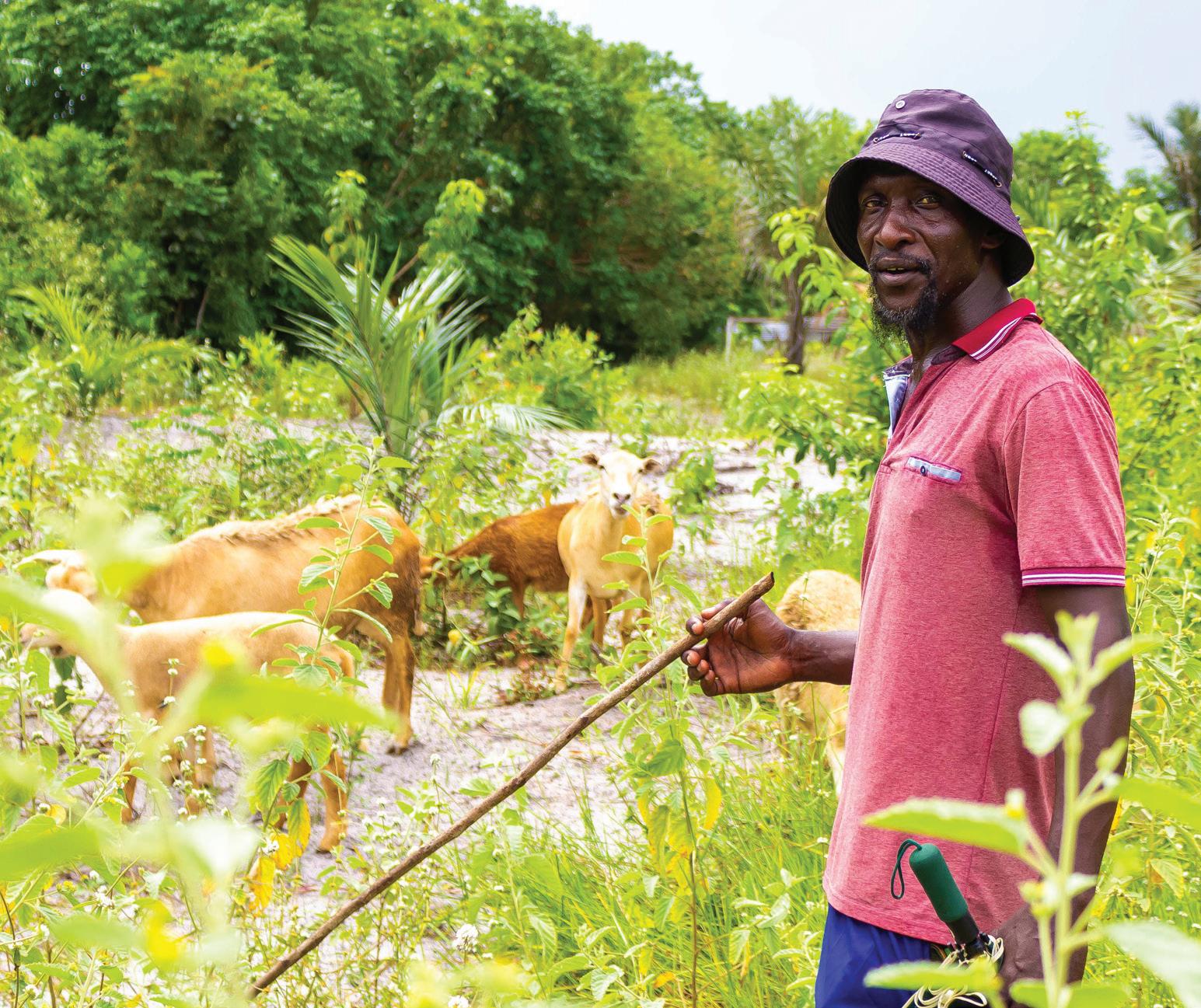
By Shaniya Harding
JUST outside the mining town of Linden is a getaway with a difference.
Alegria’s Cabins in Bamia is a bold and unique project. Started several years ago, Alegria’s Cabins aims to be a home away from home, where visitors can enjoy a little piece of nature and the beauty that Bamia has to offer.
The idea of Alegria’s Cabins was sparked several years ago when owner Aleon Alleyne travelled to the region and saw a need. “In 2007, I was sent to work for the Guyana Lands and Surveys Commission. At the time, there were major business activities in Linden demanding accommodation. There was a big talk about it, because there weren’t many rooms. Visitors hardly had accommodation,” he said.
This need, coupled with Aleon’s past experiences in cabins around Guyana, in -
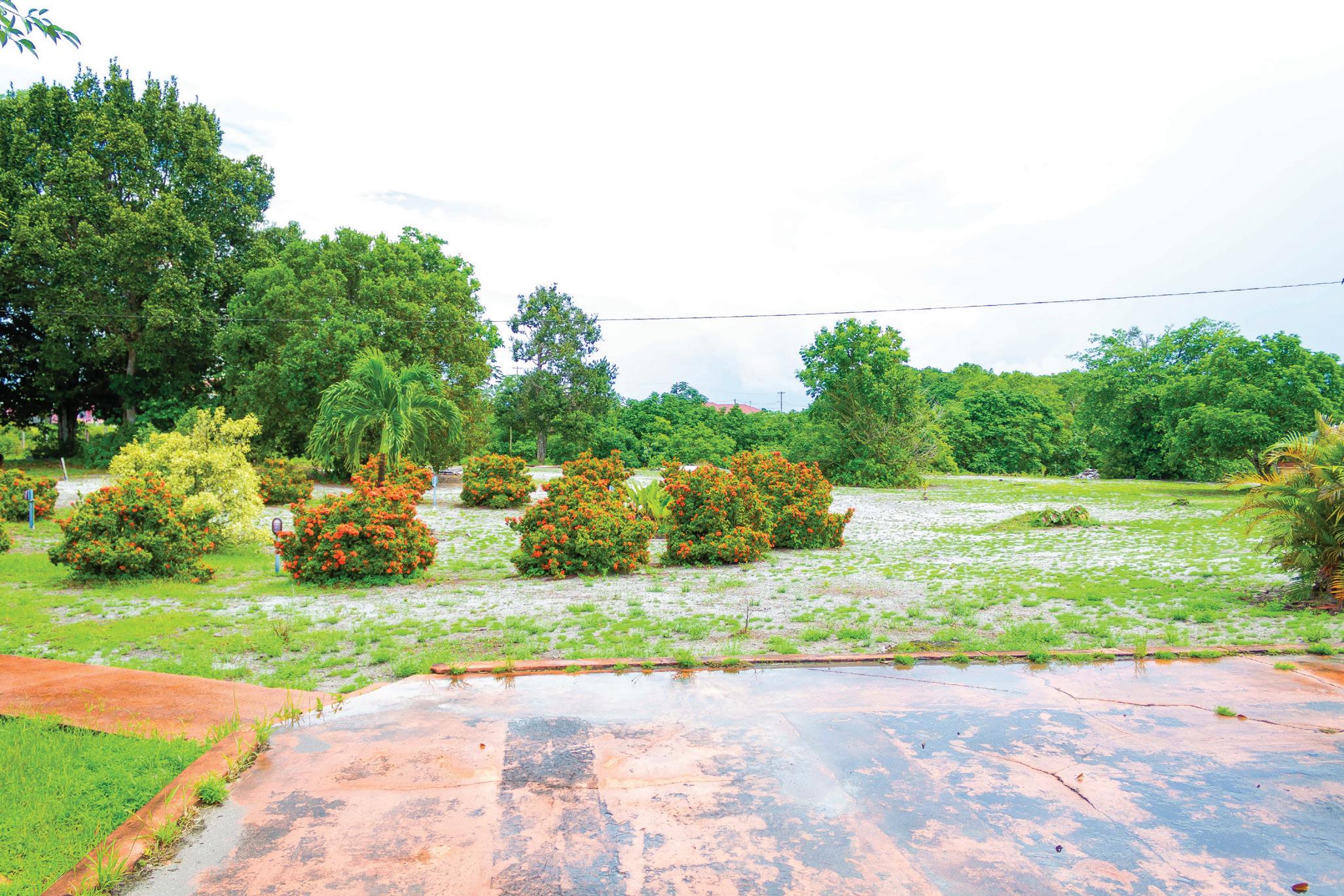
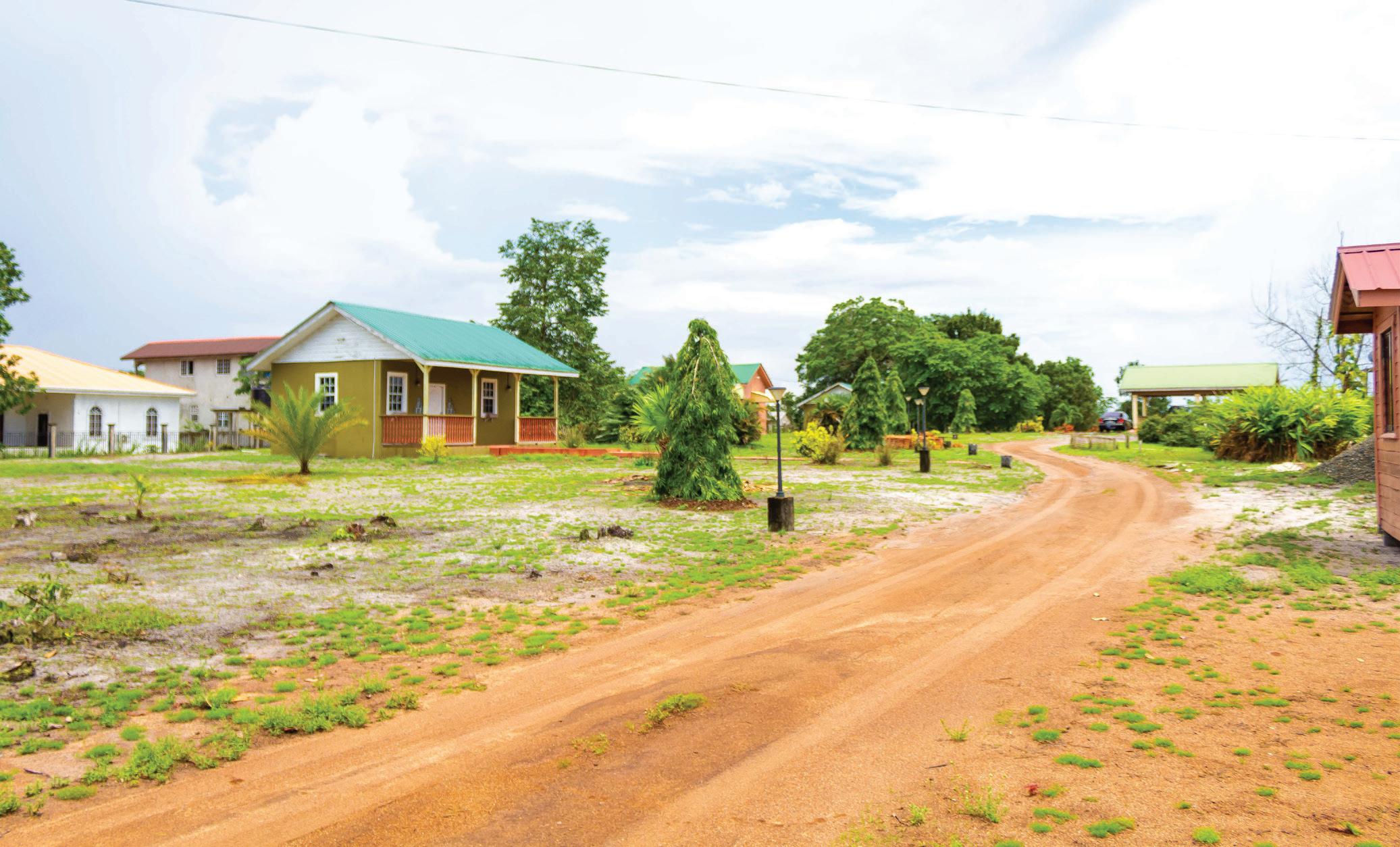

spired him for his new project. “Because I also worked in Region 9, there is this type of activity that’s there. They have similar little huts they call cabins. And I said, why not? And that’s how I decided to step into that little zone of providing accommodation for visitors and persons,” he explained.
Bamia and the surrounding areas are undoubtedly some of Guyana’s most cap-
restaurant, making Alegria’s Cabins just a little more unique. “I intend to open a little seafood restaurant in the evenings. We have a spring at the back developed into a nature pool. It attracts people for beach parties or quick limes,” Aleon explained.
As the ambitious project continues, Aleon hopes to complete all seven cabins by December. Alegria’s Cabins are, however, currently open to the public, and the number of visitors seems to be growing.
tivating places. Backwater lakes and white sand beaches make for a special blend. In the last few years, however, Aleon admitted there were challenges in starting the business. COVID-19 placed a pause on Alegria’s Cabins as it did to many other businesses.
However, this did not have a lasting impact on Aleon or the business. As he stated, “The interest kind of died with me because it meant persons weren’t going to come to the region in that demand for the rooms. The market would have gone; it kind of killed the spirit. It killed my enthusiasm; I really wanted to continue with it. But tourism is moving up again.”
Tourism in the region seems to be back on the rise, according to Aleon. He says that more people visit the cabins every week. Aleon, who runs the business alongside his wife, has big plans for the future. Currently, work is underway to create an experience for visitors. According to Aleon, Alegria’s Cabins will house a total of seven cabins when fully complete. Furthermore, the development of a creek that is found on the land is underway.
The cabins and creek will be coupled with a seafood
As Aleon explained, “There is an influx of visitors. I don’t have the stats on it, but you notice it daily. There are different business persons, foreigners. They keep coming. And everybody keeps asking, especially when they pass, what is it that we have here? Not long ago, we had to put up a sign. They didn’t know. And you find that they’re responding to it. In a profitable way.”
Aleon says the growth in population can be seen as much as it can be felt. Moreover, the tourism sector is growing in the region, with more tourists; new tourist attractions and businesses are coming to the forefront.
As Aleon stated, “You are seeing the rise in population. You’re seeing people walking along the road in the place. And there are other businesses, similar businesses, that would have sprung up. You don’t hear anybody complaining that they’re not doing good business.”
Painting a picture of what guests can expect, Aleon explained that the cabins aim to facilitate both families and friends in a comfortable, natural environment. The very name Alegria’s Cabins means happy. As Aleon explained to the Pepperpot Magazine, “I also study Portuguese. The word Alegria means happy, joyful. Those are the adjectives that come with Alegria in English. That’s the word. It’s a Portuguese word. It means joyful. It means happy. If you want to translate it, it’s like happy cabins or joyful cabins.”
So, if you or anyone you know plans to take a trip to Bamia, ensure to stop by Alegria’s Cabins and enjoy a happy escape.
By Shaniya Harding
BAMIA is one of many villages along the Soesdyke-Linden Highway, but like so many of these settlements, it is made special by its people. A community alongside the road, Bamia stretches from neighbouring Moblissa to the Linden turn. Though small, Bamia has seen several changes since the Pepperpot Magazine last visited several years ago. However, some things, villagers say, will
er, Dorothy says that much has changed in the village of Bamia.
Although her family originated in the Northwest region of Guyana, Dorothy was raised in and around Georgetown. Growing up specifically in Albouystown and Charlestown, Dorothy explained that neither she nor her siblings remembered much of life in the Northwest.
After getting married, she moved along the East Coast before eventually settling
flood, and I was living in Enterprise. The water was way up here to my breasts. It was a little scary, but my sister and my in-laws, they lived up here,” she recounted. With the help of extended family, Dorothy moved to Linden. But it was far from smooth sailing. The now single mother faced many challenges before she was able to settle in Bamia.
Despite the adversities, Gibson remained determined. She lived in Amelia’s Ward before settling in her current
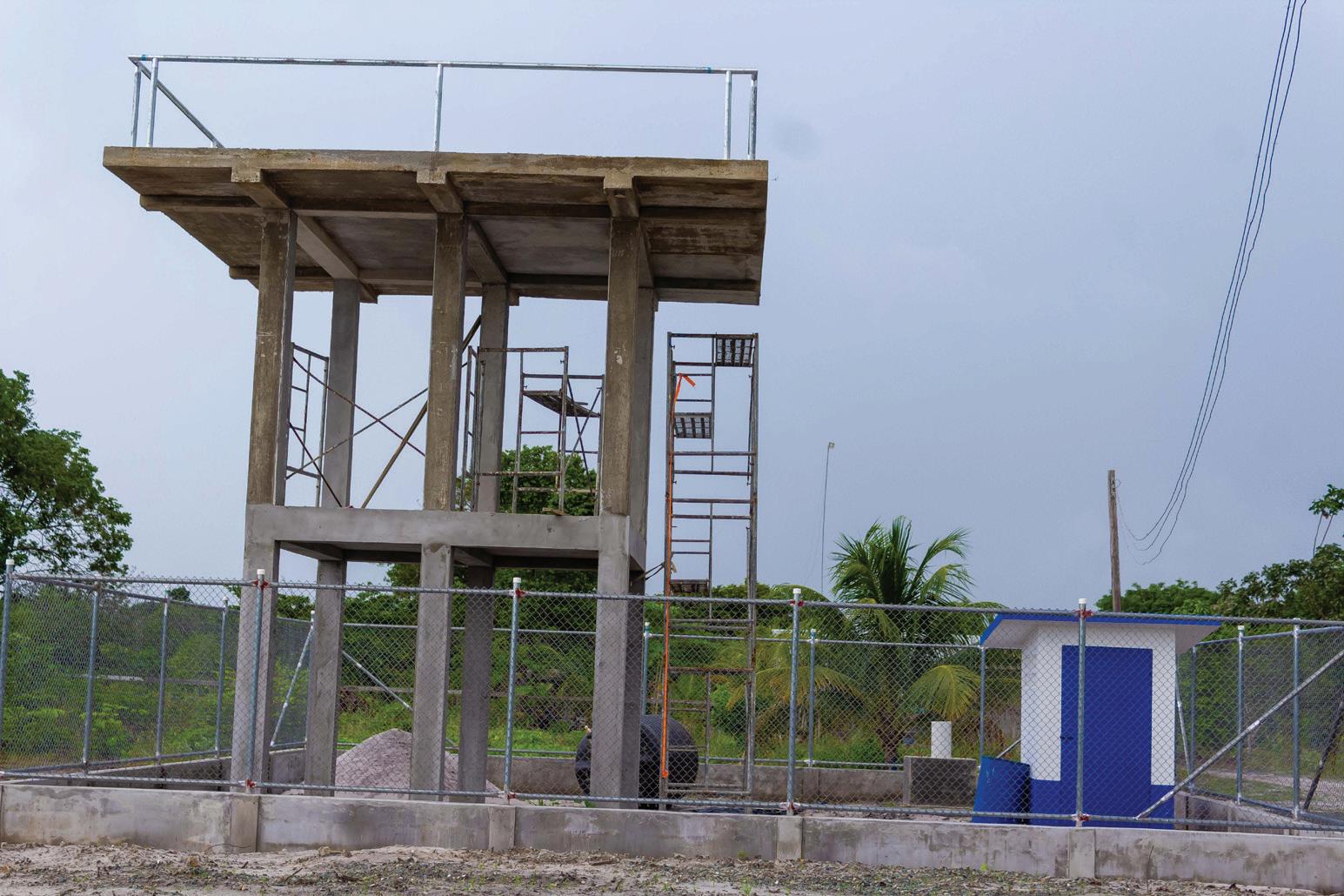
never change.
Dorothy Gibson, Deputy of the Community Development Council, shared her life story as well as insights into the evolving landscape of her community. From a single mother to a community lead-
in Eccles. Georgetown was home for the mother of five, and although life was not ideal, Dorothy did not see herself moving. In 2005, Gibson experienced a significant challenge when the historic flood hit. “We had a
home. As she stated, “I applied and I got this here. And then I got a transport to land in ‘The Ward’, not very far. But, for some reason, I don’t like that claustrophobic type of thing.” She also spoke about her youngest daughter,

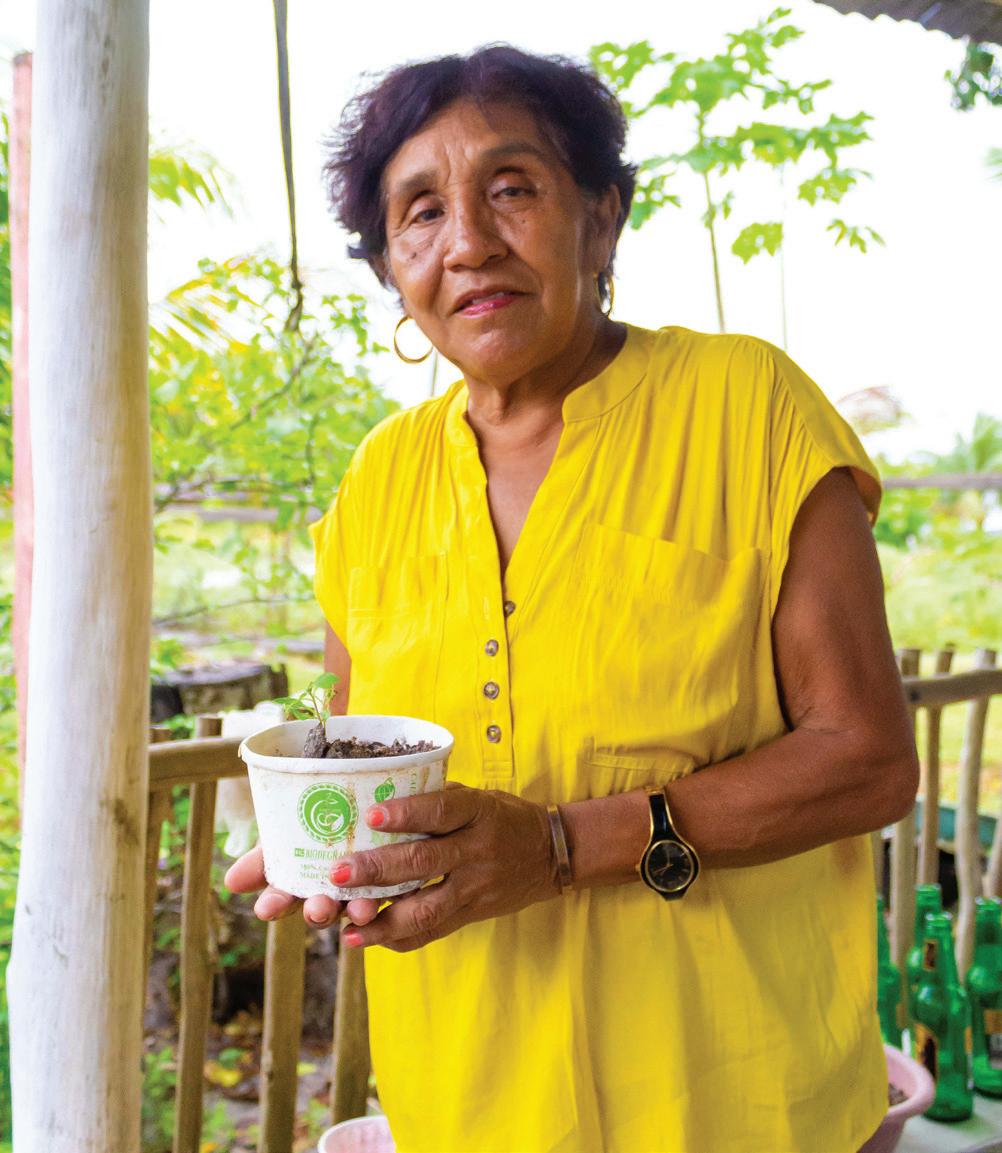
some people, so we would go back to Georgetown to shop. And my daughter would say, ‘Mommy, mommy, please duck! Duck! Duck!’ She did not want people to see where we lived, because it was a little thing on the land.” Dorothy also reminisced about the social challenges she and her daughter faced in their early years in Bamia, and their impact on both of them. “She was a young teenager coming up, and we had no choice. As a single mother, I had no choice; we had to live here. But I used to live here only in the day; not at night. Me and this child, we would walk to Linden; we would go by a friend and just sleep on the floor for three long months, and nobody knew,” Gibson recalled. Throughout her adversities, she emphasised the importance of perseverance.
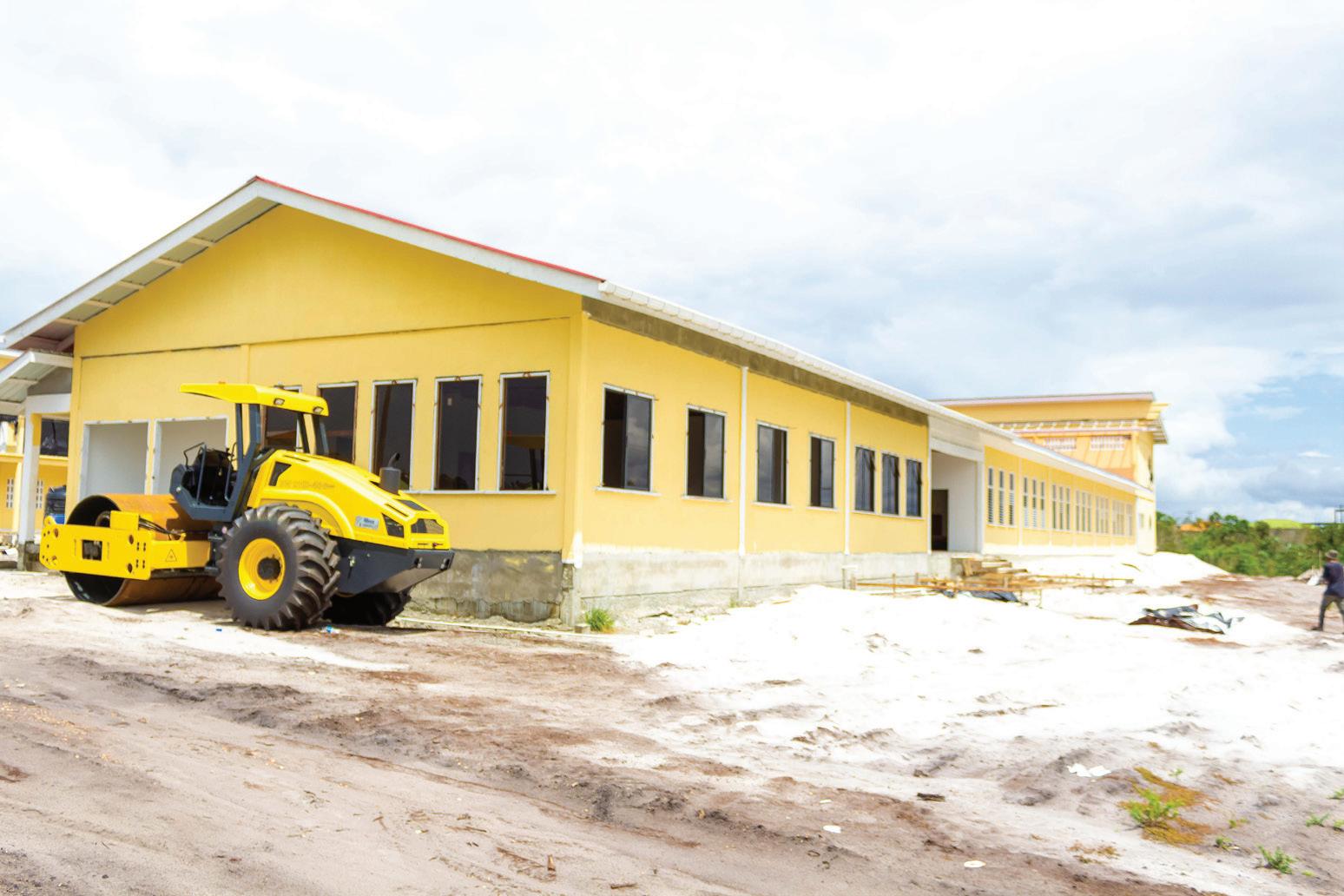
who attended Mae’s Academy in Georgetown, and what a difficult decision it was to uproot the family. “I brought her up because I say I got to start something here on this land,” she said.
Gibson reflected on the struggles she faced as a single mother, and the profound impact it had on her young daughter. “My daughter was so embarrassed. There was a bus that used to pick up
“Perseverance is a wonderful thing. I used to go to church and sell little hot dogs in Linden, because, by then, my daughter had started going to
SEE PAGE XXI
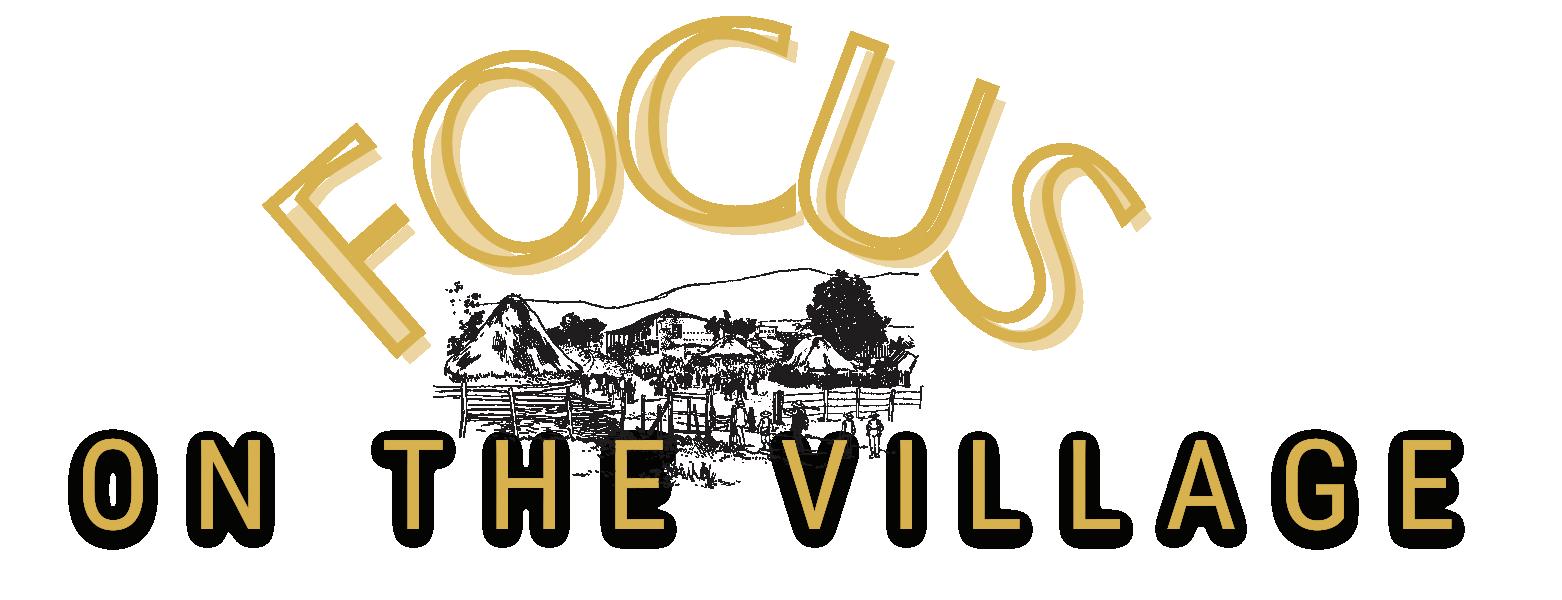
‘Development
woman shares a message on the importance of togetherness
By Shaniya Harding
GUYANA is a very diverse country, and the village of Bamia in Region Ten showcases thus diversity in both its terrain and its people. Bamia is made up of a melting pot of individuals from all around the country.
Orleita John was born and raised miles away in the Pomeroon, before her husband brought her to the
of Region Ten were very different from the creeks of the Pomeroon. “The only difference in Pomeroon is because of the river and the road. In Pomeroon, you use a boat for any transportation,” she said. Although different, Orleita says it is a positive change, as Bamia offers more convenience, especially in the last few years. “But here, it’s cars; it’s easier and simpler than the river. Some-
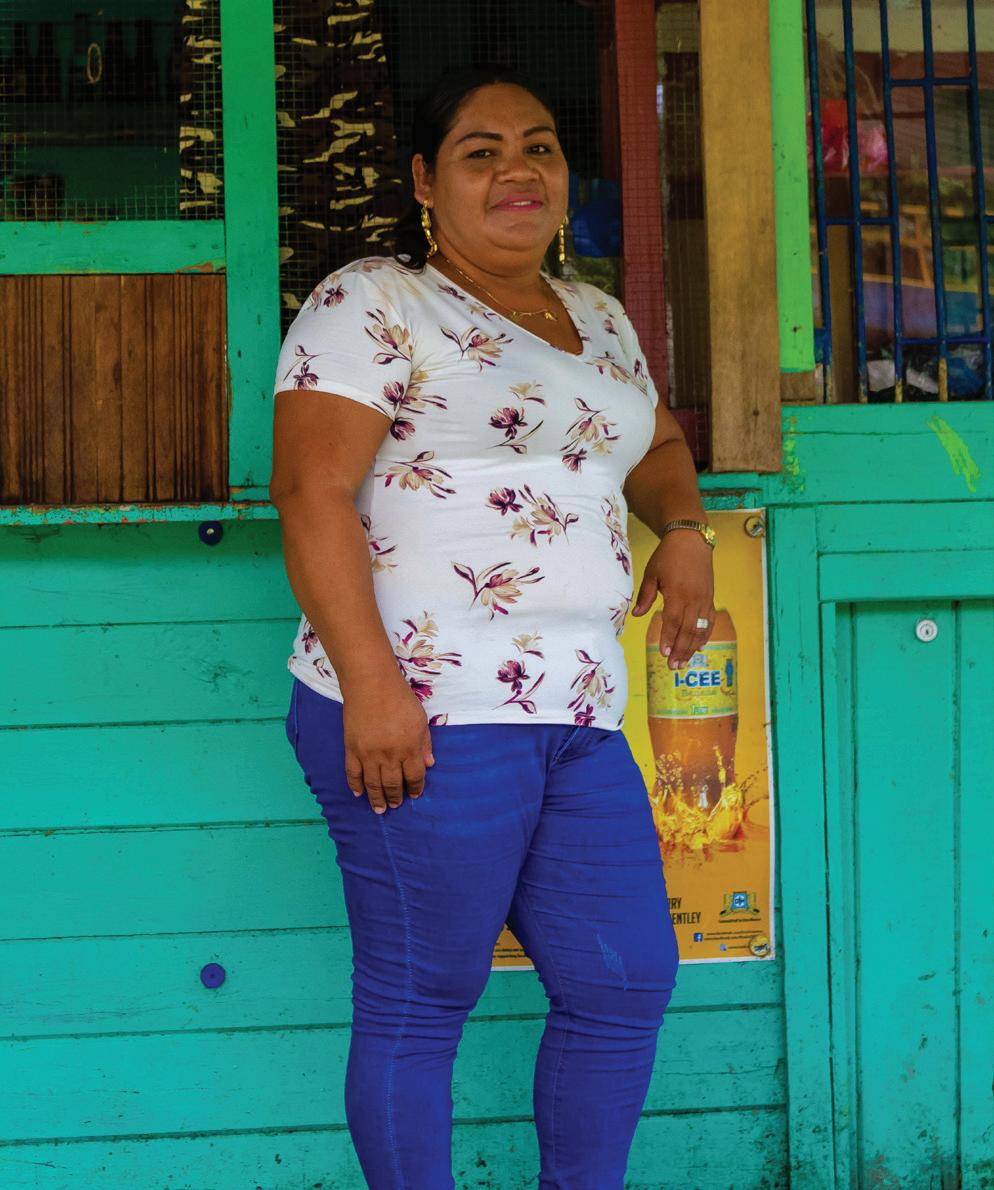
village of Bamia. Her love and admiration for the community have been crafted over the years, making her a notable member. Since the last time the Pepperpot Magazine visited several years ago, Orleita says Bamia has seen notable changes. However, she believes the community could see much more with better cooperation among its people.
Twenty years ago, Orleita had never heard about the village of Bamia. As she explained, she was led to Bamia because of her now-husband. “I came here through my husband. We met him at his workplace in Mabaruma. Eventually, we started a relationship, and he ended up bringing me down here. I’m originally from the Pomeroon region; a place called Kabakaburi,” she explained.
The move from the Pomeroon to Bamia was a big change, says Orleita. As she recalled, the roads
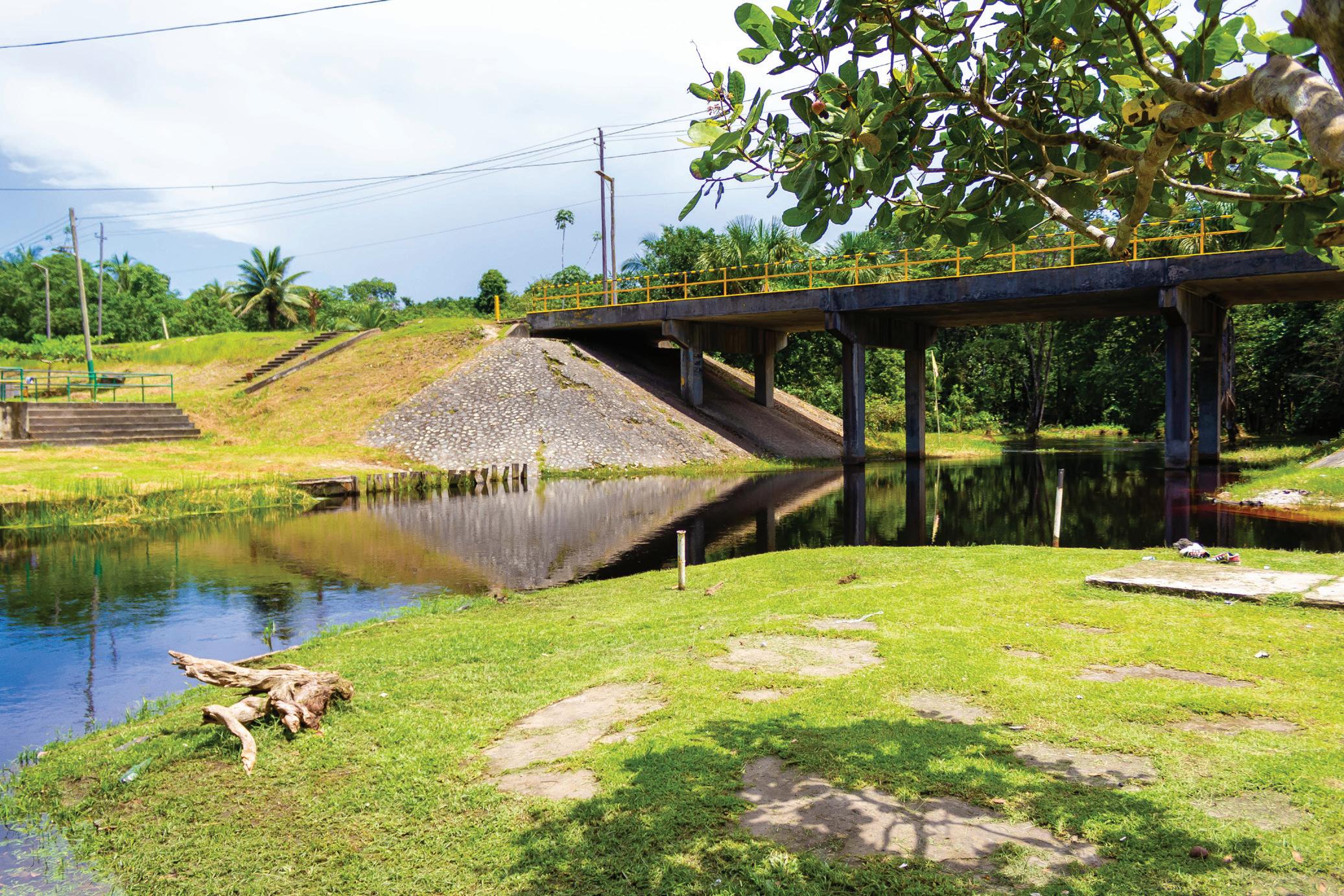
times you don’t have a boat, so you can’t go to the market as often as you want. Here, you can call a taxi or a bus and go anytime during the day. The market in Linden is every day, but in Pomeroon, only on Mondays,” she said. Orleita and her family have called Bamia home for 14 years. In all those years, the community has seen a barrage of developments, many of which the people of Bamia championed. Adding necessities like electricity and water has had a far-reaching impact on Bamia. “When I came here in 2010, we had no light; we had to buy a generator, and didn’t have cellphone signal. In 2016, we got electricity in Bamia, and since then, life has become much easier. When I first came here, it grieved my heart to see children using lamps to study. Now, everybody is getting Wi-Fi. We fought for electricity, and it made people’s lives much easier,”
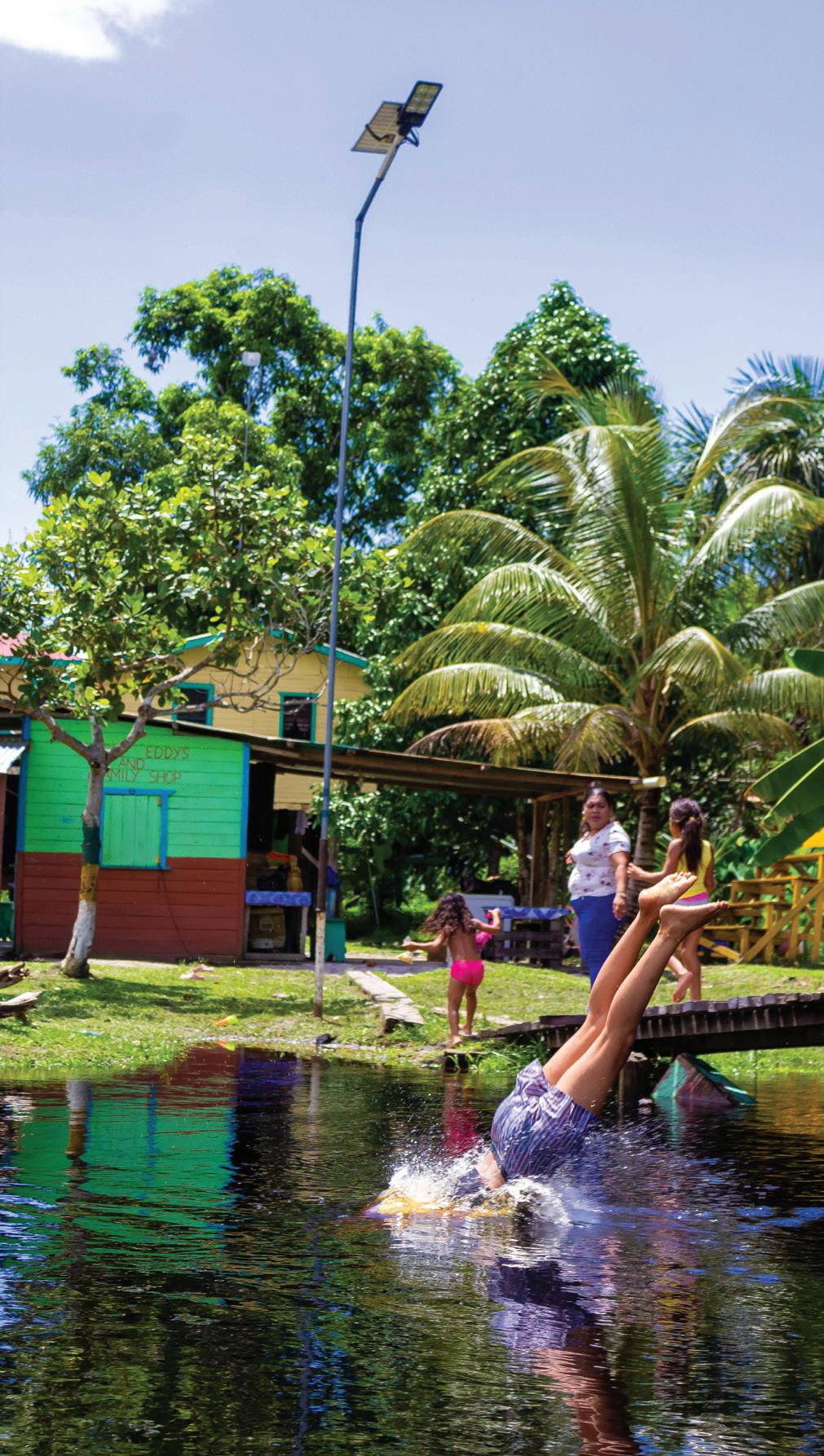
Orleita said.
But amidst the improvements, there are some persisting challenges. Orleita and her family live by one of
the many creeks in Linden, and the only one in Bamia. However, the picturesque location and seemingly captivating way of life certainly come with their own challenges, with flooding at the forefront. “The creek always floods high when we get rain. That’s the only disaster I suffer down here. But honestly, I still don’t want to move. This is the place where I live; I have my business here. On the weekends, people come out; parents bring their kids, and lovers come out to drink a cold beer and cool down in the water.”
Living on the outskirts of Linden by a famous creek, Orleita and her husband set up a small business. Beginning three years ago, their entrepreneurial venture has grown, and become a wellknown alternative to a trip to Linden. Moreover, the creek, which is free to any passerby, brings people to
the business.
As Orleita said, “On weekends, you get plenty of sales, because people go out. It’s free of charge to come into the shop. For me, it’s quiet where I live; I don’t have neighbours to bother me. If you decide to lock up and catch a five, you’ll be at peace.”
Bamia is a large village, stretching an estimated ten to fifteen miles. And although the homes may not be very numerous, they are far apart. A Community Development Council governs the village. Although an integral part of the community, Orleita hopes to see more CDC involvement with the people of Bamia.
As she explained: “For me, I’m not pleased at the moment with how the CDC runs. I need to see more activity. I need the people in charge of CDC to look into




When the folk are rooted in fellowship towards a common task of livelihood, there must be a ‘guardian edict’


A COLLEAGUE, sometime over the past two years, had related an incident that occurred while making himself available to claim legitimate assistance at a touted gathering that had a financial support feature. He was asked at the desk where he had engaged how he prepared his in-house feed for his livestock. An argument occurred when he said he didn’t understand why that question had come up, since that aspect that embodied his business presentation obviously was reserved. With some intervention, the matter was solved, as the person at the desk was told to ignore that type of questioning as it was not suited to what was transpiring then. I’ve reviewed that incident many times and come to recognise that though in-house Guyanese will use their knowledge, inherited and tutored to enhance their livelihoods, there will be challenges that may not be anticipated. Not having a basic understanding of self and what public discourse is, against what must remain the private formula, can tip one’s anticipated smooth plank across the canal by making it slippery and deceptive.
I can recall the drama of
change that unfolded in the series, “Mad Men”. It was a change that was consumed with impositions that could hardly be wrestled with. I liked “Mad Men” because I lived through aspects of a similar frenzy at GNNL around the period that the series was focusing on. It was the age when the computer intercepted the ‘Art-Drawn’ advertising graphics and imagery, and a software named ‘Page Maker’ emerged with its impact on layout and text composition jobs. But unlike the artist in ‘Mad Men’ who went viral, I related to these changes in a contemplated, very serious, but sober mindset. The series also countered the economic and painful trot of the pale horseman of the cigarette industry towards its eclipse. Sadly, we in Guyana have traded cigarettes for marijuana and even worse.
Ownership of one’s choice of what we accept to influence us against the balance towards recognising the real world we dwell in in response to what has been imposed on us is crucial to our mental and spiritual survival. Regardless of how change envelopes us, room for adjusting our gifts to penetrate new frontiers always exists. This is where I propose a little info strip for young minds in public
schools. Who can supervise such a thing? To answer this, I must return to the ‘Guardian Edict’ mentioned in the title of this article. There is an institution that can play an important part in designing the language in this booklet I’m referring to for schools and Business Fairs towards more activity and trust in conversation exchanges and overall awareness. Our own Commercial Registry’s mandate should be to guide the discourse within the areas mentioned, especially towards small and cottage industries and officials who are more public servants than trained to interact with the curiosities of people proceeding into business ventures with some initial experiences but nevertheless, with anticipations and suspicions.
On the platform of working in Guyana, it is obvious now we must accommodate more than our 18-19th Century legacy of vendors and cottage industries. I know that we can accommodate our local talents rather than foreigners. Here is where the Commercial Registry comes in as the “Guardian Edict” to introduce the language that will help conduct the much-needed ongoing dialogue with confidence.

A new beginning, free to spread her wings, to soar high.
SHE had been a young girl many years ago, with a focus and determination to succeed in her studies and to achieve her goals. Now, in her mind, she had to search for that young girl, to pick up from where her books had fallen and forced into an unhappy and restricted life.
It was a long drive to Central Guyana and along the way, Aanya began to feel the pulse of freedom within her, a slow beat.
They reached the river lodge just as it began to dusk and as she exited the vehicle, she stared in awe at the beautiful place surrounded by tropical rainforest.
“How are you feeling?” Cassandra asked, noticing her expression.
Aanya smiled a little, “I’m getting there,”
“You will, my friend,” Cassandra reassured her, “Just time and determination.”
She was introduced to three other members of Cassandra’s team, four more of whom would arrive in the morning from Columbia and Costa Rica. Dinner was the local cuisine of different dishes and though Aanya did not eat much, she felt satisfied. Later, she took a refreshing bath and went to bed in a spacious, beautifully decorated room.
“This, I love,” she expressed and added to the fact she was free and now at peace.
But she couldn’t sleep, thinking of her children, wondering how they must be doing in her absence. She felt an aching in her heart, but her conscience warned her, “Don’t cry, they will see you again.”
She sighed deeply, knowing she had to be strong and not overcome by emotions.
“My children will at least live with the comfort that I’m alive,” she consoled herself.
The thought of her husband’s raging anger when he would have discovered she had left, brought a smile of satisfaction on her lips. He would search all her family’s homes and harass everyone but he wouldn’t find her.
“Not this time,” she voiced, “You wouldn’t drag me by my hair and slam me against the wall.”
Her eyes closed in sleep, and for tomorrow, a new day awaited her.
The next morning, after a nice, warm breakfast, she expressed to Cassandra her fear of him possibly finding her there.
“Although it’s a research centre, it is also a resort, so tourists would come and go at all times.”
“This is your chance to pick up the broken pieces of your life,” Cassandra pointed out to her, “This has been your ambition, so stay focused on that and don’t allow fear to set you back.”
She touched Aanya’s hand and smiled with a bit of tease, “In the meanwhile, you can change your outlook.”
She had her long hair cut and coloured for a new, modern look.
Aanya looked at herself in the mirror and exclaimed with a little laugh, “Wow, I can hardly recognise myself.”
“That’s the idea,” Cassandra stated, “There’s still more you can do. Ready to go to work and live your dream?”
“Yup,” Aanya answered with a touch of enthusiasm. Days, weeks, and months went by, and Aanya developed a new personality with enthusiasm and confidence. She was definitely soaring with a real purpose in life and making an invaluable contribution to the environment.
Cassandra obtained new, temporary documents for her to allow her to travel out of the country. Her first trip in this career as an inspiring environmentalist was to Costa Rica. A new, exciting world was opening up for her as she networked with more environmentalists and passionate earth stewards. She had lost a lot of time shackled to a marriage she never
wanted and now that she was free, she worked to make up for that time, impressing everyone with her passion and zeal.
For that, she won her first award.
It filled her heart with pride, and tears misted in her eyes as she held it in her hands.
“I am so happy for you,” Cassandra congratulated her friend, “You have really come a long way.”
There were still nights, though, when Aanya did not sleep well, thinking of her children and the unfair society that always casts blame on the woman because of a traditional culture that continues to excuse a man’s transgressions. Such a practice was discrimination against abused women whose lives were like an endless battle, no medals won, just death’s chariot passing through the field of bleeding roses.
“I’m sure he would have killed me one day,” she said to herself, “Walking away has given me a chance to survive and, hopefully one day, reunite with my children.”
She knew she had to be strong, mentally and physically, when that day would come to face him because he would exert his power and money to deny her, her motherly rights.
She was not alone, though. She had support from a wide network of people, recognised for their invaluable work in the country.
Three years passed, and one morning, whilst they were having breakfast in a lodge in Nicaragua, surrounded by the scene of nature’s wonder, she asked her friend, “Do you think it’s time I can pay a visit to my


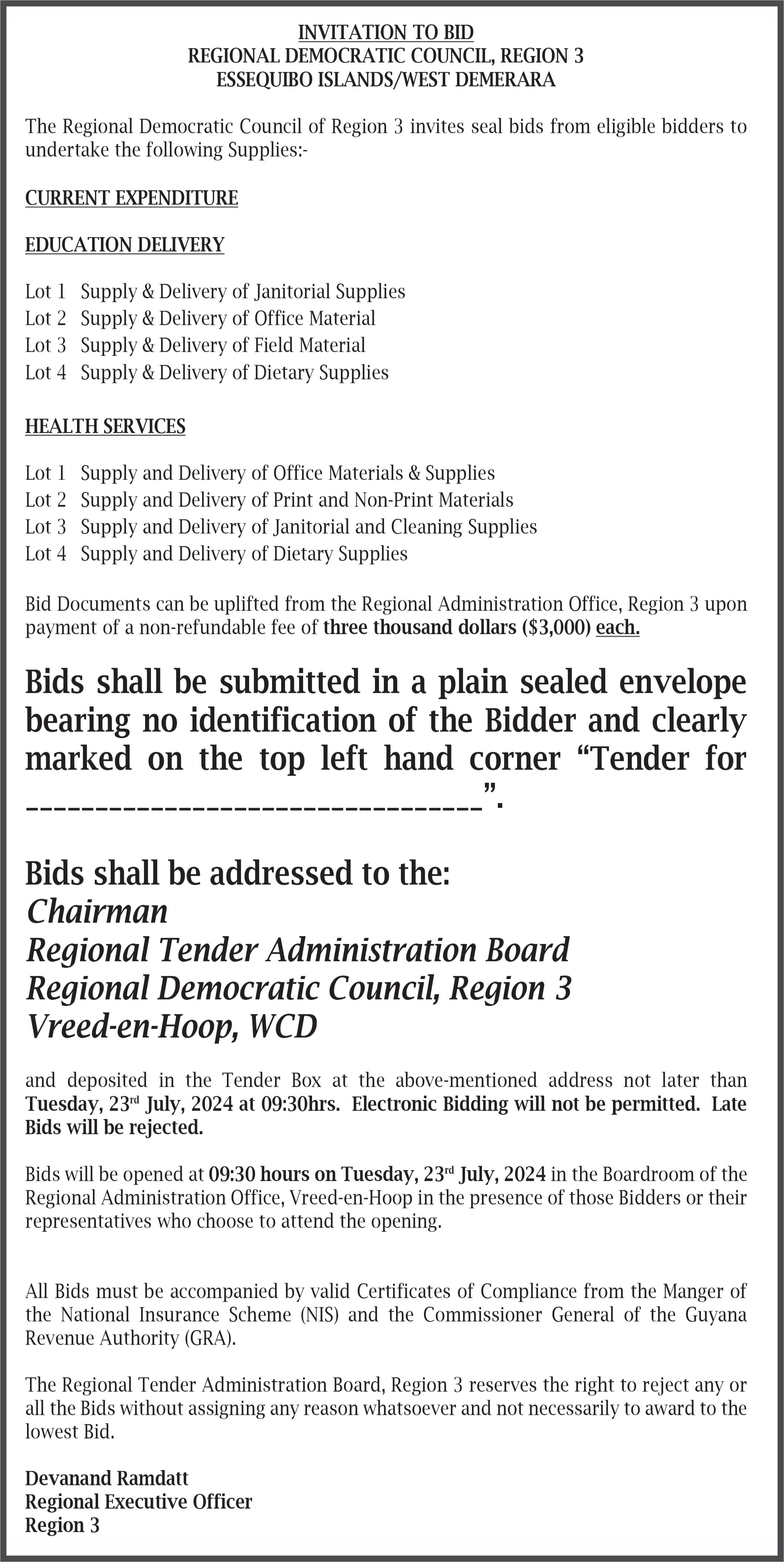


THE 19th Century was the most fruitful period in the evolution of the Guyanese way of life. It was a time when Guyana came to be populated with immigrants from Asia, the West Indies, Southern Europe, and Africa, the latter of whom were taken off slave ships by the British navy and brought to the then British Guiana, which had become a multiracial, multicultural land and had embarked upon the creation of a distinctive culture. Among the elements of this newly evolving Guyanese Culture was the introduction of a large variety of foods deriving from various parts of the world. Among these were the many spices brought from India, with turmeric standing out since it was used in curries, which was part of the daily fare of the Indian immigrants.
In the Indian tradition, turmeric was not only a food but was also regarded as a medicine for the treatment of a large number of ailments, as prescribed by Ayurvedic medicine over 4,000 years ago. It was, however, only in the 20th Century that its quality as a “cure-all” was discovered by Western medical and scientific circles. Its attractive golden colour was celebrated, and users found it pleasant to ingest, either in its liquid or dry form.
Turmeric has the overall qualities of being anti-inflammatory, antioxidant, and a booster for the immune system. These overall qualities are brought to bear on the various organs of the body, which various types of bacteria and viruses may attack.
Below, we will mention a sample of medical conditions where the use of turmeric has positive and curative effects:
Mental Health: Improves brain function, helps memory, works against depression and various other brain diseases such as Parkinson’s Disease and Alzheimer’s. It has met with success in its use against Alzheimer and more and more Alzheimer sufferers are using it.
Cancer Prevention: Affects cancer growth, development and spread.
Heart Health: Regulates bad cholesterol (LDL), which could cause heart attacks and stroke. Cleans blood vessels to the heart. Prevents blood clotting
Arthritis: Alleviates arthritis symptoms, reduces pain and stiffness, joint health.
Skin Health: controls acne, pimples and itching.
Digestive Health: Enhances liver function by removing excess cholesterol, detoxifying the liver, and stimulating bile production.
Diabetes: Helps to manage diabetes by controlling blood sugar.
Leaky gut: Protects gut lining against leaks whereby toxins and bacteria leak into the bloodstream.
Aging: Delays aging by its antioxidant and anti-inflammatory properties, engaging age-related ailments.
Eyes: Promotes eye health.
There are many more ailments and health disorders that turmeric can treat.
Western medicine has isolated Curcumin as a drug in turmeric, which is responsible for its curative qualities. It is manufactured and sold in capsule form. In addition to Curcumin, there are 200 other ingredients in turmeric. The overwhelming opinion is that if it is used in its whole form, it is more effective than Curcumin alone. To be effective, however, turmeric should be used with Black Pepper since its curative properties could then be fully absorbed into the body with Black Pepper.
The suggested daily dose is one teaspoon of turmeric powder with a quarter teaspoon of Black Pepper powder, and this could be made into a drink or used in a sandwich. A tablespoon of honey could be mixed with the drink or used in the sandwich.
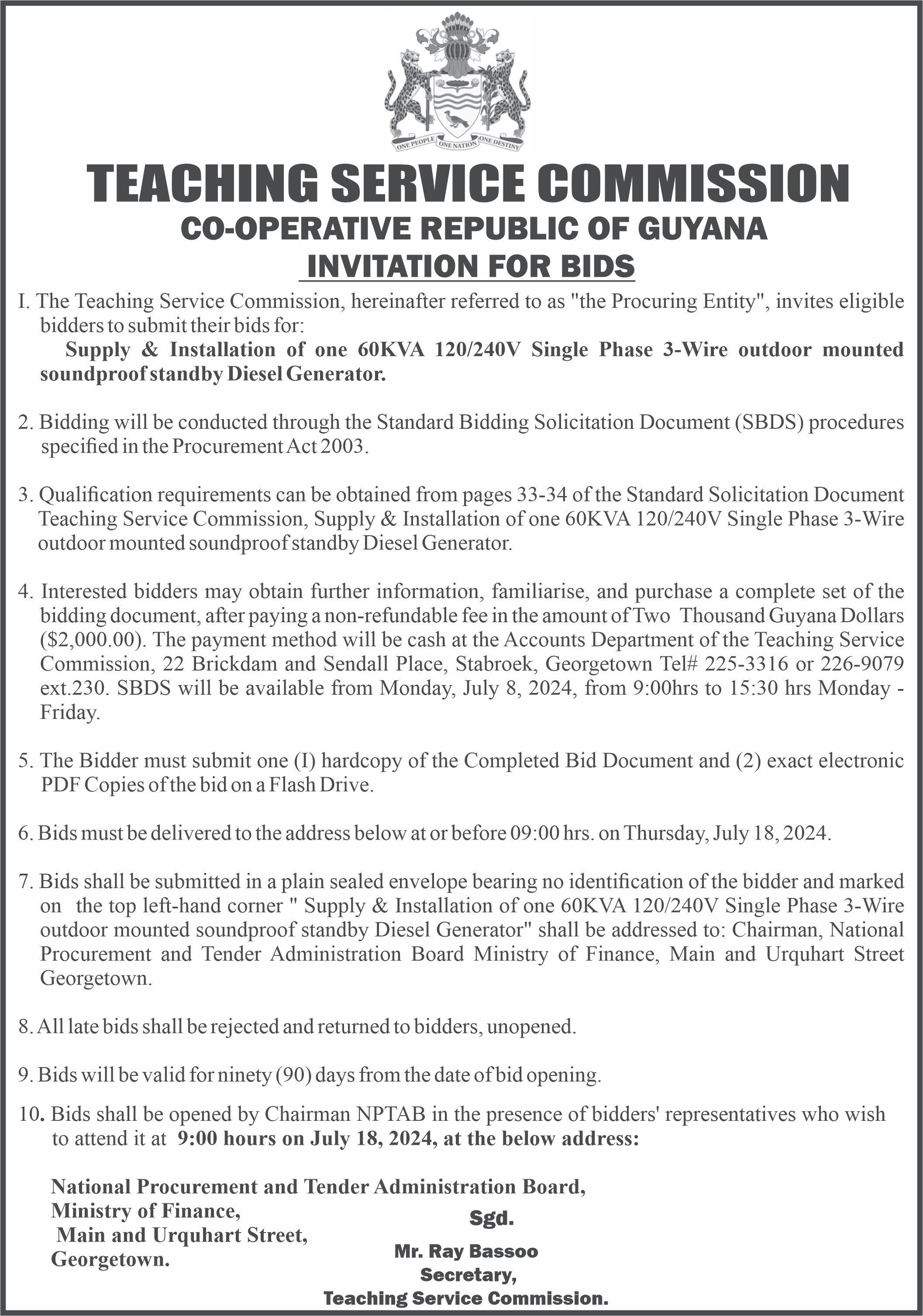




THE right to education is a universal human right. Every human being, regardless of gender, creed, background, or social status, deserves to receive an education. In the context of Guyana, Education is provided mostly by the state. It is considered free, although this does not apply to additional costs such as transportation fees or materials. There’s no annual tuition or hefty school fees to receive education in Guyana.
In fact, I’m grateful for this opportunity, especially in a developing country. However, I’d like to use this opportunity to highlight the need for further development related to inclusivity in educational systems. Inclusive education is a term used to describe the acceptance, inclusion and development of educational systems that provide opportunities and support for every student despite their differences. Inclusive education includes development in classroom designs, inclusive programmes, and curricula and providing access to education for all children.

Inclusive education often speaks to including children with disabilities in educational institutions and programmes. The concept does not take children living with disabilities (or any other differences) away from regular classrooms. Instead, Inclusive Educational Programmes are created to include every child, regardless of their pace of learning or physical/ mental abilities. Sometimes, children may need to spend time outside the classroom to engage in other aspects of enhancing their capabilities, such as physical therapy sessions.
It’s as if children with disabilities or any other situational challenges are put into a category of limitations. Who are we to say children with disabilities cannot learn as any other child? Who are we to let children who speak another language stay home simply because they don’t understand the majority language? While the concept of inclusive education appears to be ideal, it has no easy application. The teachers will need to be retrained, the buildings will have to be renovated, the families and communities will

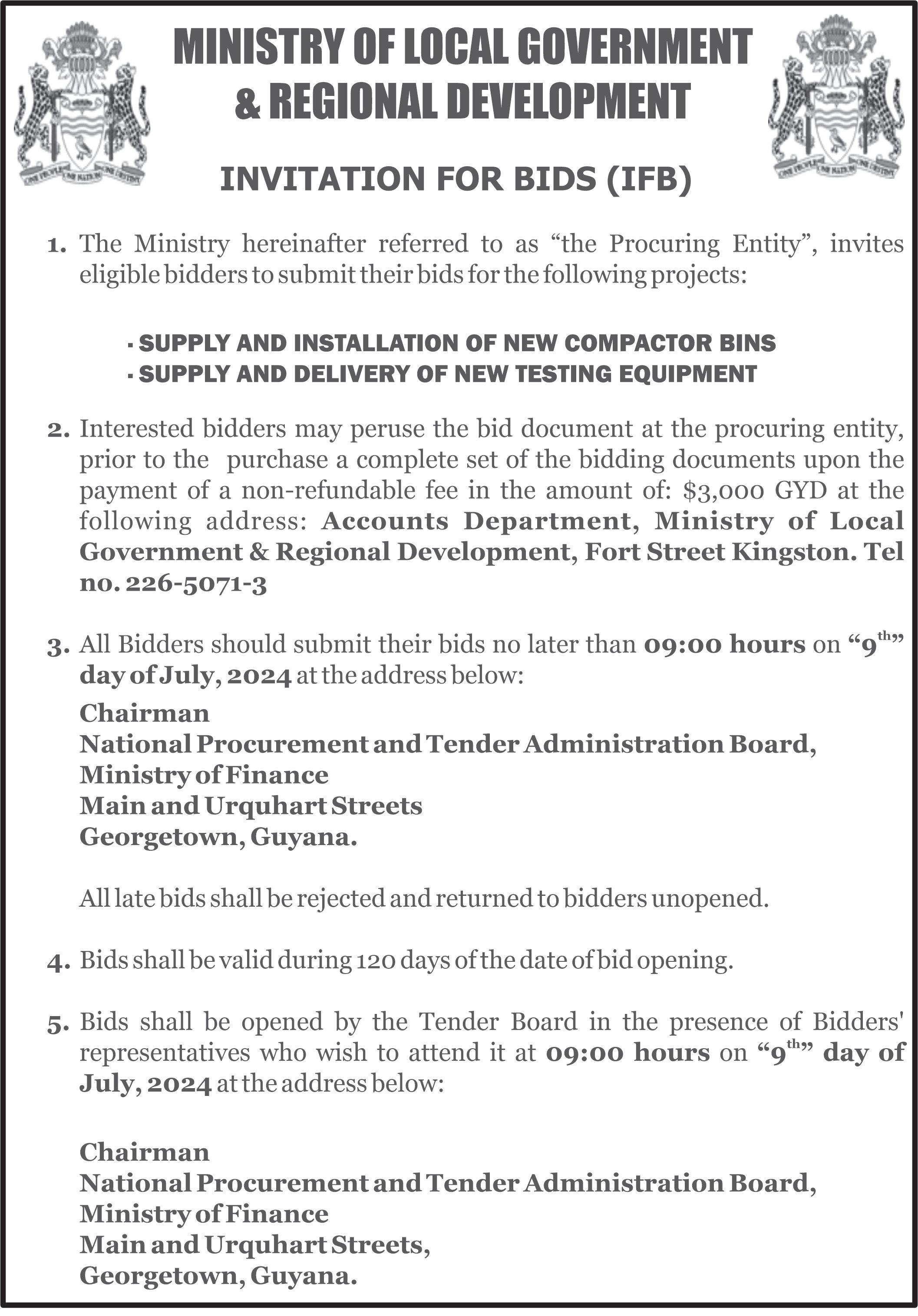

children?
FROM PAGE XIII
Cassandra thought for a moment, then answered, “Not sure how safe that would be for you.”
“Yeah,” Aanya agreed, “Maybe he’s still looking for me.”
After a few moments of thinking, Cassandra suggested, “I can make some inquiries when I go into the city next week for a meeting.”
“That would be great,” Aanya expressed, touching her friend’s hand with thanks.
The next week, Cassandra came back with good and bad news.
“The children are well taken care of by his family and are fine, except they miss you very much and continue to ask when you’re coming back.”
Aanya smiled happily but was a little sad, and she asked, “What’s the bad news?”
“He’s still searching for you and has put up a $10,000,000 reward for any information on you.”
Aanya gasped, stunned on hearing that, finding her voice after a long moment, “He just couldn’t seem to let go.”
“Yeah,” Cassandra sighed, a sad story for many abused women.
“What do I do?” Aanya asked a new fear pulsing through her being.
She knew that, maybe one day, someone would recognise her despite her new outlook.
Ten million dollars was a lot of money for people out there in society.
Cassandra thought for a long time, then said, “What didn’t happen in three years can happen in one day. A team is going up to the Amazon in Guatemala in two weeks’ time. I could probably send you with them but…,” she paused uncertainly.
“But what?”
“There are many dangers in those jungles. People have died there.”
Aanya got up and looked across the river, seeing otters playing and frolicking in the distance. Then, she turned back to her friend and said, “How long am I going to run?”
To be continued…
FROM PAGE XIX
need to be sensitised and new content or materials will have to be introduced. It also means that we should remove obstacles that prohibit ALL children from learning effectively, such as ineffective policies.
This requires a lot of investment, effort and evaluation. Nonetheless, I look forward to further improvements in policy reforms and changes towards inclusive education in Guyana. We have a chance to change the way our children learn, and, as we develop further, it’s only fair that we invest deeper into every single child in a classroom setting. We should not only apply a generalist approach towards learning experiences and opportunities for children. I urge all educators and teachers to adopt an inclusive mindset when teaching children across Guyana. Unfortunately, many children are not diagnosed with disabilities or some parents do not even understand that their child can still attend school even after a diagnosis.
As such, I am pleading with you all to do your personal research and understand more on what this concept means and how you can adopt some of its methods in your classroom setting. You do not have to wait on policy reforms or adaptations to be an inclusive educator. Every child is different, and every child will not be able to learn in the same way. Nonetheless, every child should be able to have access to education—regardless of what they look like or who they are.
FROM PAGE VIII
Mackenzie High.” Dorothy’s experiences and the fact that she overcame them are why she’s so resilient. She says she hopes to inspire young people to have this same kind of resilience and belief in themselves. “I don’t believe in defeats and I don’t like young people ever to say, ‘I can’t do this.’ Never take no for an answer,” she advised.
On community development, Dorothy says that progress in Bamia over the last 17 years has been slow, but noticeable. “I have not seen 100%, but we are working along. We are working to get water. When I came in, we used to have to use lamps. But yes, I am seeing a slow improvement.” These gradual improvements have brought Bamia’s potential to the forefront. More people have ventured into the community; some for peace and quiet, others seeking more industrious ventures.
Dorothy further added, “It’s very slow. I notice there are a lot of foreign investors coming into Bamia. They don’t have any more land in Bamia. At the back of me, there will be a Trinidadian guy opening a new detergent factory, the first in Bamia. And just beside, at the back, they’re opening a steel factory as well.” Dorothy’s personal growth mirrors that of the community. Today, Dorthy lives a happy and comfortable life in Bamia, while the community continues to blossom, while she takes on new ventures of her own.
As Bamia continues to evolve, Dorothy Gibson stands as a beacon of perseverance for the younger generation. Her life story serves as an inspiration, showing that with determination and hard work, one can overcome even the most challenging circumstances. Through her role in the Community Development Council, she continues to contribute to Bamia’s growth, ensuring that the village’s progress benefits all its residents.
The story of Bamia and Dorothy Gibson is a reminder that community development is not just about physical infrastructure or economic growth, but also about the personal journeys and collective efforts of its people.
FROM PAGE IX
the community, listen to our concerns, and find solutions. If you’re in a political party and need votes, you need to show people what you’re doing. The elected leader who is called to be a leader will make sure things get done,” she said.
Although she wasn’t born in Bamia, Orleita’s three children were. This, among many other things, has crafted her unique and profound appreciation for Bamia. Seeing Bamia grow and overcome countless challenges throughout the years, Orleita urges people not to lose sight of what’s important: each other. “We have nice people in Linden, very cooperative persons living in Bamia. Socialising was a problem, but we overcame it. If the community could get people to come and get things done and mobilise people, we would see more development. Development means that a group of people have to come together.”
Orleita’s story is just one of many that showcase the impact of community and personal growth. Her journey from the Pomeroon to Bamia represents not just a geographical change but a shift in lifestyle and perspective. Similarly, we see the evolution of Bamia – from a place without electricity to a growing community with increasing amenities and opportunities.


FROM PAGE VI
map that marks part of the boundary. The land is vast, but it’s basically a small community.” Although not home to a big population, Bamia is a vital stop on most people’s way to Linden, offering creeks and neighbourhood shops.
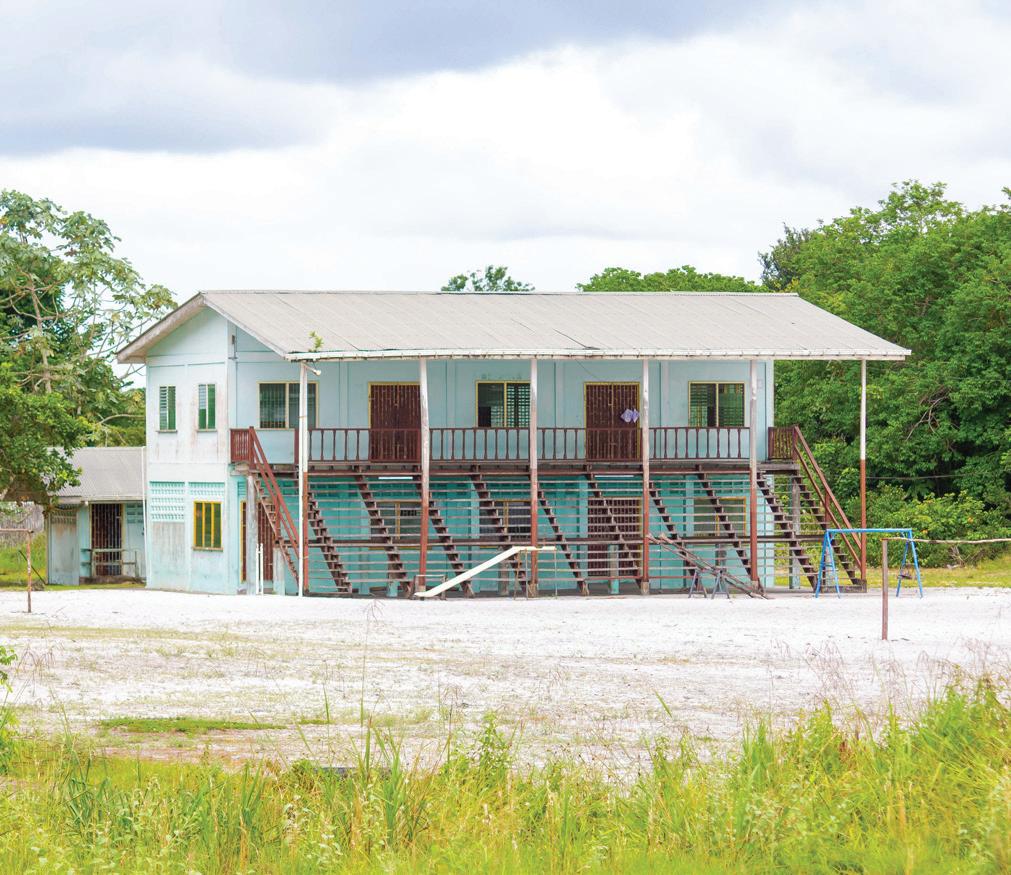
Another interesting aspect of life in Bamia is its self-sustainability. The community houses a community centre and police outpost. Shops, farms, a church, as well as a masjid also make up the community. Apart from regularly rearing his sheep, Seon also plays the role of the village’s Imam. Seon did not have the luxury of smartphones as a child, which sparked his love for books and learning. As he stated, “I’m a community leader here. I converted to the Muslim faith when I was 11. I used to read a lot of books, which gave me a reservoir of knowledge.”
When he is not teaching others and playing an integral role in his community, Seon is a farmer. He rears sheep on his land at Bamia, raising them to be resold. Although the region is home to plenty of farming, Bamia seems to be the only village not on par with this. Seon says Bamia has great potential and few farmers; the community just needs some support. As he stated: “We have a community centre and some farms. There’s one farm over the hill. I used to have over a hundred animals, but now I just have a couple. I need some support, but there’s none anywhere.”
On the matter of livelihood, Bamia’s location gives villagers a unique assortment of jobs to choose from. Logging, mining, and farming are popular options. Jobs at local schools and health centres are also growing options among the community’s young people. However, employment can still be challenging. Seon explained, “Most people here are just trying to survive. Some work in the bush, but not many. A few months ago, we could get a man doing a little farming. But it’s never been anything big. They are just taking their lives day by day.”
Bamia is not much different from its neighbouring counterparts. With rich soil and captivating natural beauty, Bamia is overflowing with potential. Seon reflects: “Bamia has potential, but we need support. The land is here, the people are here, but we lack the resources. It’s a beautiful place with a lot of serenity.”
Seon says the serenity and uniqueness of Bamia make it special. The community has undeniably come a long way over the last few years. But it still has a long way to go. After receiving electricity in 2015, the community is now on the road to acquiring water with the construction of a new well. A new school is being built on the other end of the community. This will have a profound impact on the region’s education sector and, moreover, the country.
The small changes in Bamia are part of much larger changes happening throughout Guyana, making the country a better place one village at a time.



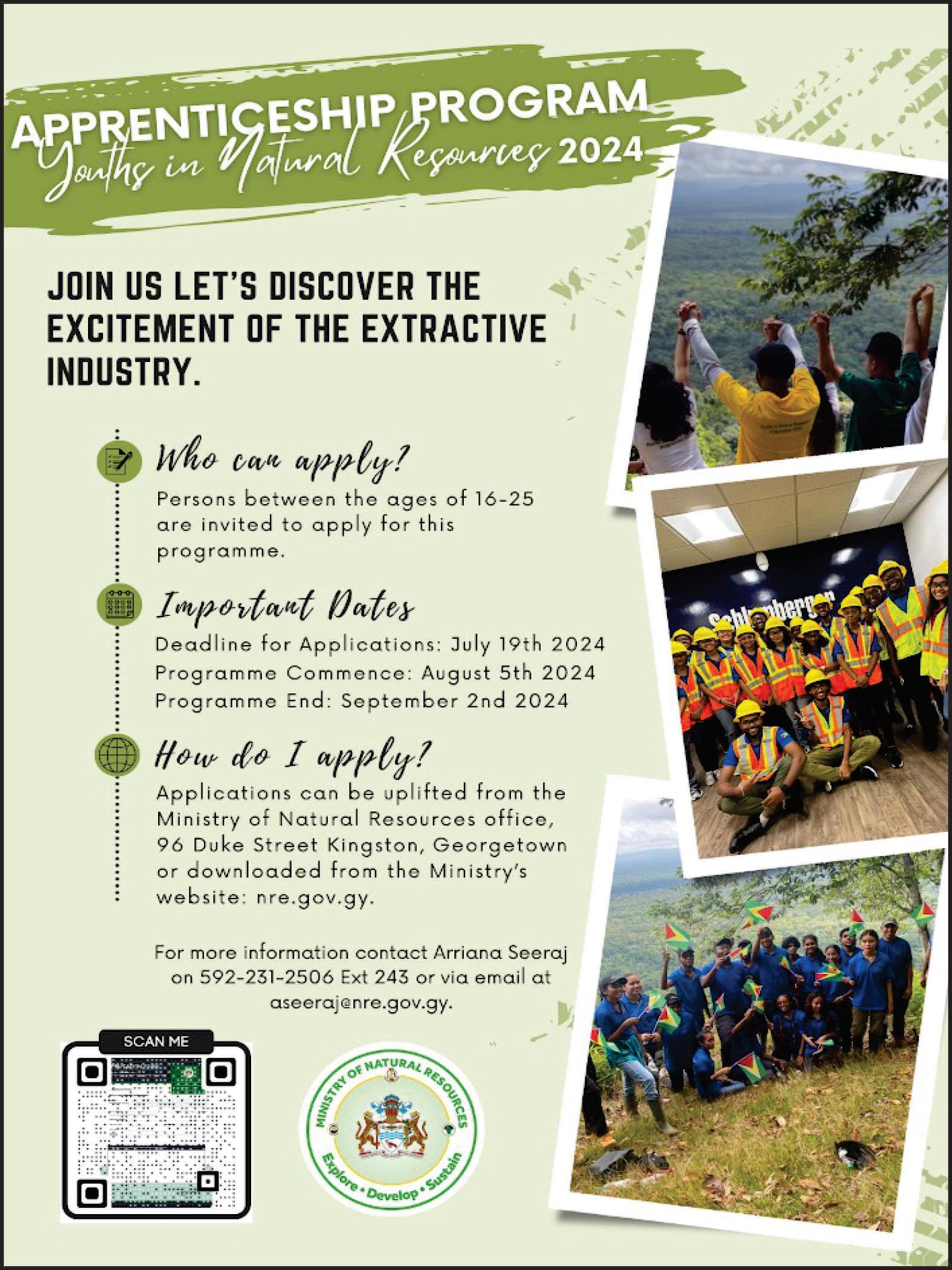


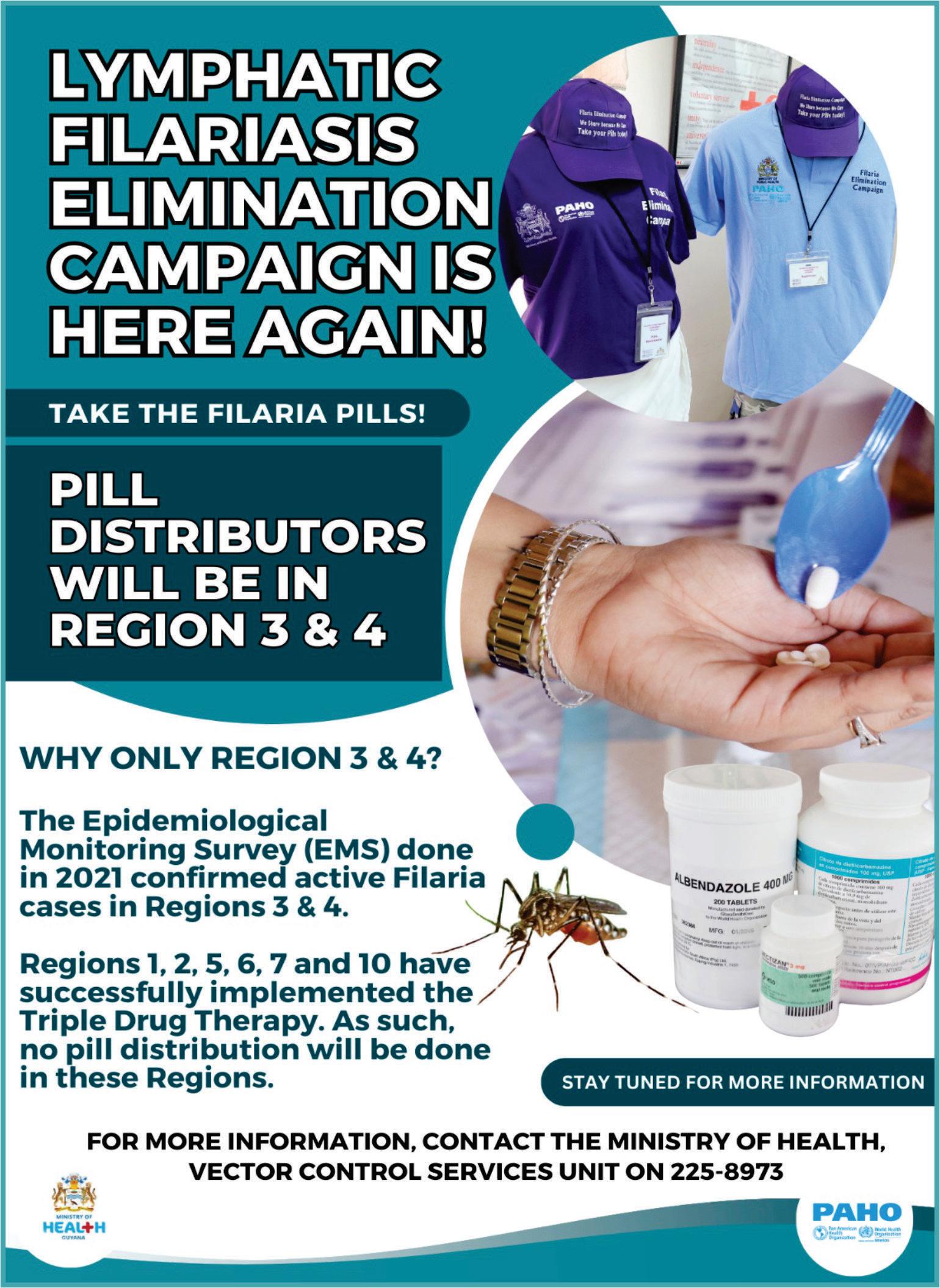






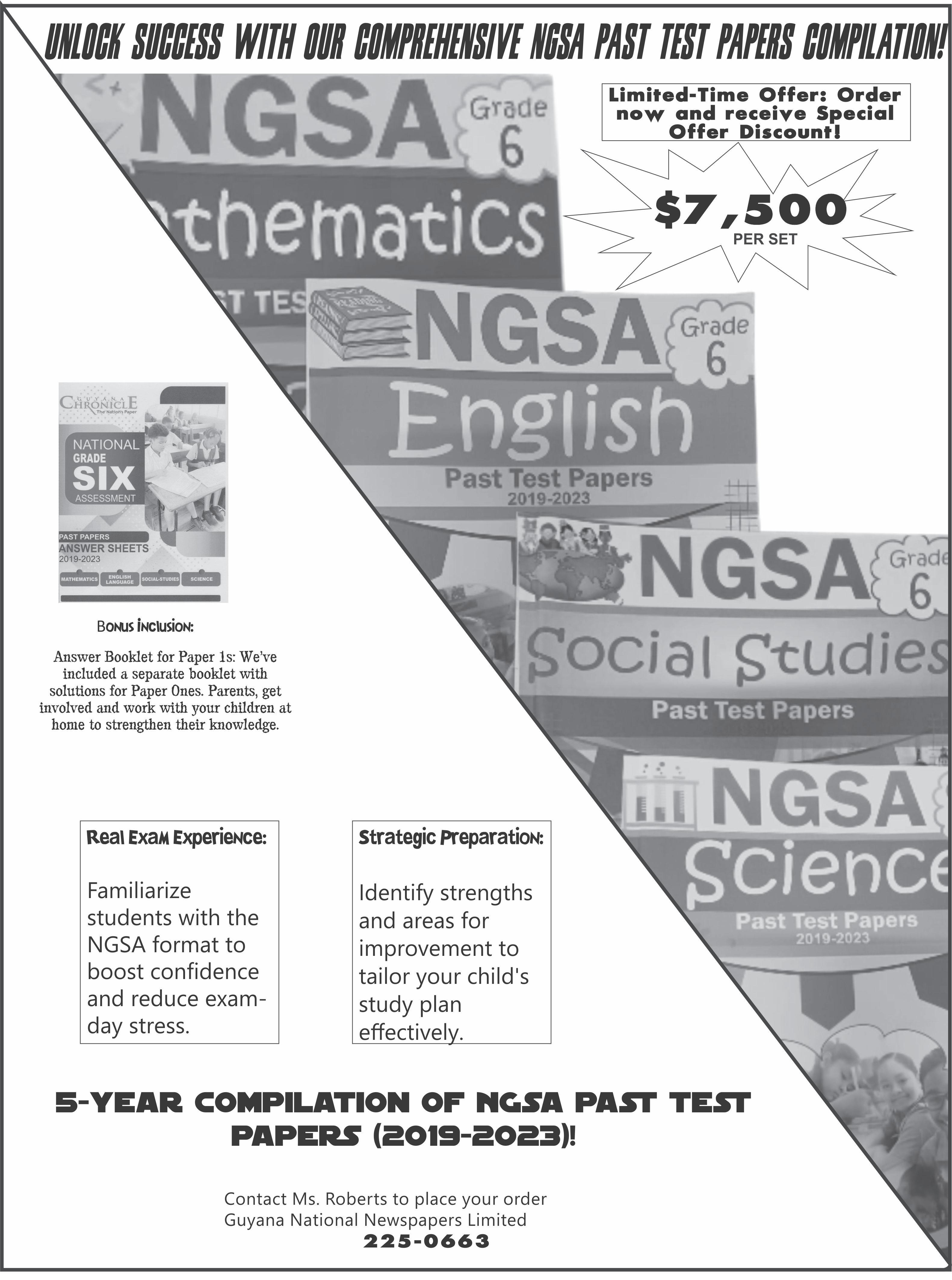



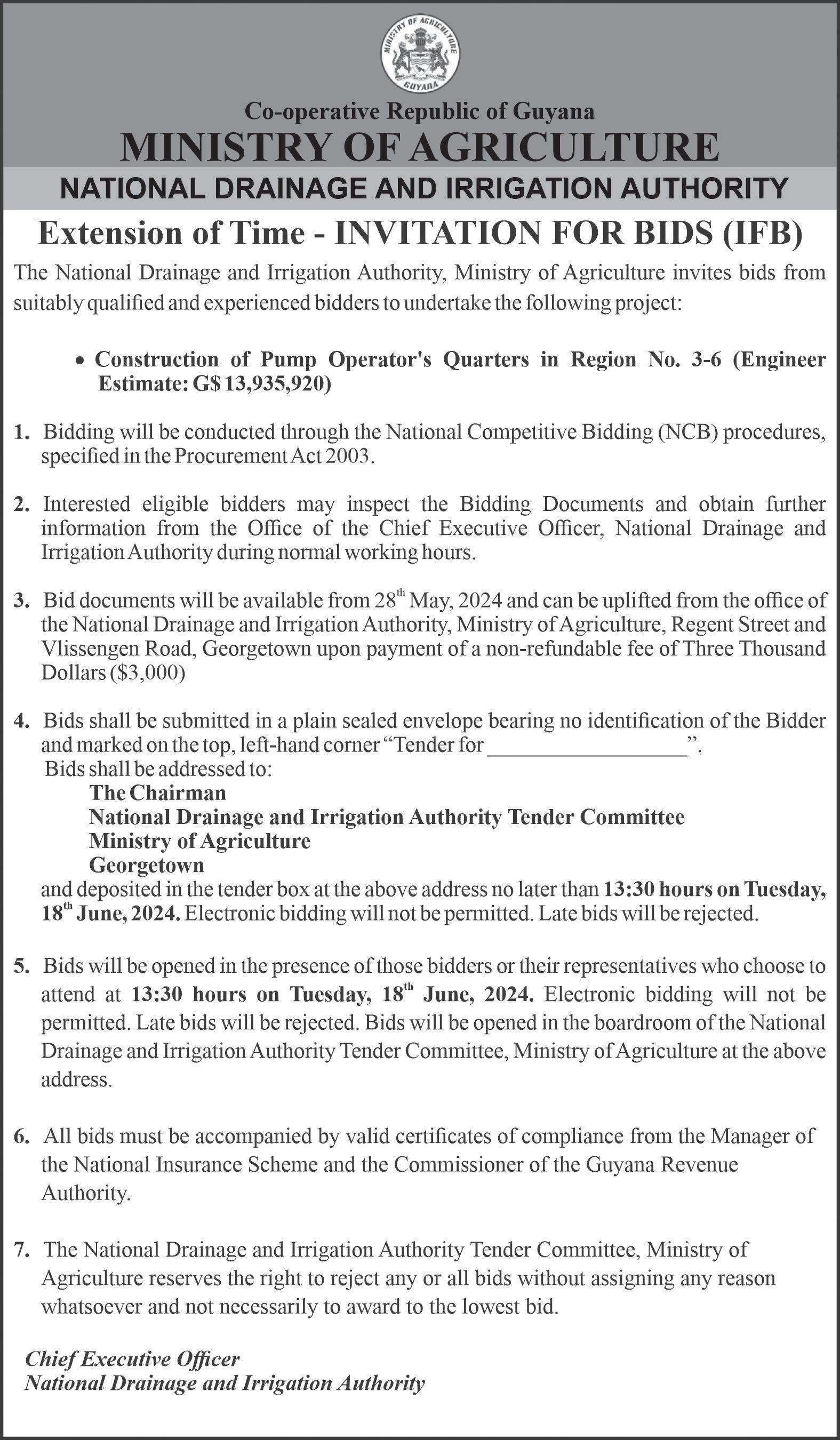

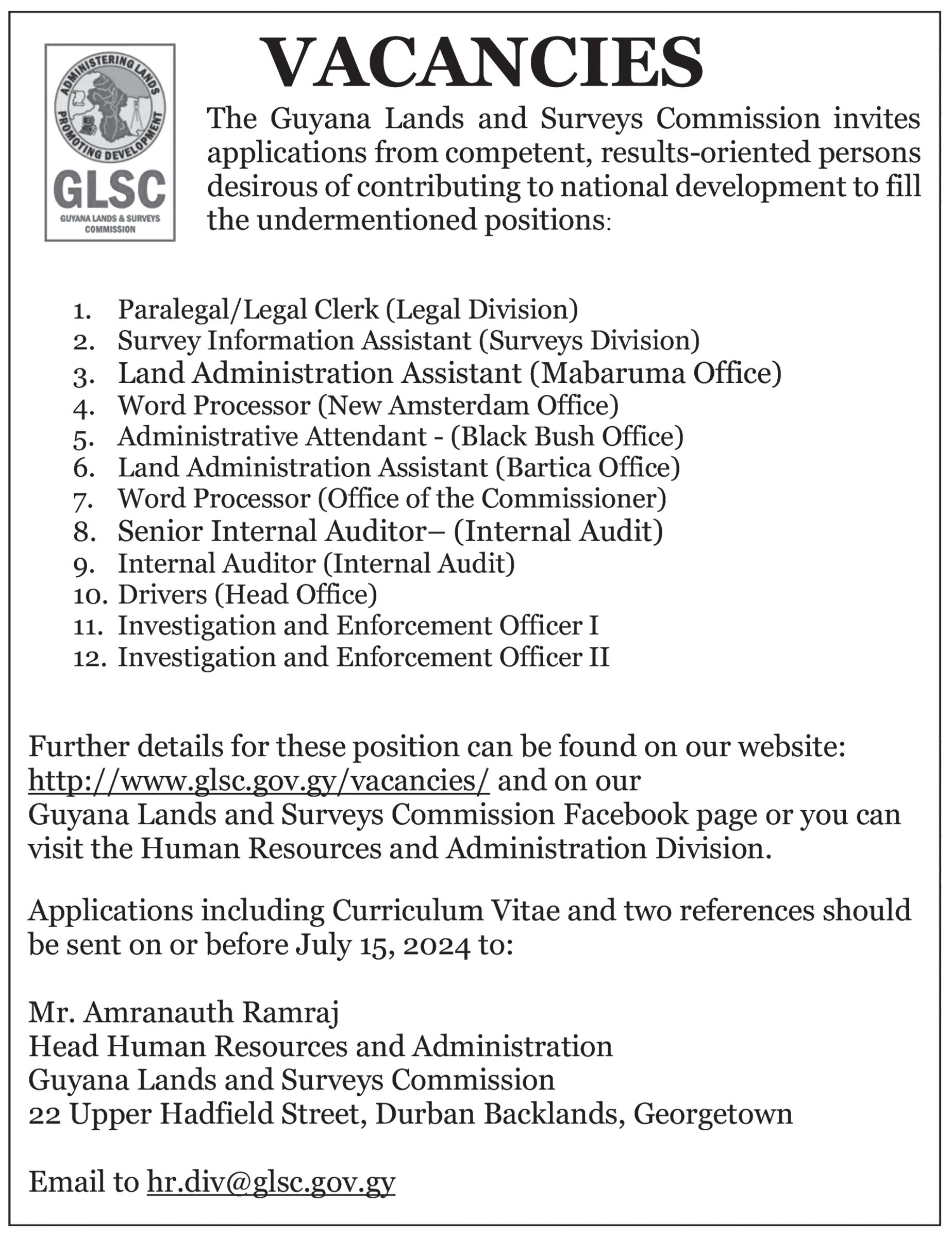

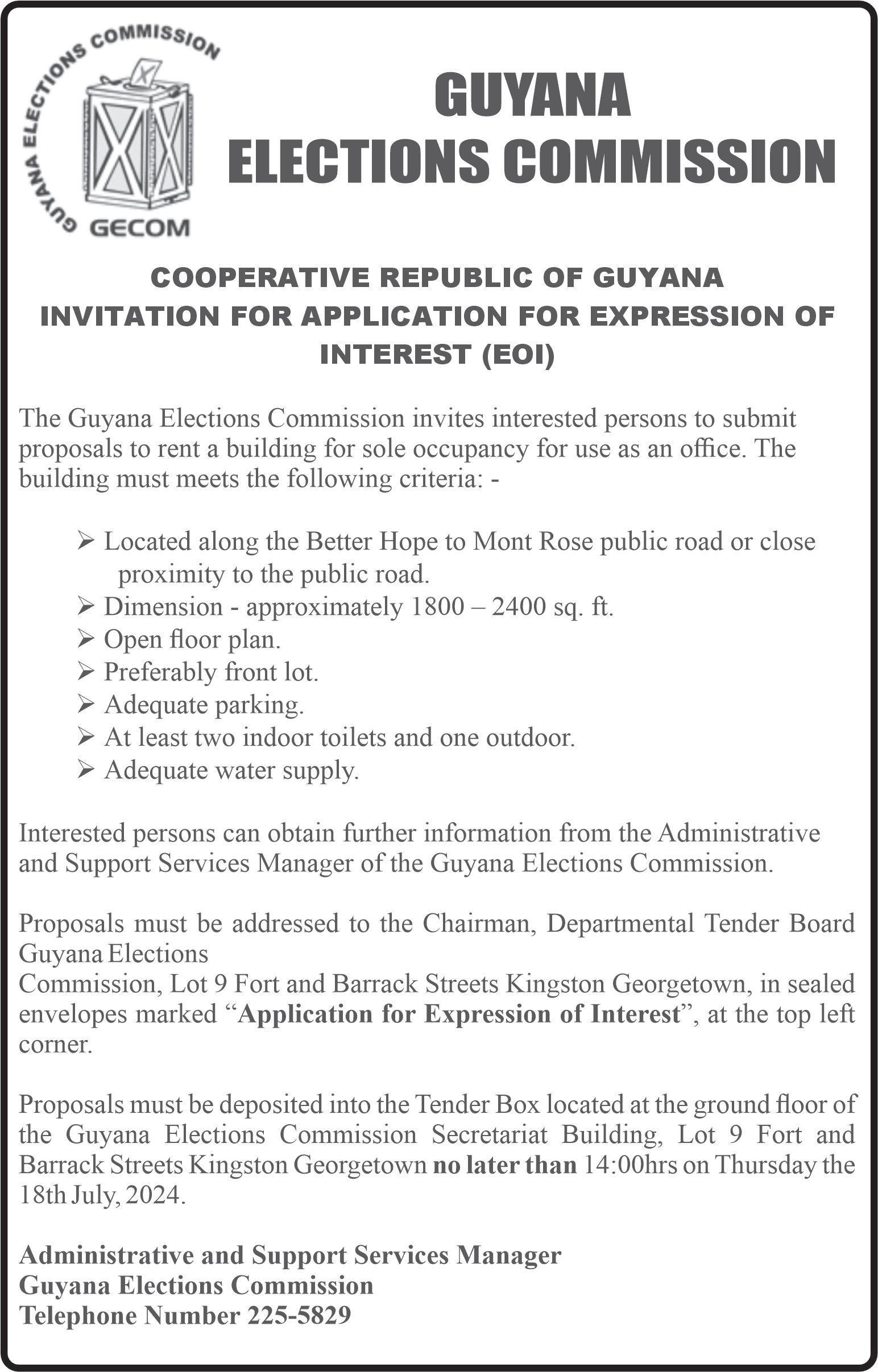


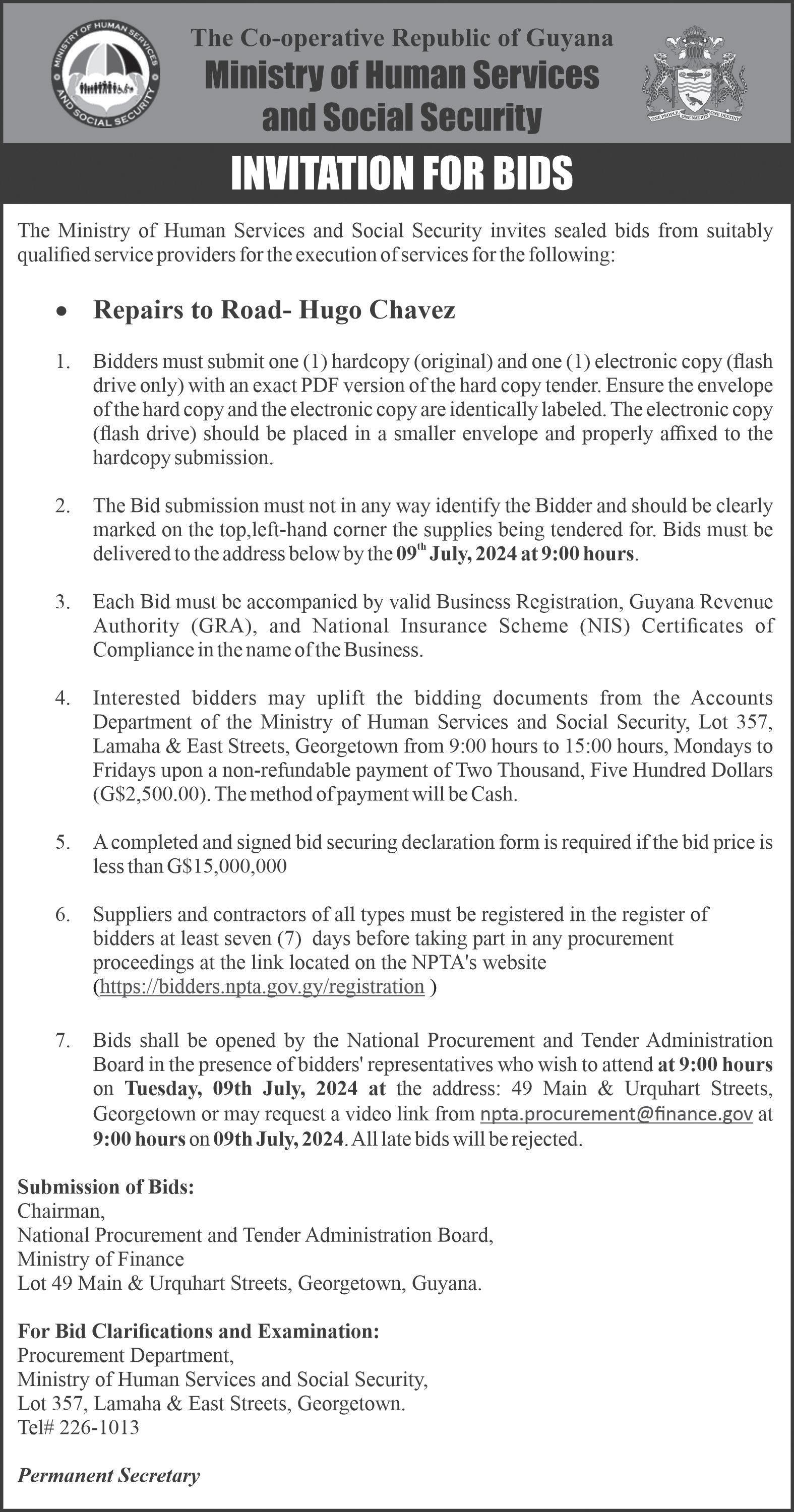
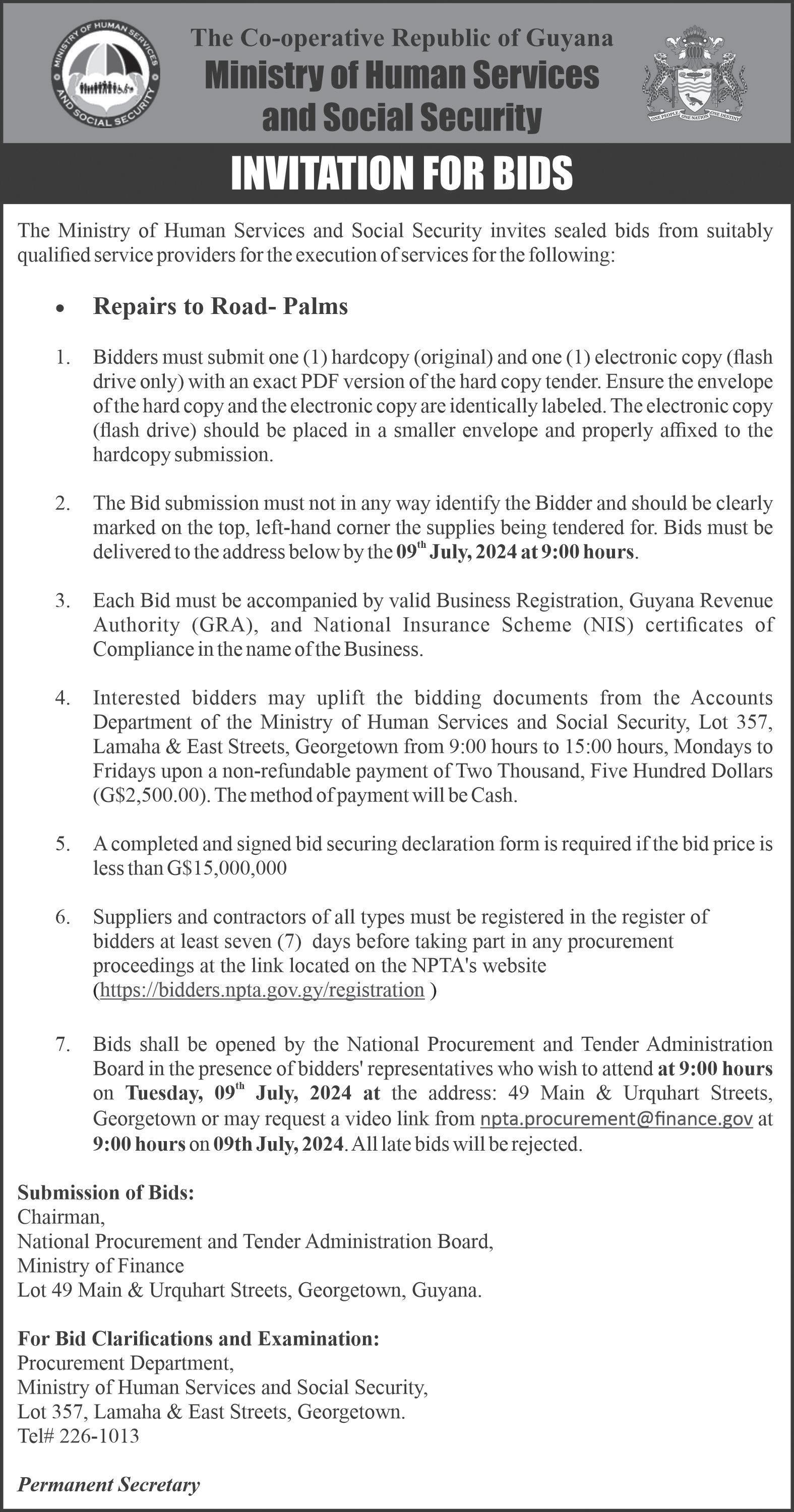

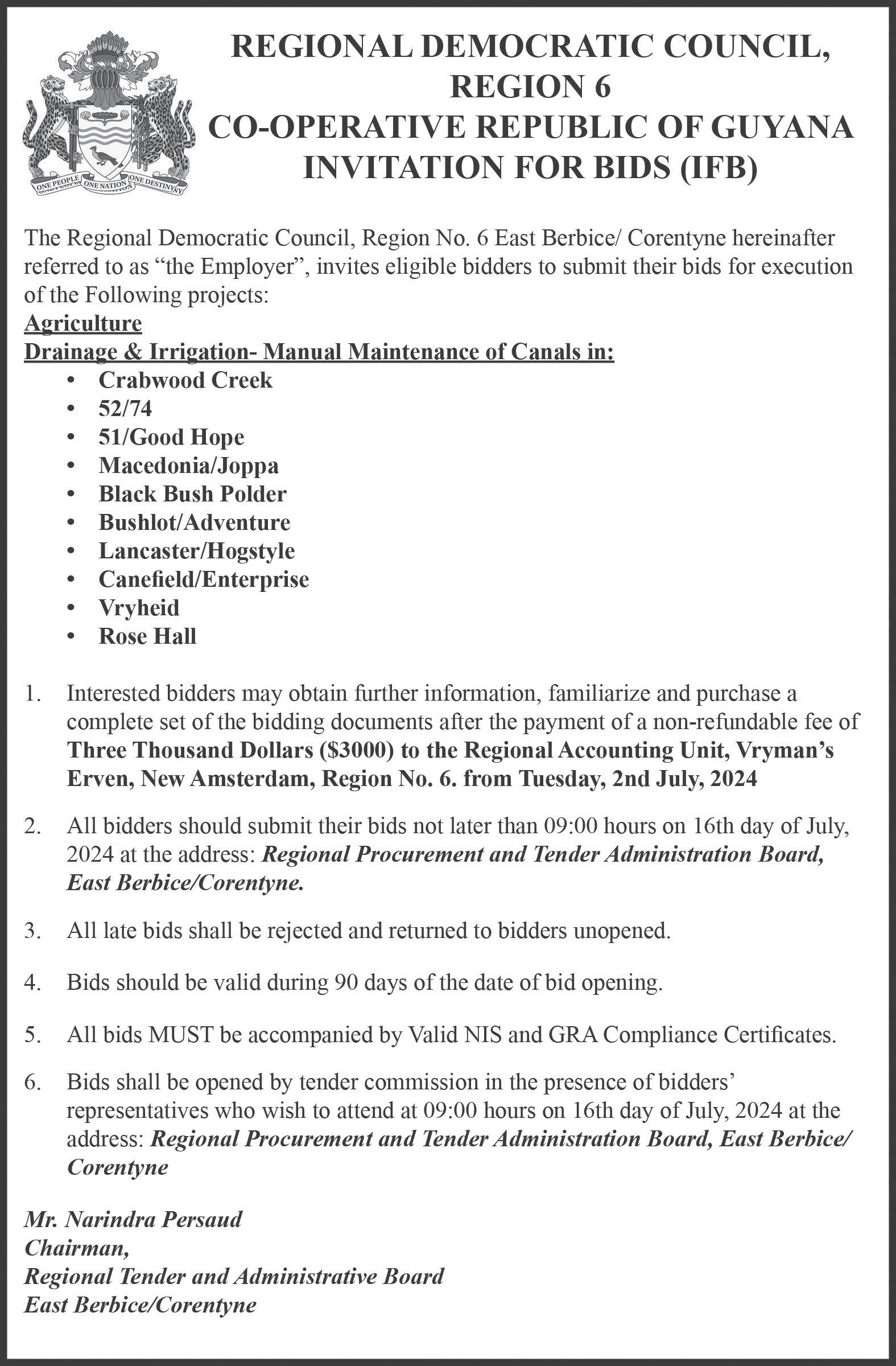
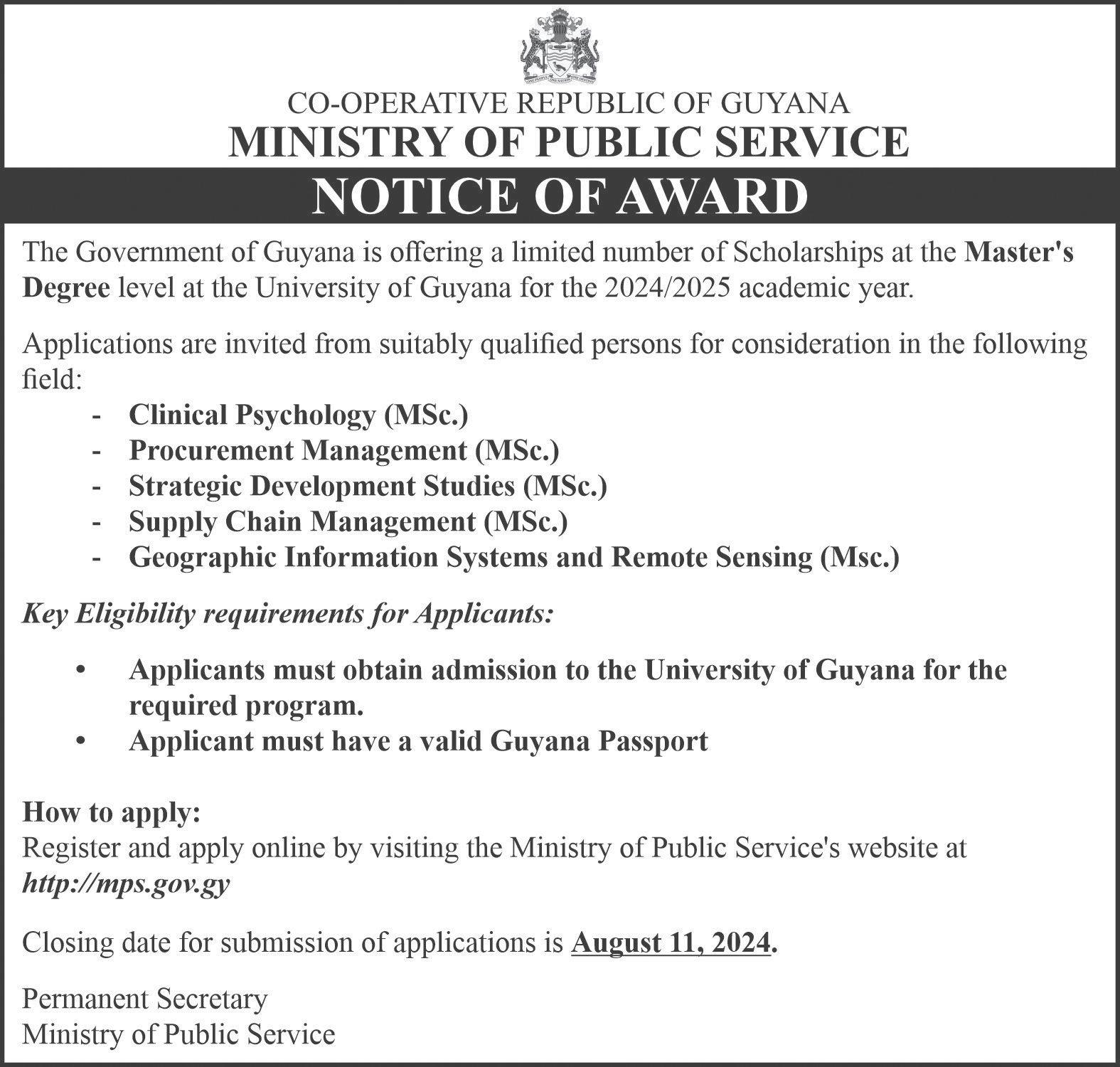
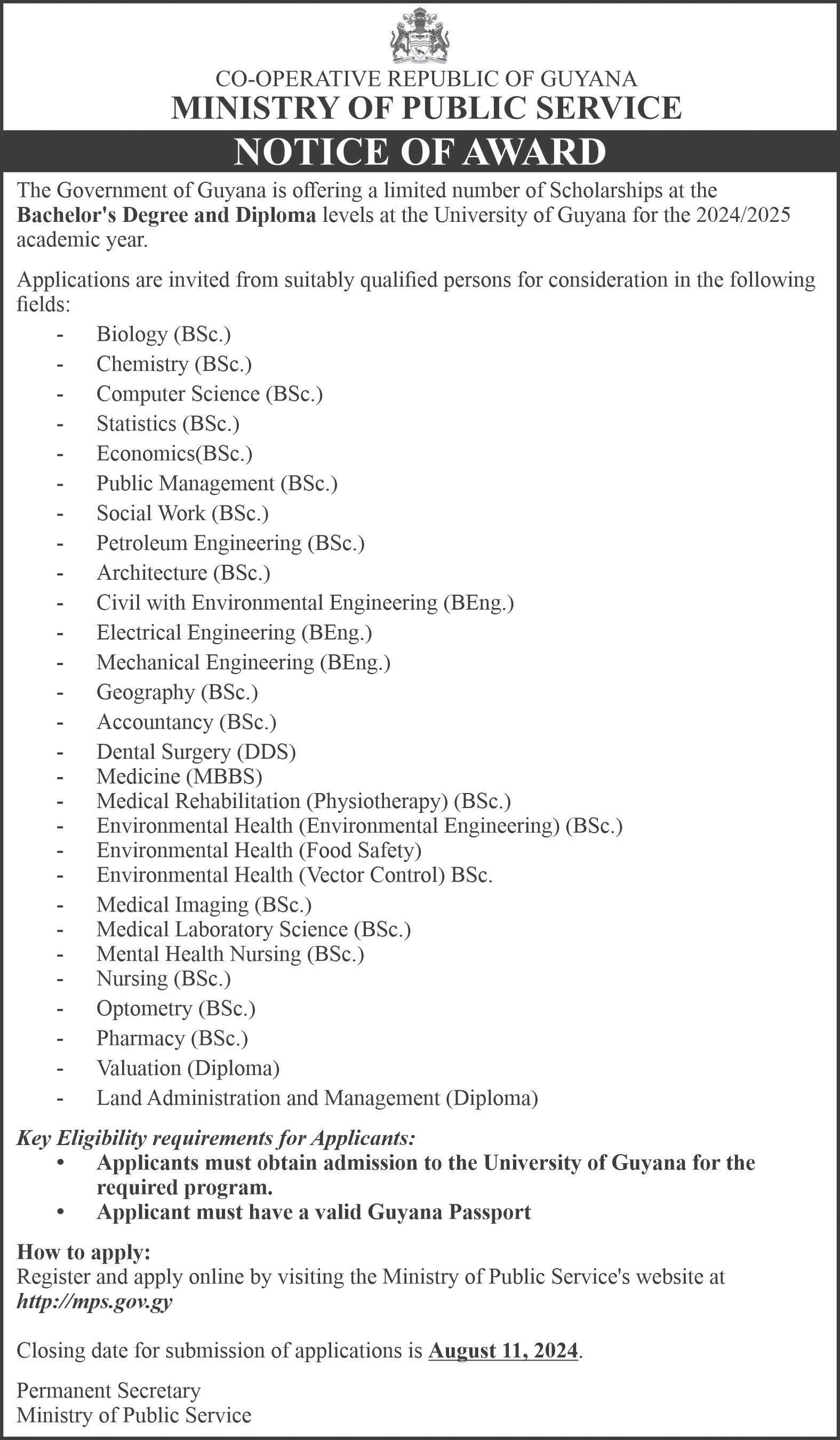

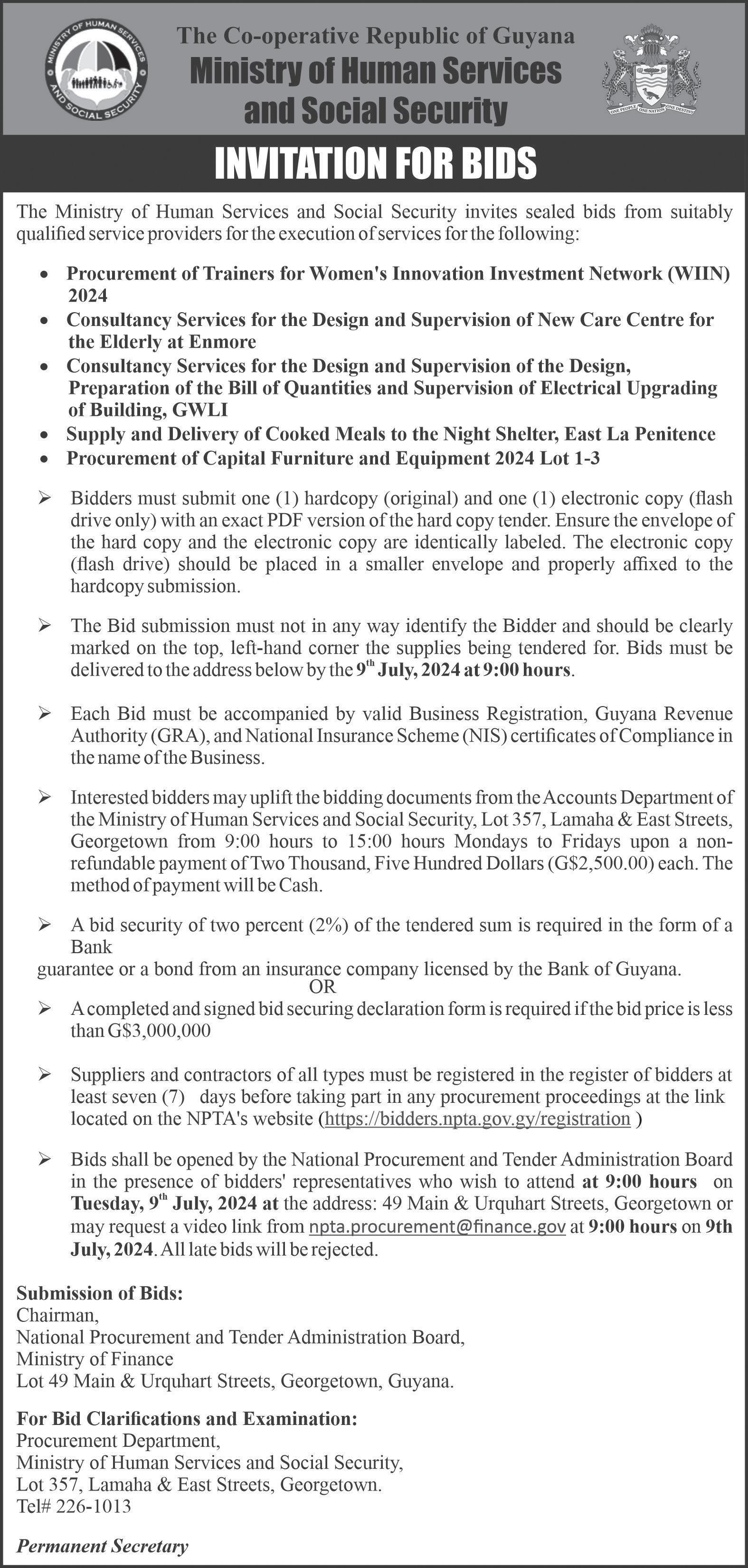
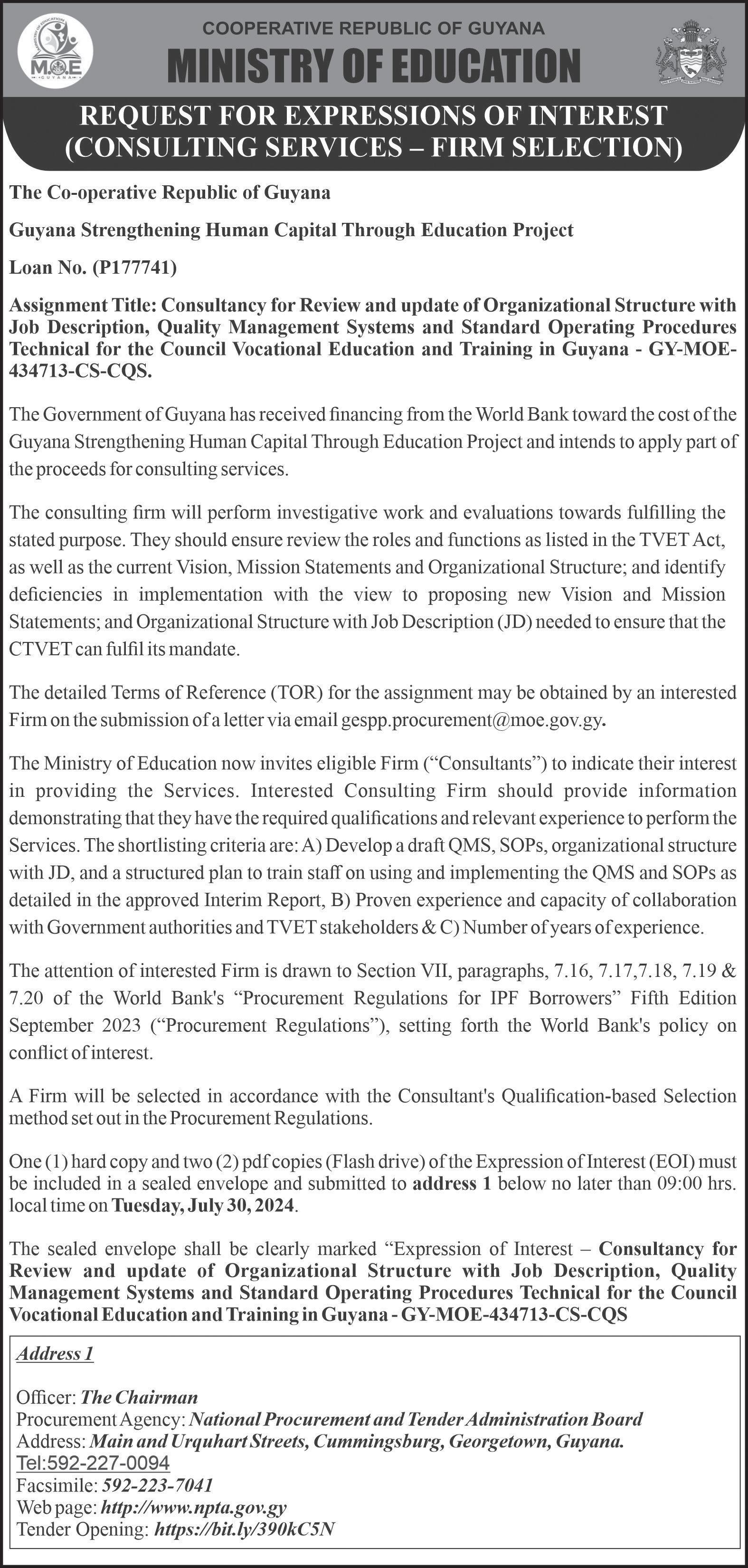
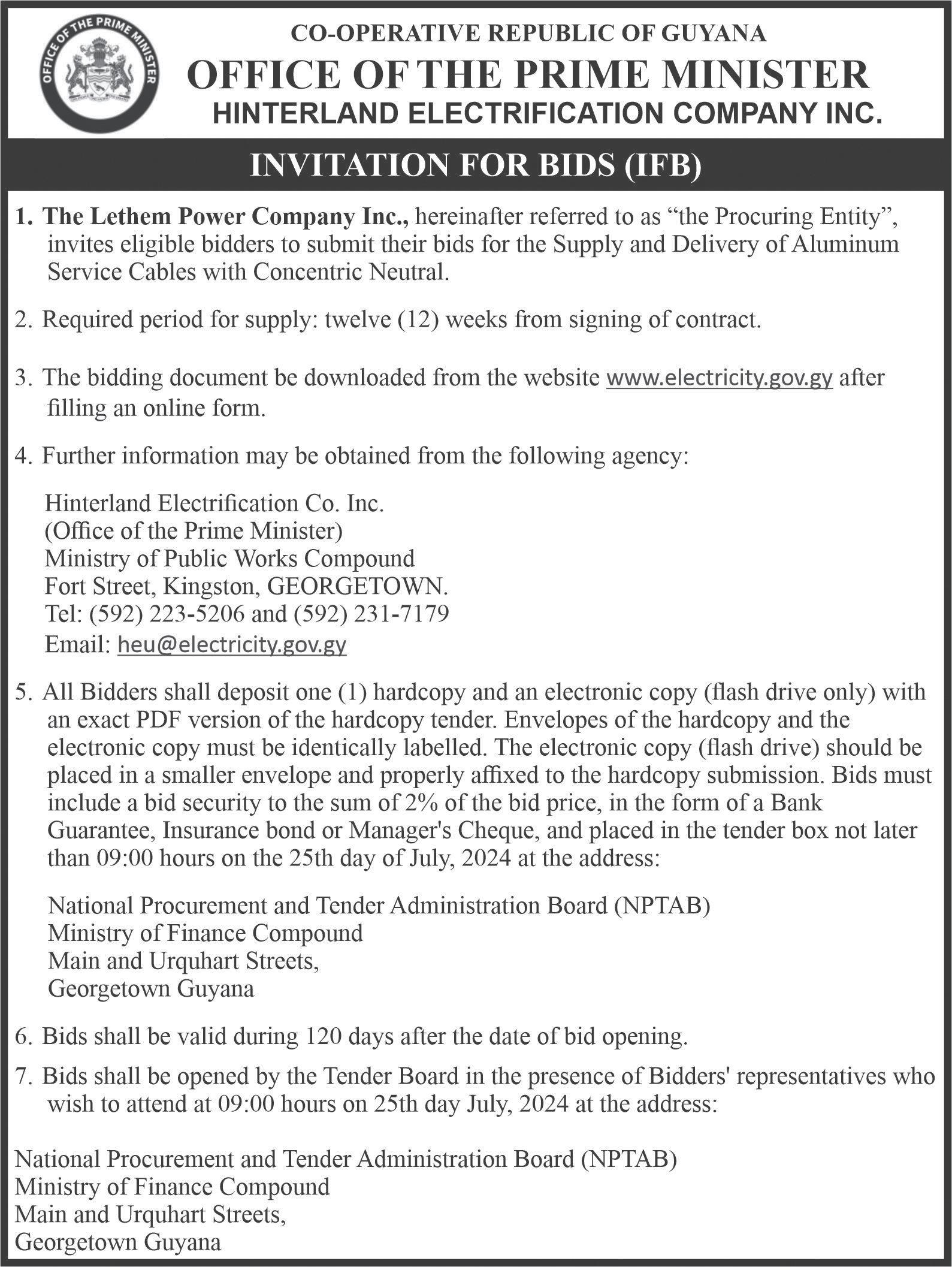
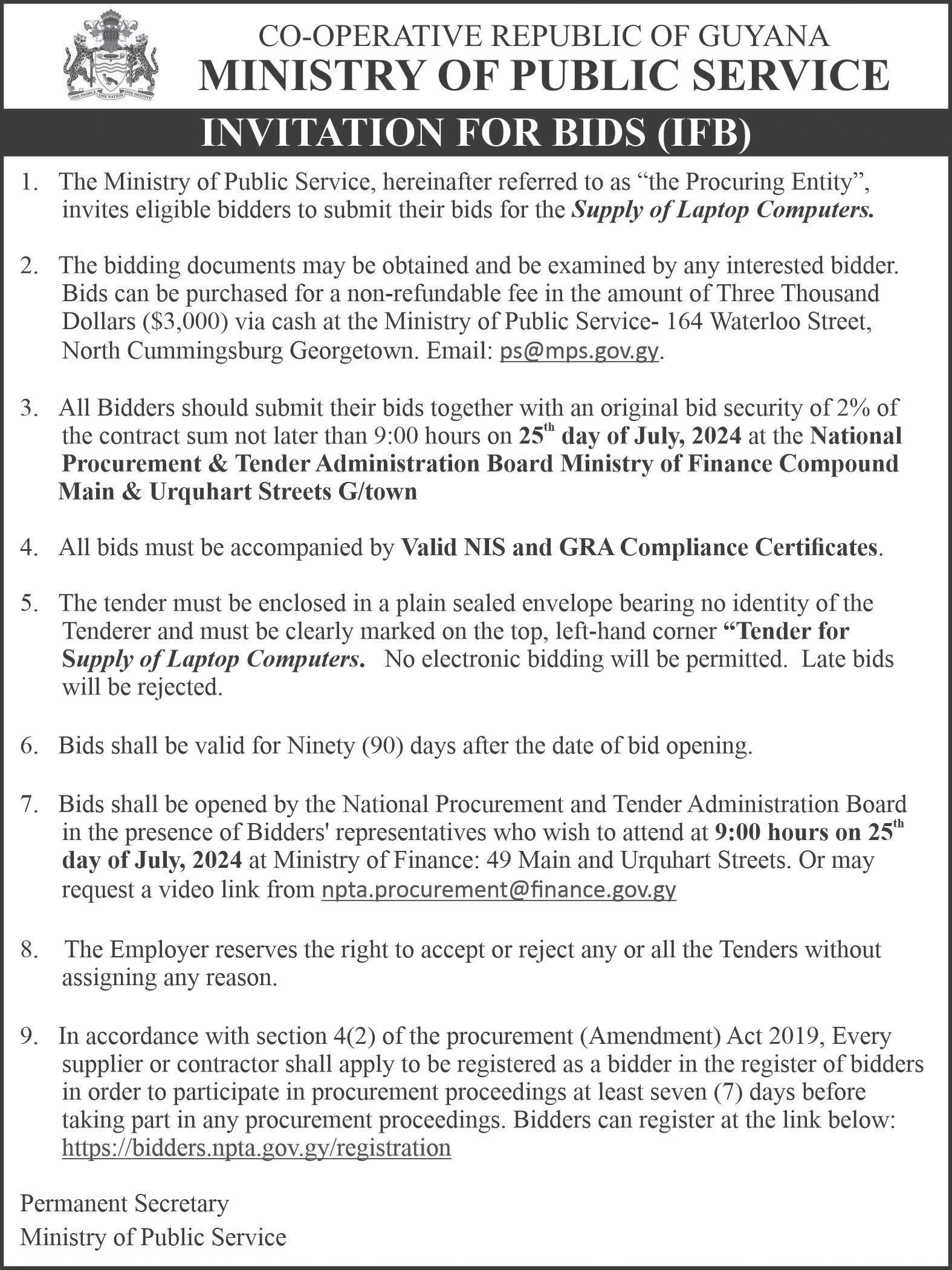

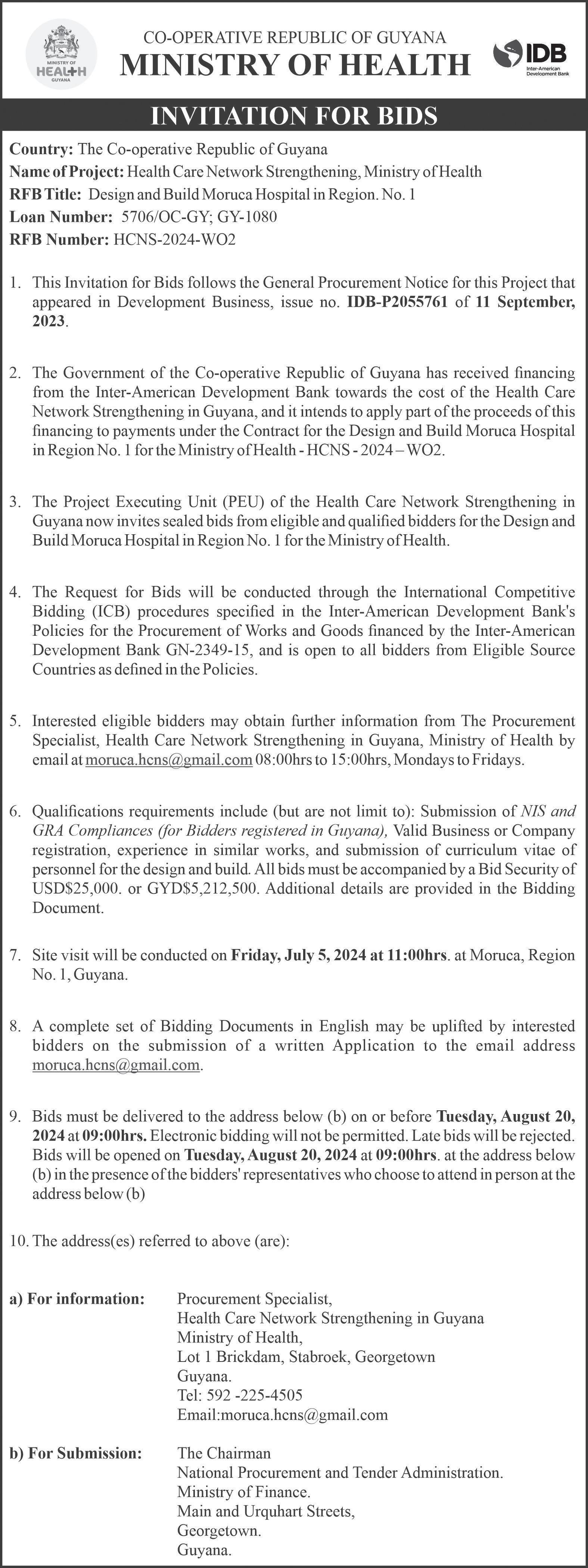
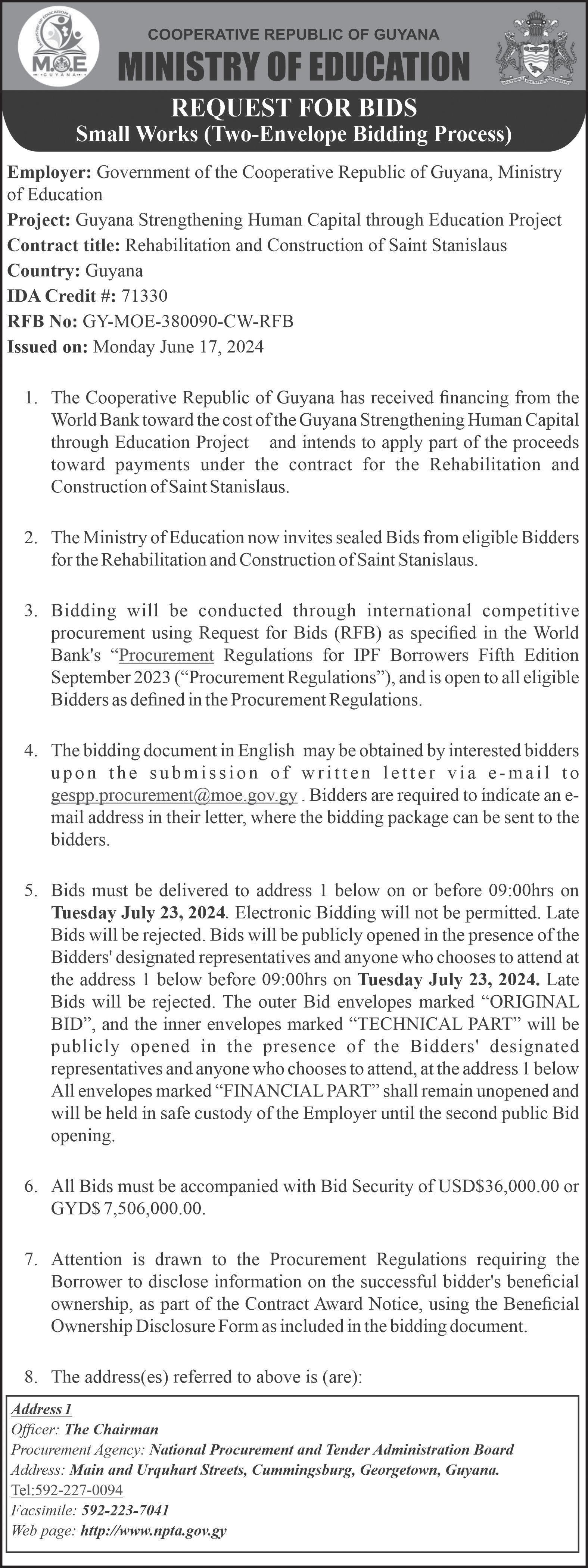

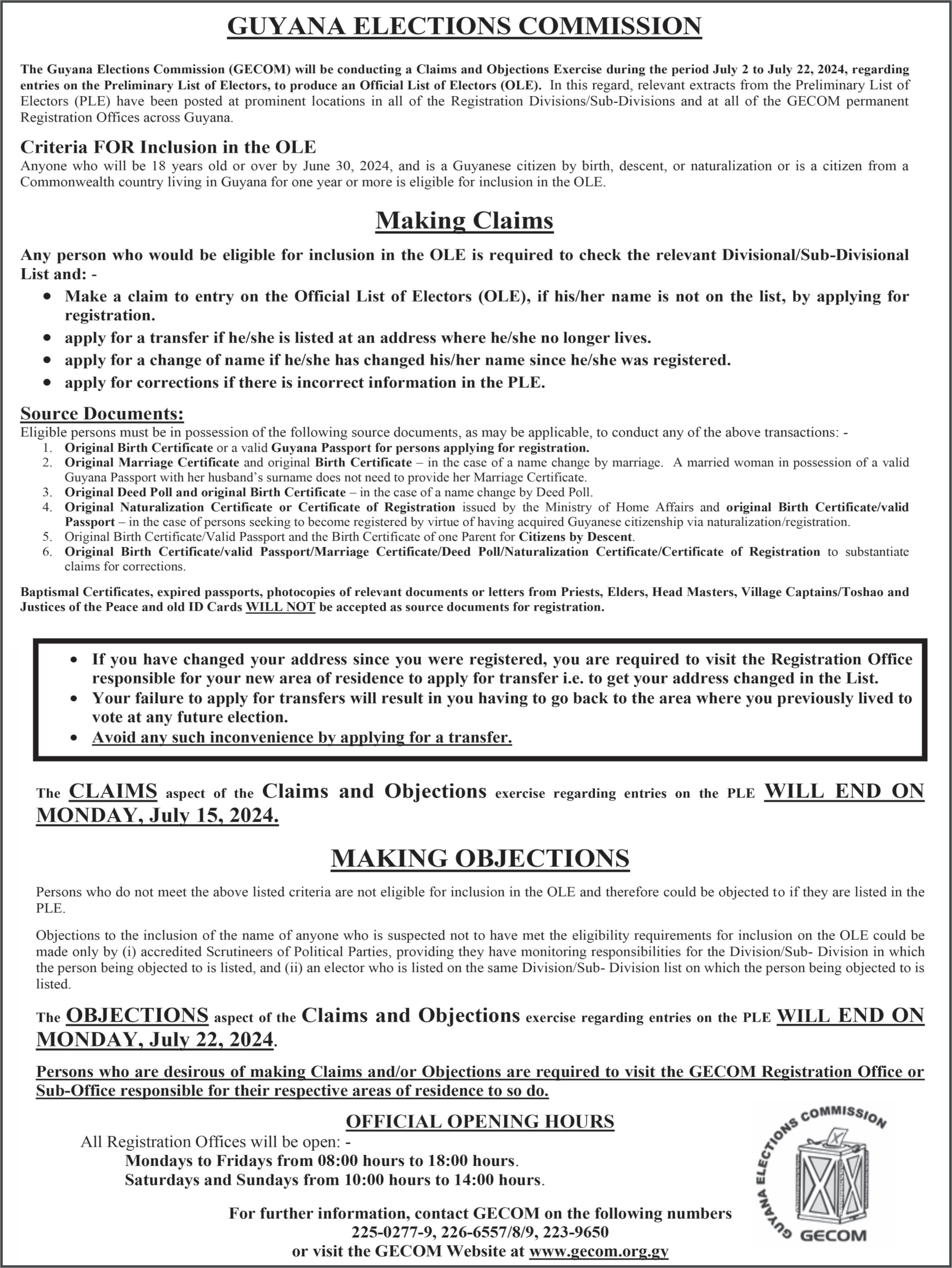
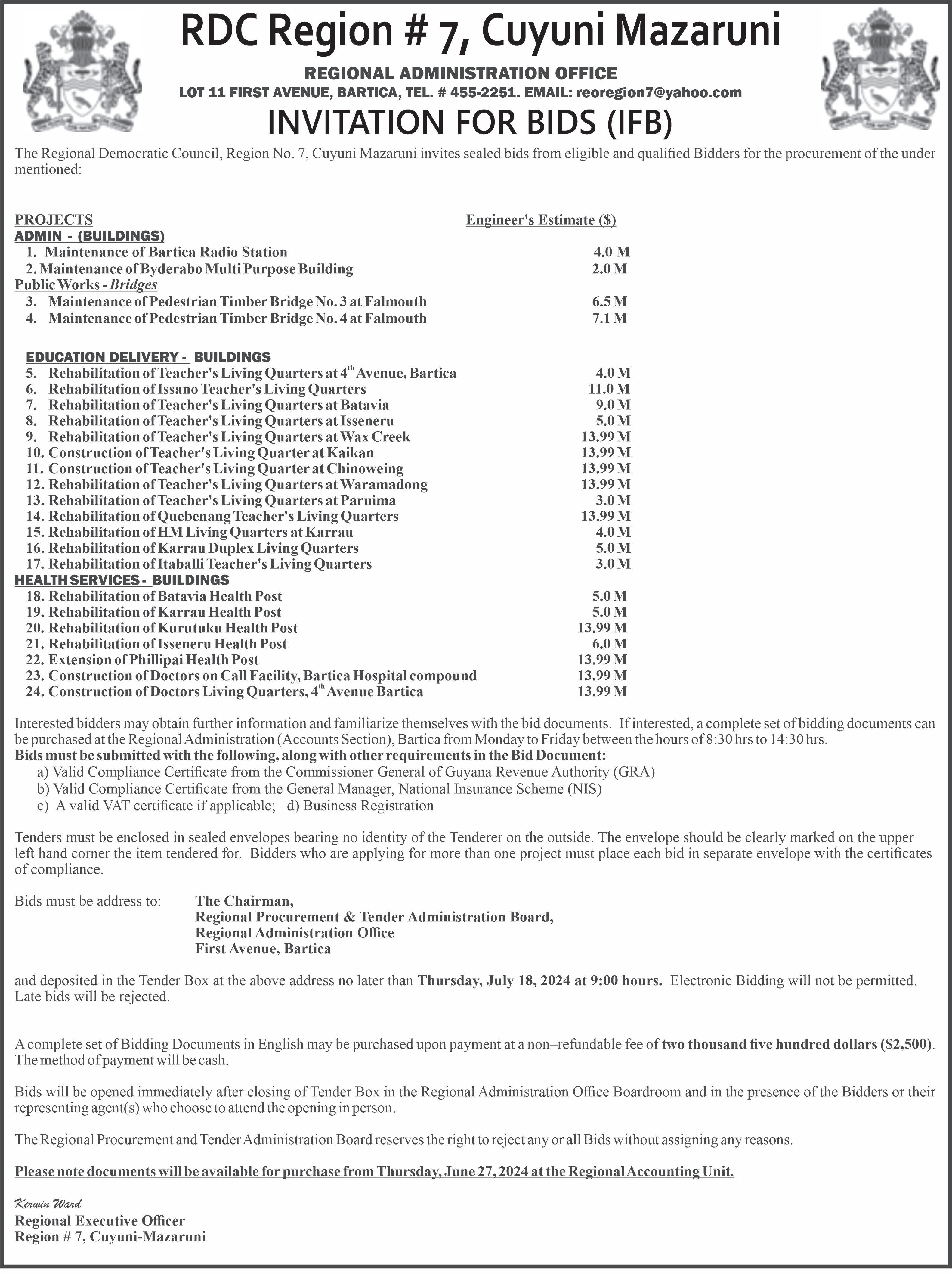
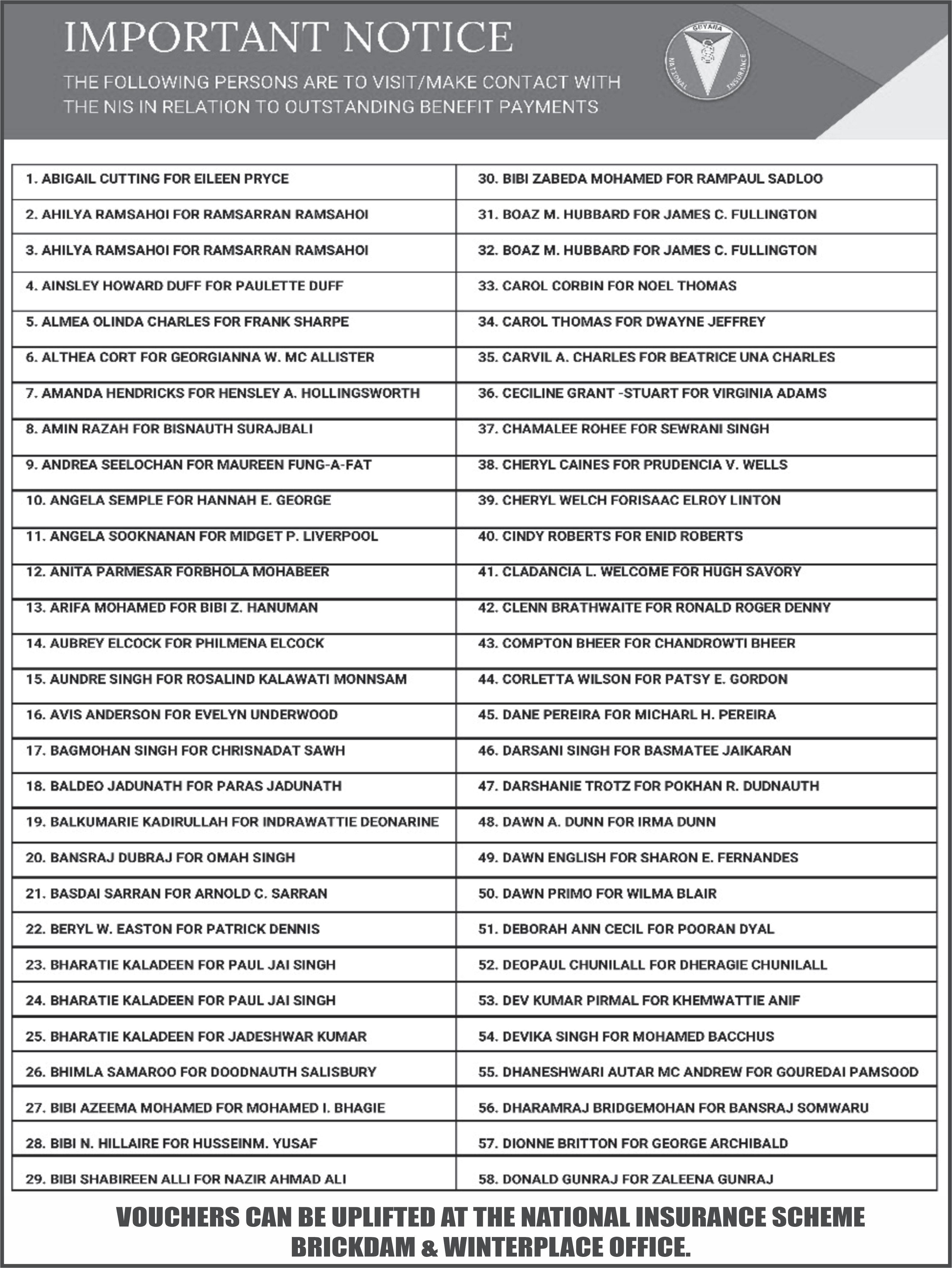
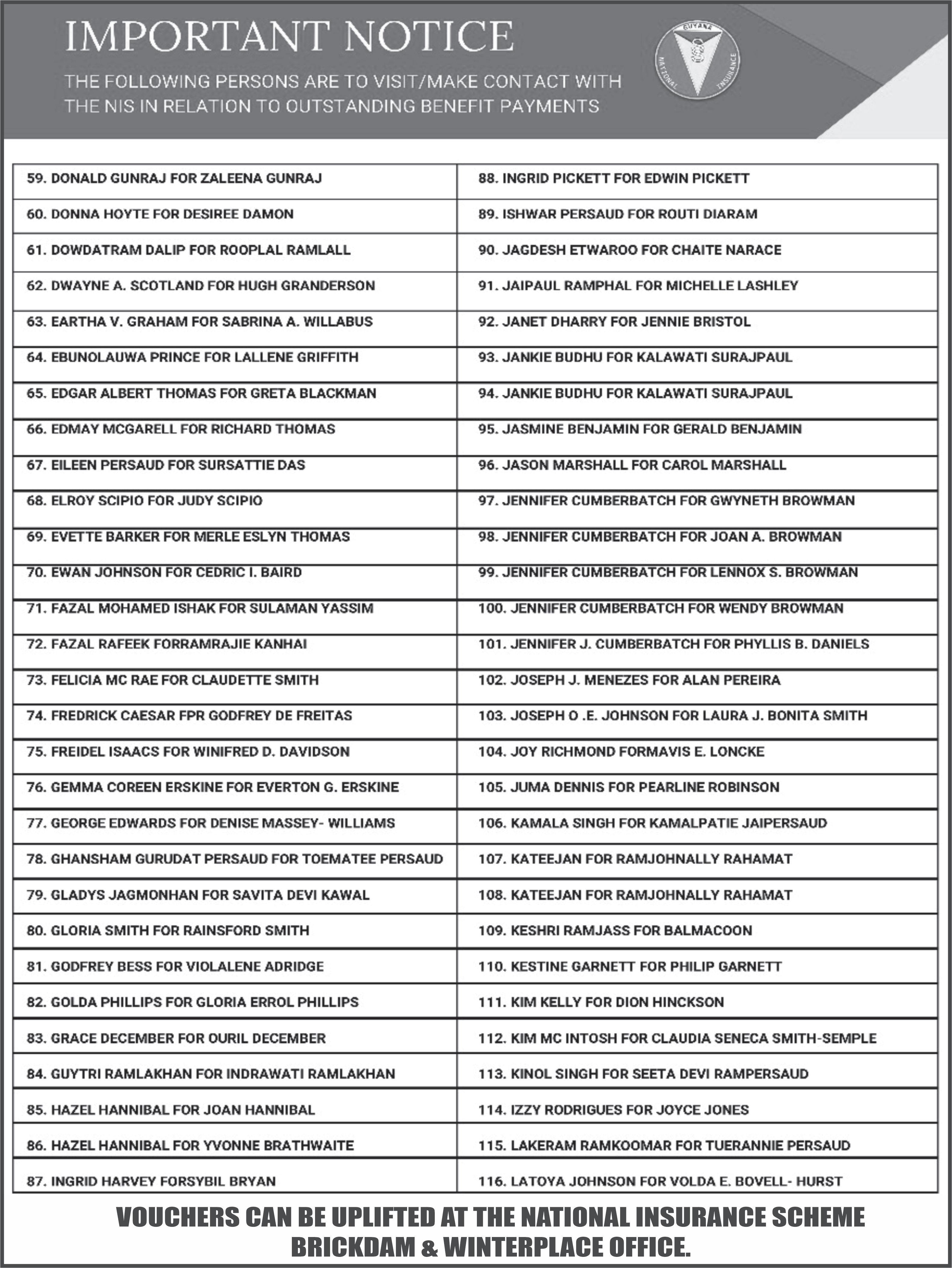


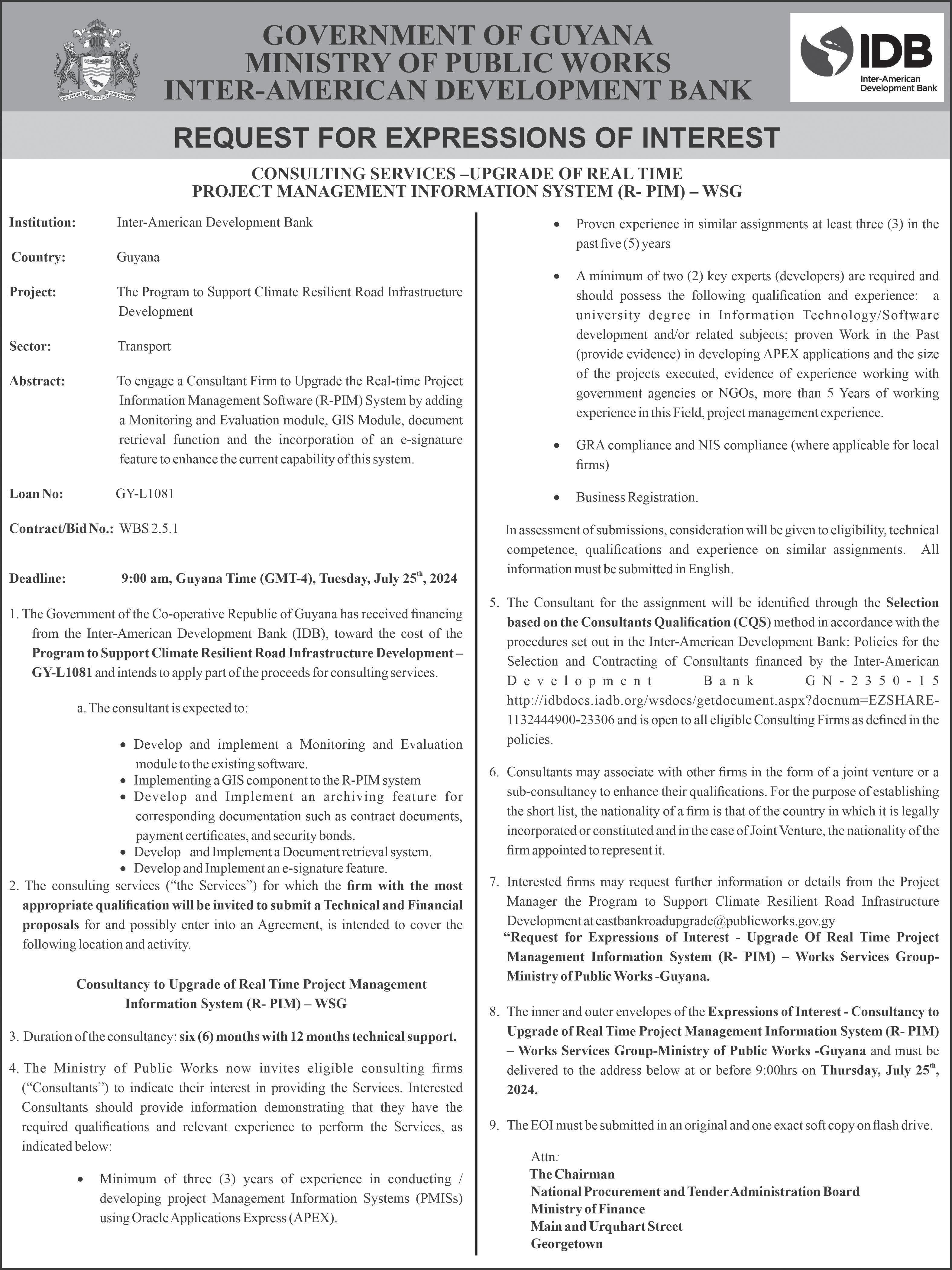
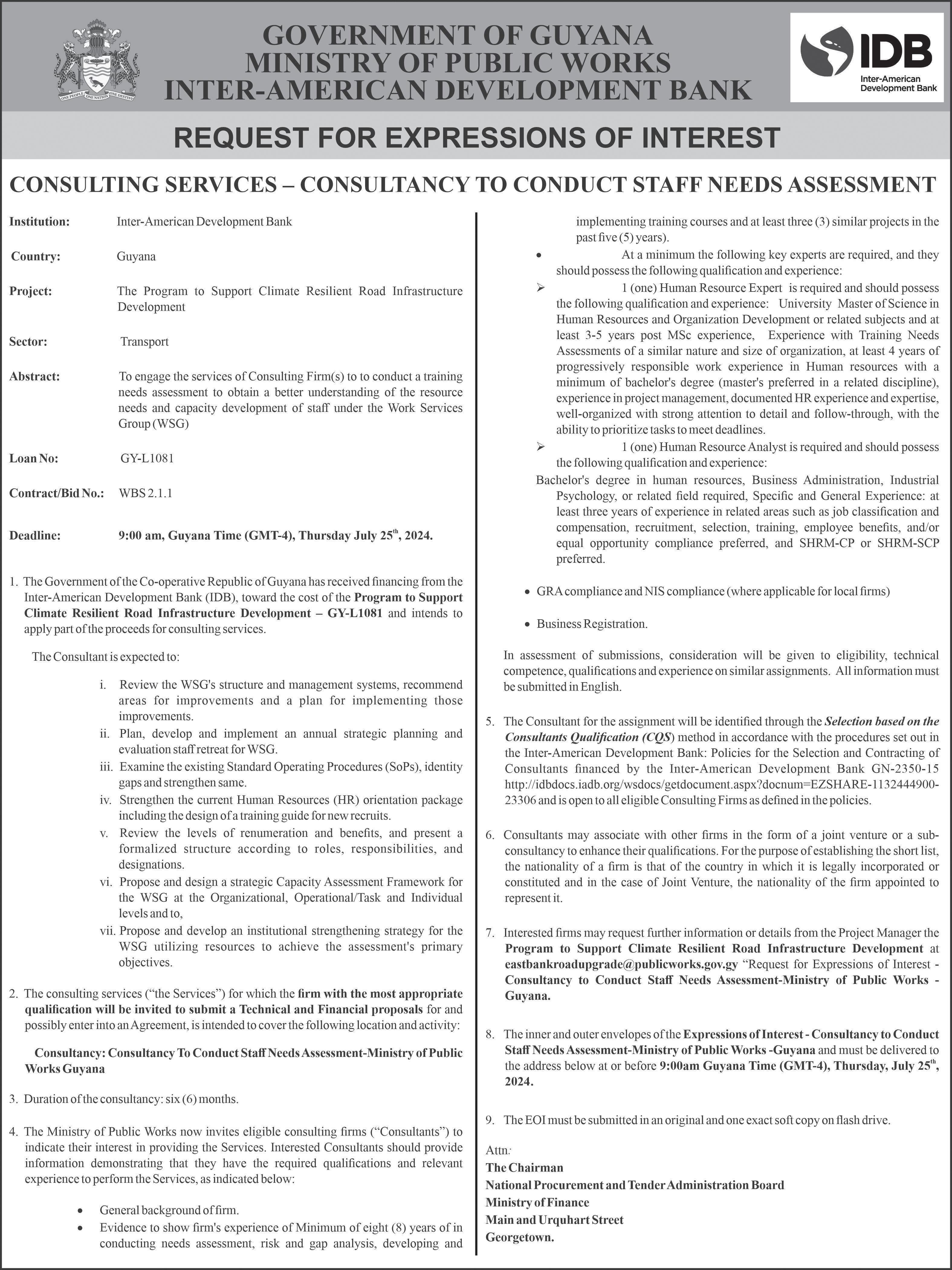

FOR TODAY
Teach us to care and not to care
Teach us to sit still.
T.S. ELIOT (1888-1965)
Wednesday,
1
Ash
Dear Student,
Welcome dear friend. Knowing about text structures makes it easier for you to navigate your text and understand the material better. It also makes it easier for you to organise your own material. Some common text structures are: Chronological, which is text written in sequence or order
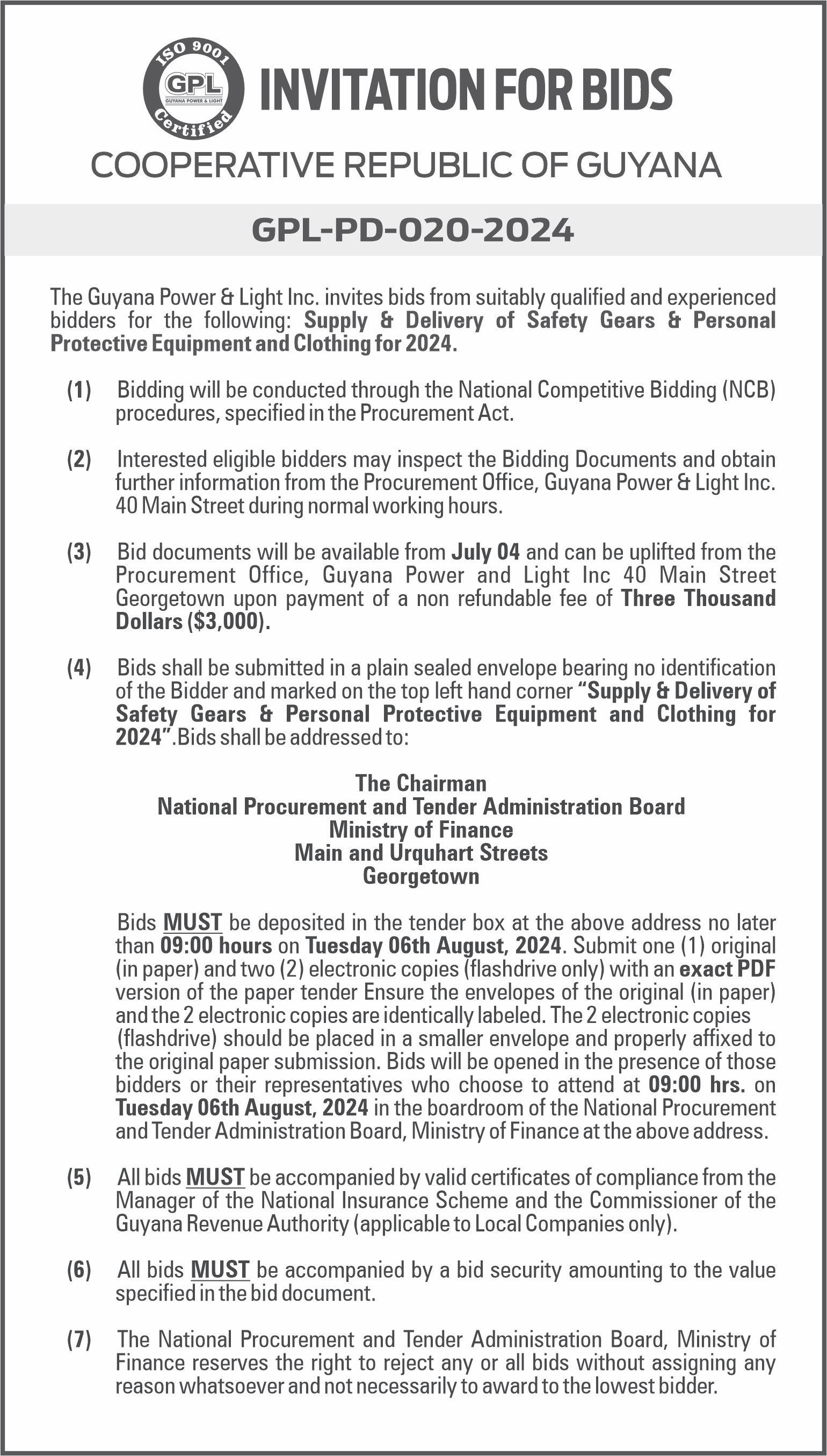
of time. Cause and effect, which is text outlining actions of events with specific results or consequences. Problem/solution, which is text describing a negative situation and the methods to fix the problem. Be wise.
Love you.
GRAMMAR
Verbs agreeing with their subjects
Note: (a) A verb should agree in person and number with its subject. Some situations cause difficulty. We deal with FIVE of those here. Please follow closely.
1. Always use a plural verb with the pronoun ‘you.’
Simon, you are an astounding mathematician!
Boys, you are not going to come in now.
2. Do not be misled by a phrase that follows the subject. Phrases beginning with such expressions as ‘accompanied by, as well as, together with,’ can give problems. Look carefully now.
A long line of teenage parents was waiting. (‘Line’ is the subject; the singular verb “was” is needed.)
Randolph as well as his four cousins, is here. (Randolph is the subject; the singular verb “is” is needed. Perchance the singular verb may sound awkward to you, if so, recast the sentence: Randolph is here, as are his four cousins.)
3. If the subject is ‘all, more, most, part, some; a fraction; or a percent’ and is followed by an “of” phrase, use a verb that agrees with the subject in that phrase. (See exceptions here.)
More of this issue needs explaining. More of her friends have left her.
All of it is yours. All of these are his.
Most of this day has been sunny. Most of these days have been sunny.
Part of this carcass is missing. Part of these parents are going.
Some of the pie has been eaten. Some of the pies have been eaten.
Four fifths of our effort was wasted. Four fifths of the parents were men.
Five per cent of the farm is shrub. Five per cent of the farms are large.
4. Do not be misled by an introductory ‘there.’ It is not the subject. There are no flowers. (Flowers, the plural subject, needs the plural verb ‘are.’)
5. If a predicate nominative differs in number from the subject, make the verb agree with subject, not the predicate nominative. (Noun in the predicate of the sentence.)
My favourite gift is cards.
Cards are my favourite gift.
Something to Do
Choose the correct verb for each sentence. Explain why you choose each verb.
1. Twenty per cent of the small farmers (own, owns) two tractors.
2. David, as well as his brothers, (has, have) an album of famous athletes.
3. One of the tenants (has, have) been rewarded for keeping her apartment in splendid condition.
4. There (is, are) never too many conscientious workers around.
5. Each of the men (was, were) presented with a sturdy suitcase.
6. John, not his brothers, (work, works) after classes.
7. Some of the people (contribute, contributes) toward the building fund.
8. Three eights of their property (were, was) overgrown with weed.
THE PASSAGE Comprehension of advertisement
Read the following extract carefully, and then answer the questions on what is stated or implied. The tours we offer are unique and very much off the beaten track. We take you into the country to experience the historical, cultural and breathtaking scenic highlights of the island. Our rich heritage in farming over the centuries has produced grand plantation mansions surrounded by picturesque little copses with stately royal palms swaying majestically in the easterly trade winds. The neat sugar cane fields sweep down the rolling hills toward the wild east coast where miles of untouched beaches are graced with the backdrop of rugged cliffs and the giant breakers of the Atlantic crashing ashore.
At Highland Outdoor Tours the choice is yours –whether you’re the adventurous type or prefer a more laid-back tour just give us a call and let us advise you.
1. The article was most likely extracted from (A) a newspaper (C) a geography text (B) a tourist brochure (D) a naturalist magazine
2. Which of the following is nearest in meaning to “off the beaten track”?
(A) along routes not regularly traversed (C) into the wilderness (B) through dense vegetation (D) on unpaved trails
3. The advertisement promises all the following except (A) great surfing (C) sedate enjoyment (B) outdoor adventure (D) expert advice
4. The word “sweep” in the context of the advertisement suggests (A) completely cover (C) lend a tidy effect (B) neatly adorn (D) tumble headlong
5. The advertisement seeks to persuade the reader mainly through the use of (A) exaggeration (C) detail (B) imagery (D) suspense
6. “Crashing” is an example of (A) metaphor (C) hyperbole (B) personification (D) onomatopoeia
7. The advertisement ends on a note of (A) appeal (C) encouragement (B) assurance (D) command

AS our life span increases, the exposure of aged individuals to routine dental care will no doubt increase. This is of considerable importance as people over the age of fifty not only have a large portion of serious incapacitating diseases but also appear less able to tolerate stresses and trauma inflicted on them.
If anyone were to ask me what it is that I fear most about dentistry, my answer would be to have a patient die in my chair. For many years, dentists have been taught to dread that occurrence or even to have a serious medical emergency during dental treatment. Notwithstanding, ten percent of all non-accidental deaths in the general population are sudden, unexpected, and frequently occur in a rather young age group.
Although not always appreciated as such, dentistry involves physiologic (physical) stress for many patients. For instance, it has been demonstrated that as many as forty percent of patients subjected to local anaesthesia and multiple dental extractions will have cardiac arrhythmias (irregular heartbeats).
Obviously, most individuals tolerate such insults very well. However, this is not always so, and it poses a particularly serious problem in patients with certain recognis ed diseases, the aged, and in people taking certain types of medication.
Some form of cardiovascular (heart and blood vessels) disease is found in a very large segment of the population, with an increasing incidence in older patients. In fact, various types of cardiovascular disorders represent the leading cause of death, thus making it by far the most important health problem in Guyana, apart from AIDS.
But how is all this related to an ordinary visit to the dentist? This is how. Dental patients are frequently required to receive local anaesthetic before most regular dental procedures. Every unit of local anaesthetic contains a substance whose purpose is to ensure that the principal drug remains as long as possible in the site where the anaesthetic was injected. If this does not happen, the numb effect lasts only a few minutes.
This substance called a vasoconstrictor, can also elevate the patient’s blood pressure. The sudden elevation of blood pressure can result in a stroke. The second highest cause of death by vascular (vessel) diseases is stroke. Ischemic heart disease, which includes myocardial infarction and angina pectoris, is simply a condition in which the heart does not get sufficient blood to circulate between the cells and its muscular walls, and so immense pain results.
Although unanticipated myocardial infarction, collapse, and death are always a potential occurrence, the practicalities of day-to-day practice indicate that certain types of patients are susceptible to the stress of dental treatment.
These include individuals with congestive heart failure, angina pectoris, and recent myocardial infarction. All these conditions come under the heading of ischemic heart disease, the main cause of death from vascular disease.
Some major factors which make a patient a prospective candidate for death in the dental chair are physical inactivity (“white collar workers”), obesity (excessive body fat), stress or aggression, and inveterate smoking. These facilitate heart disease.
Patients who know they suffer from cardiovascular disease, which includes high blood pressure, or are on medication for any illness, should inform their dentist before beginning treatment. Their life may literally depend on it.

